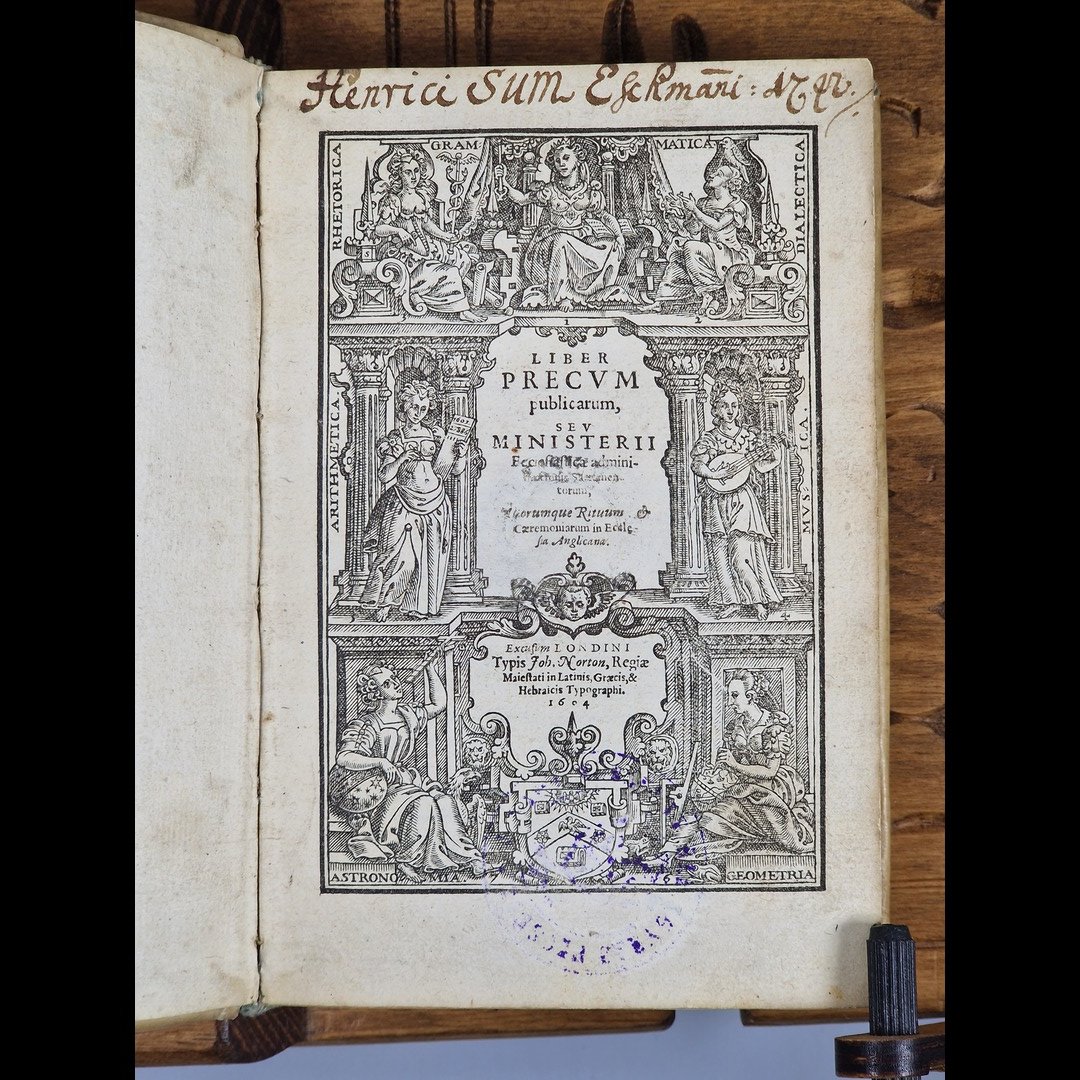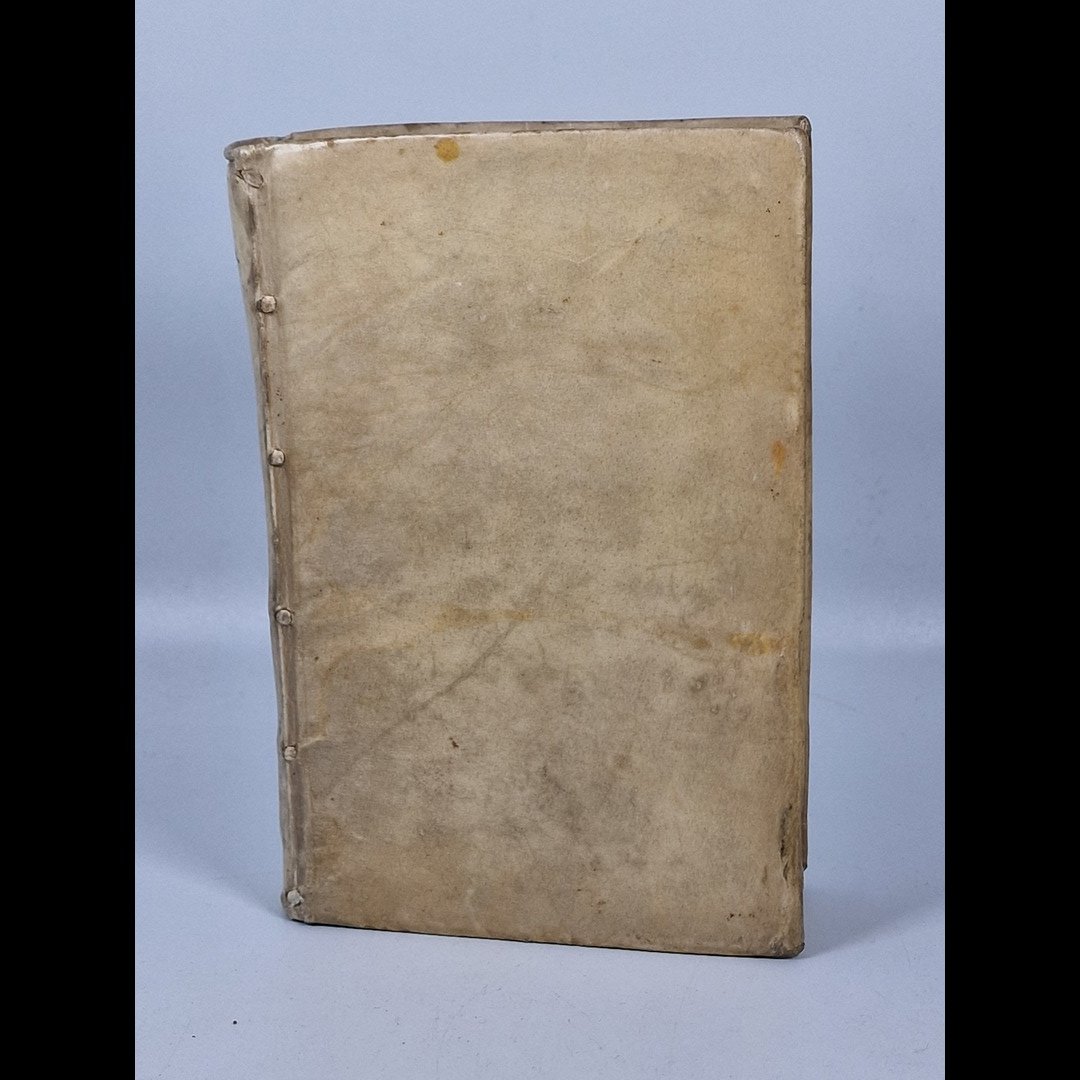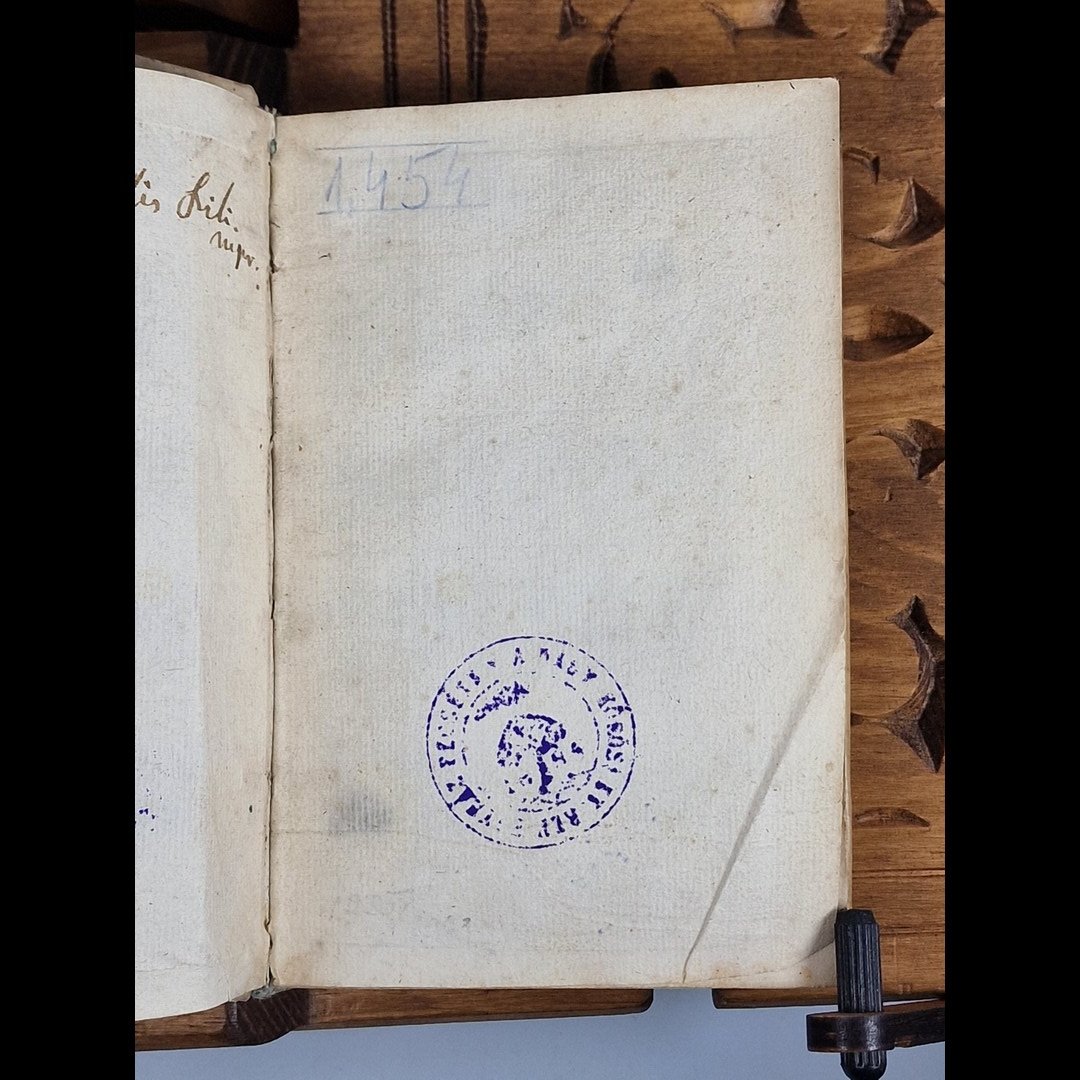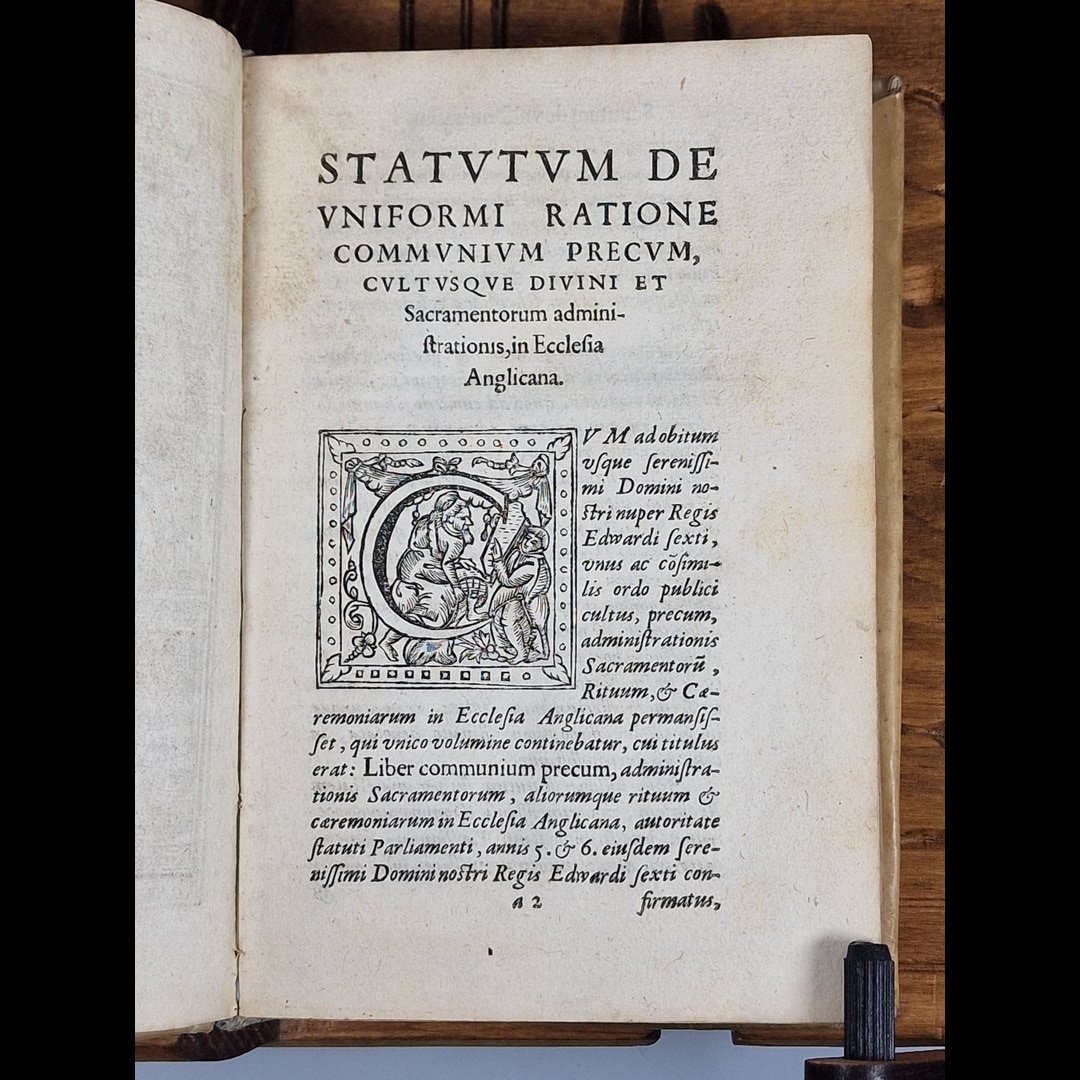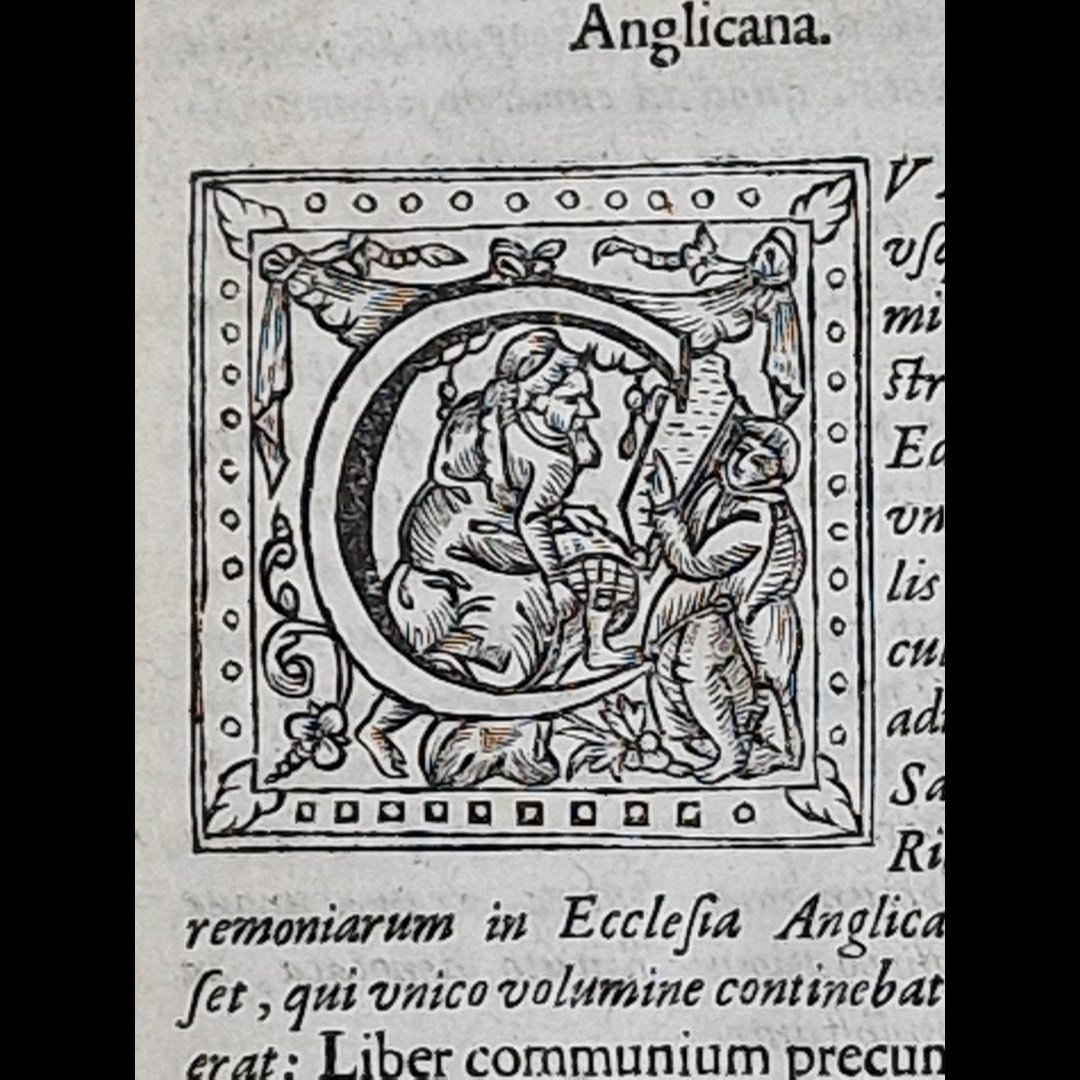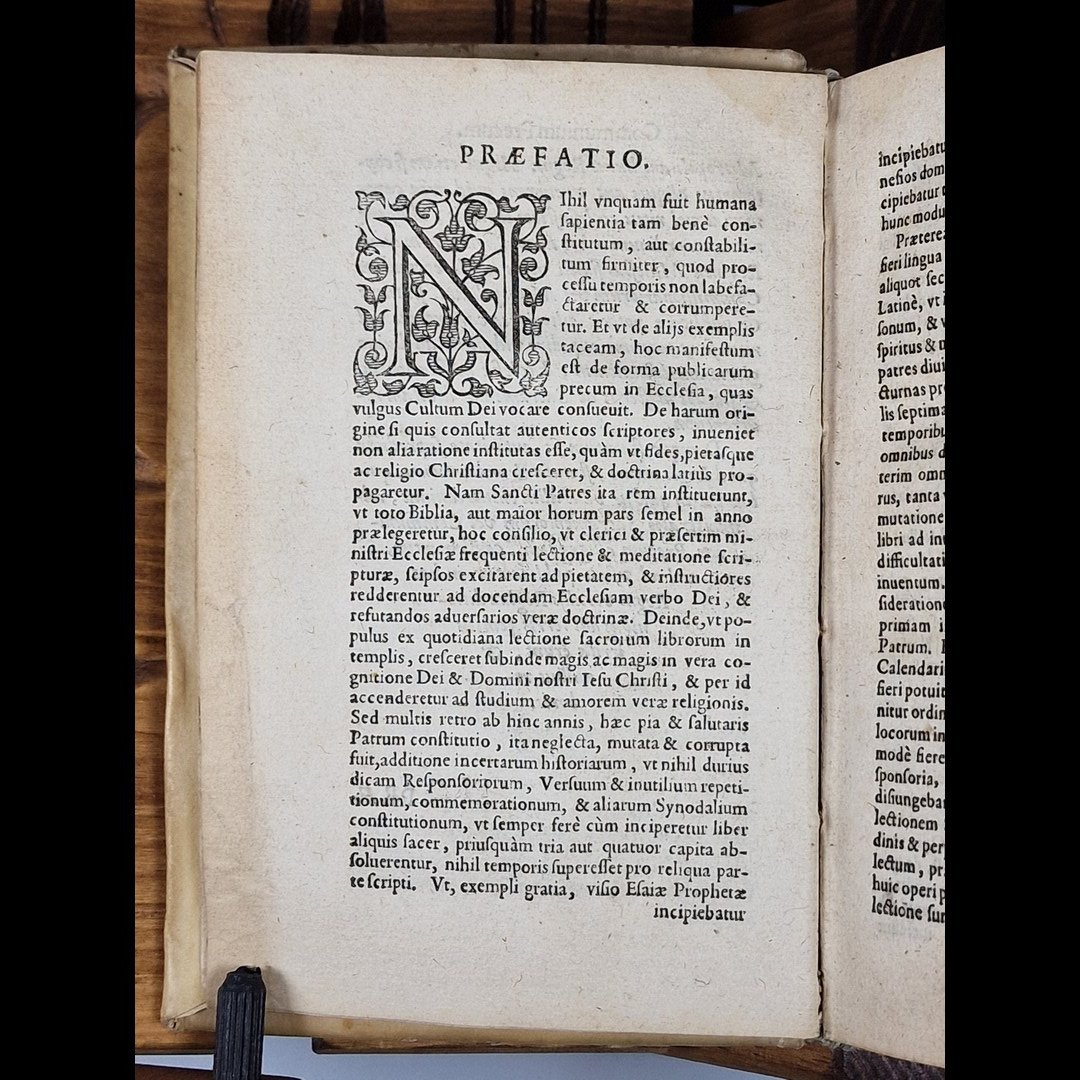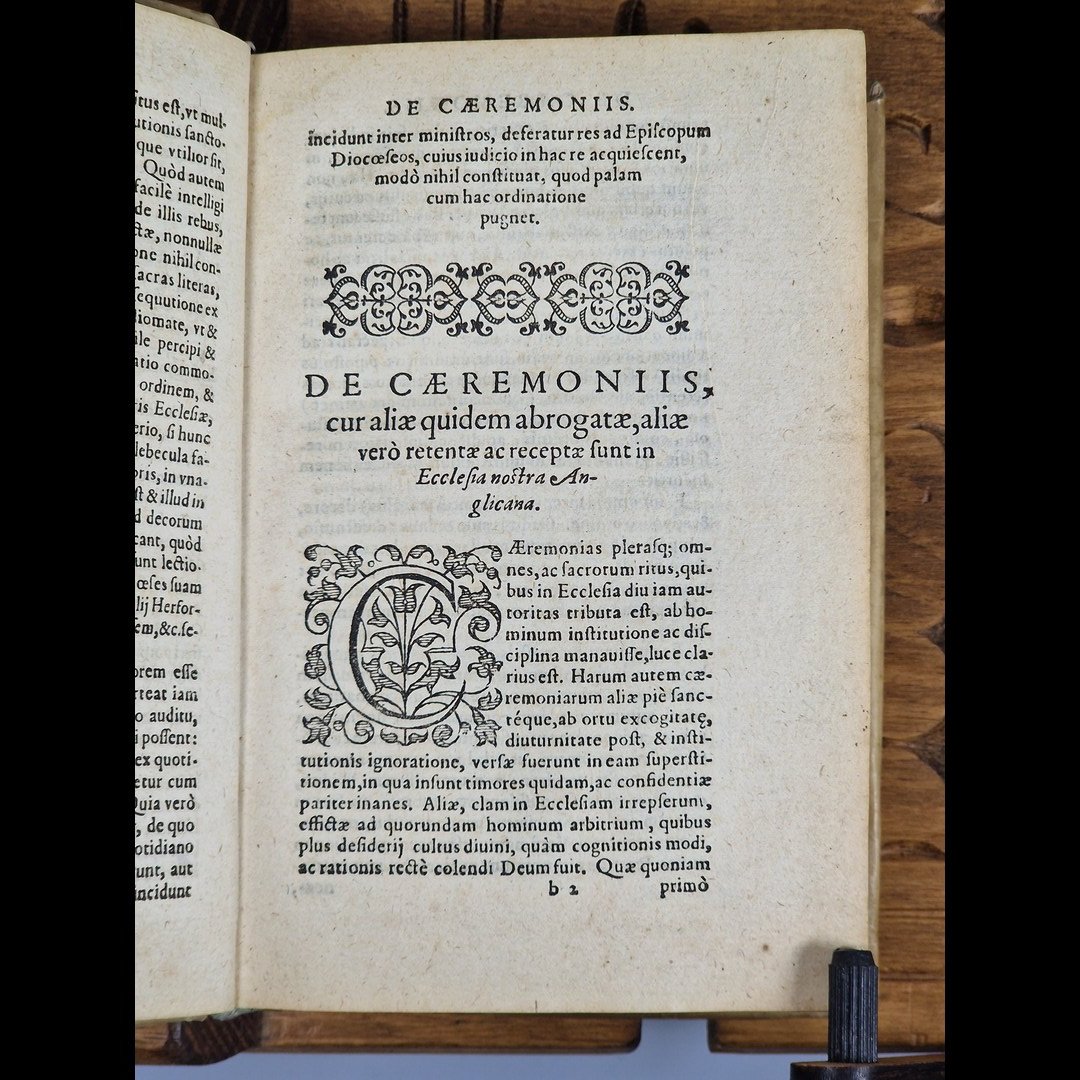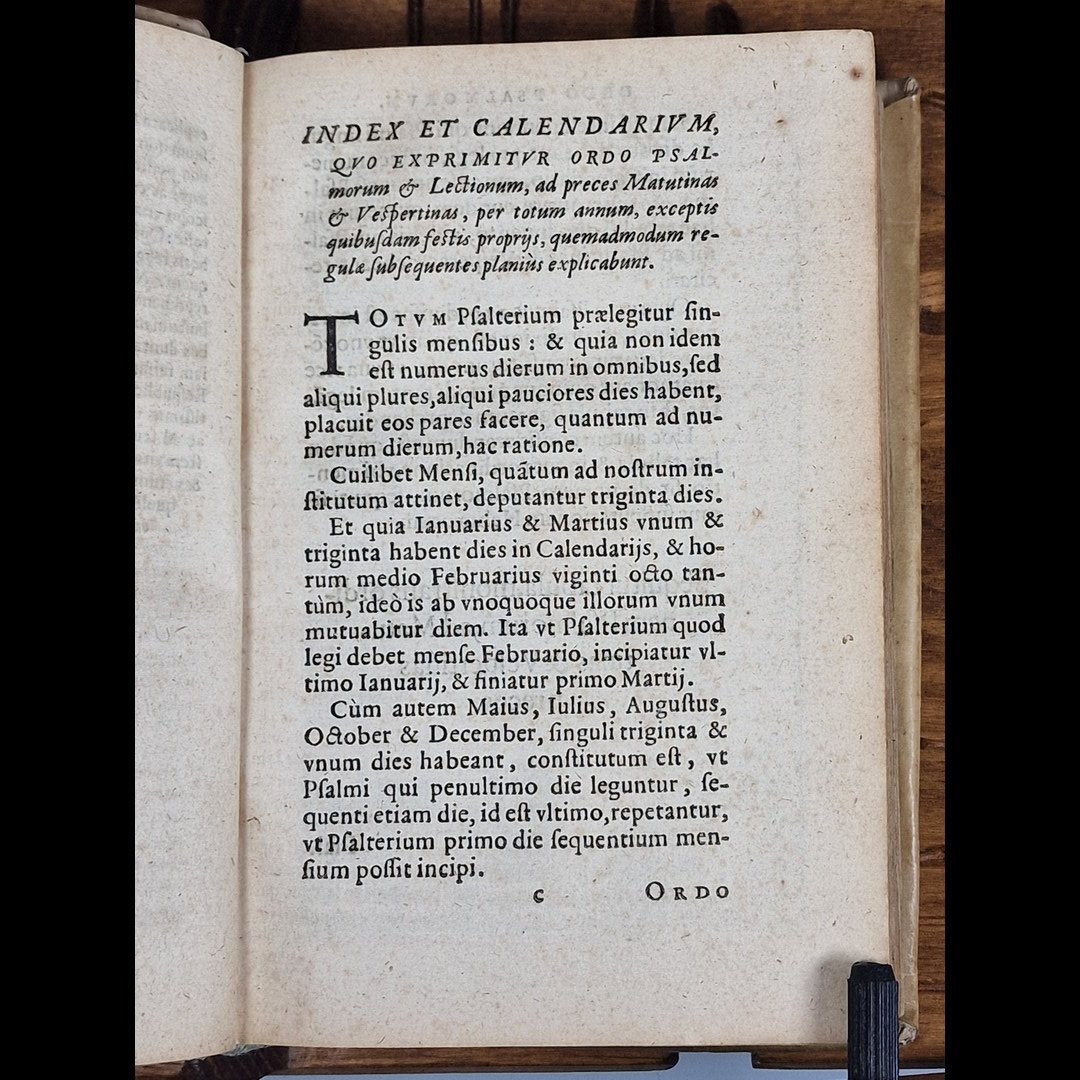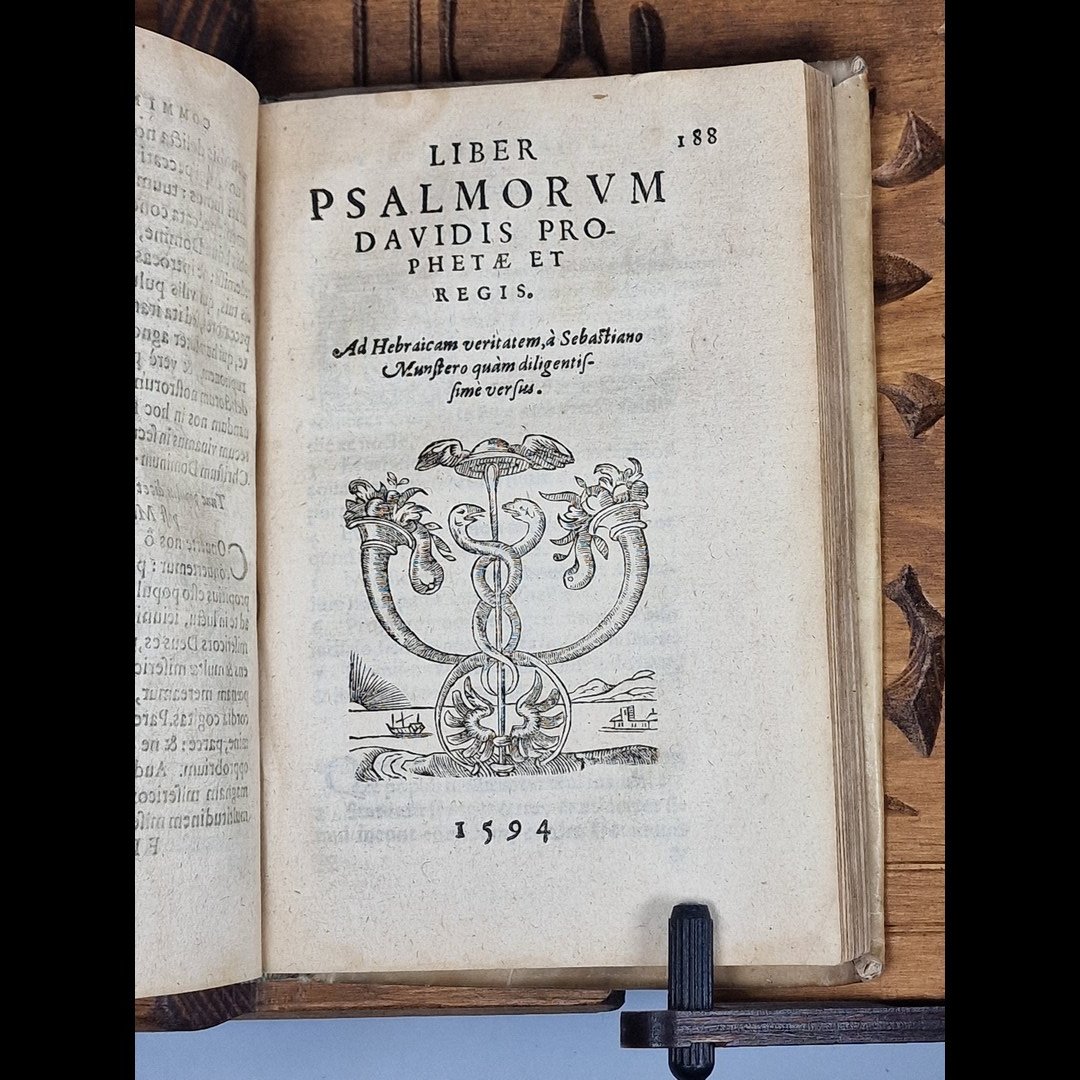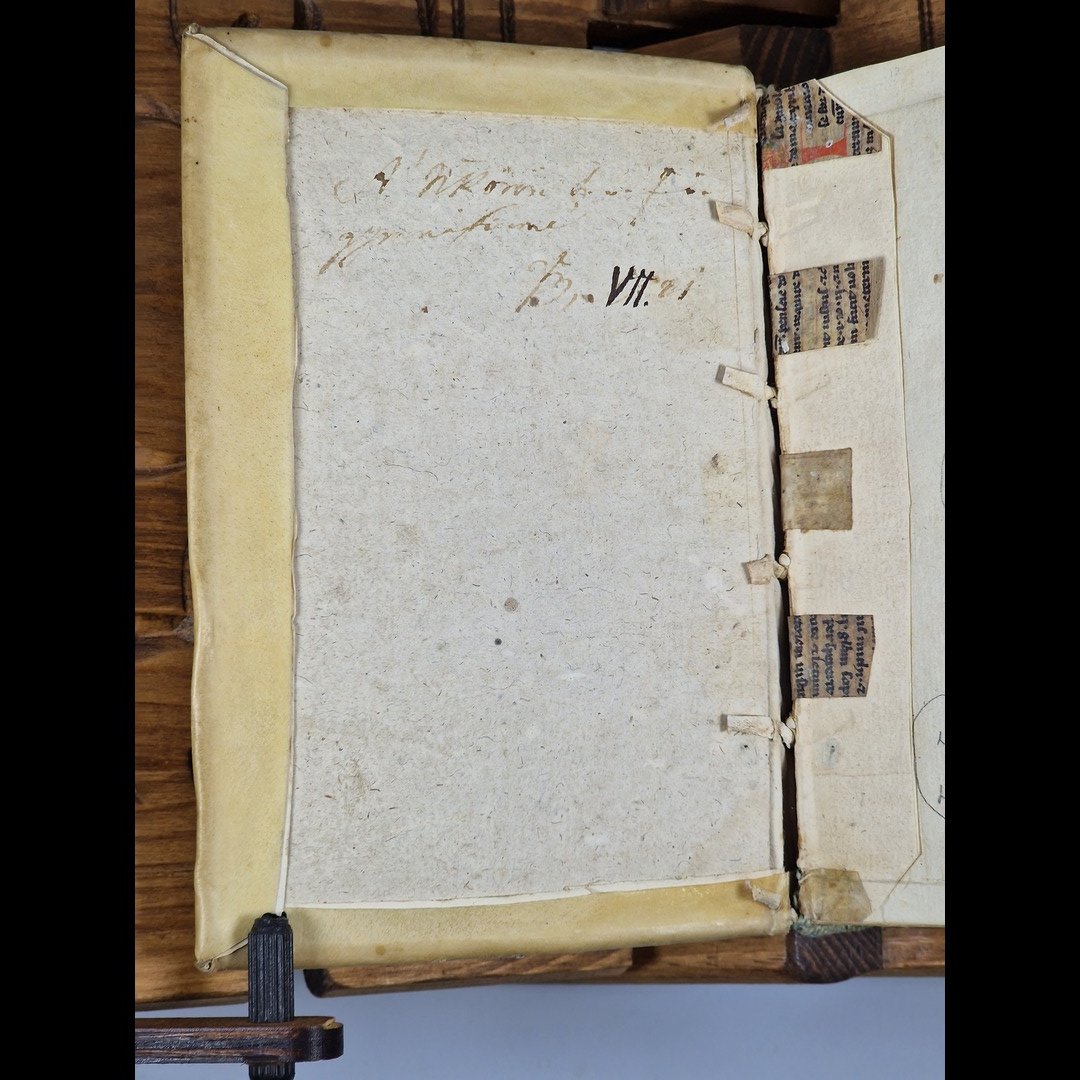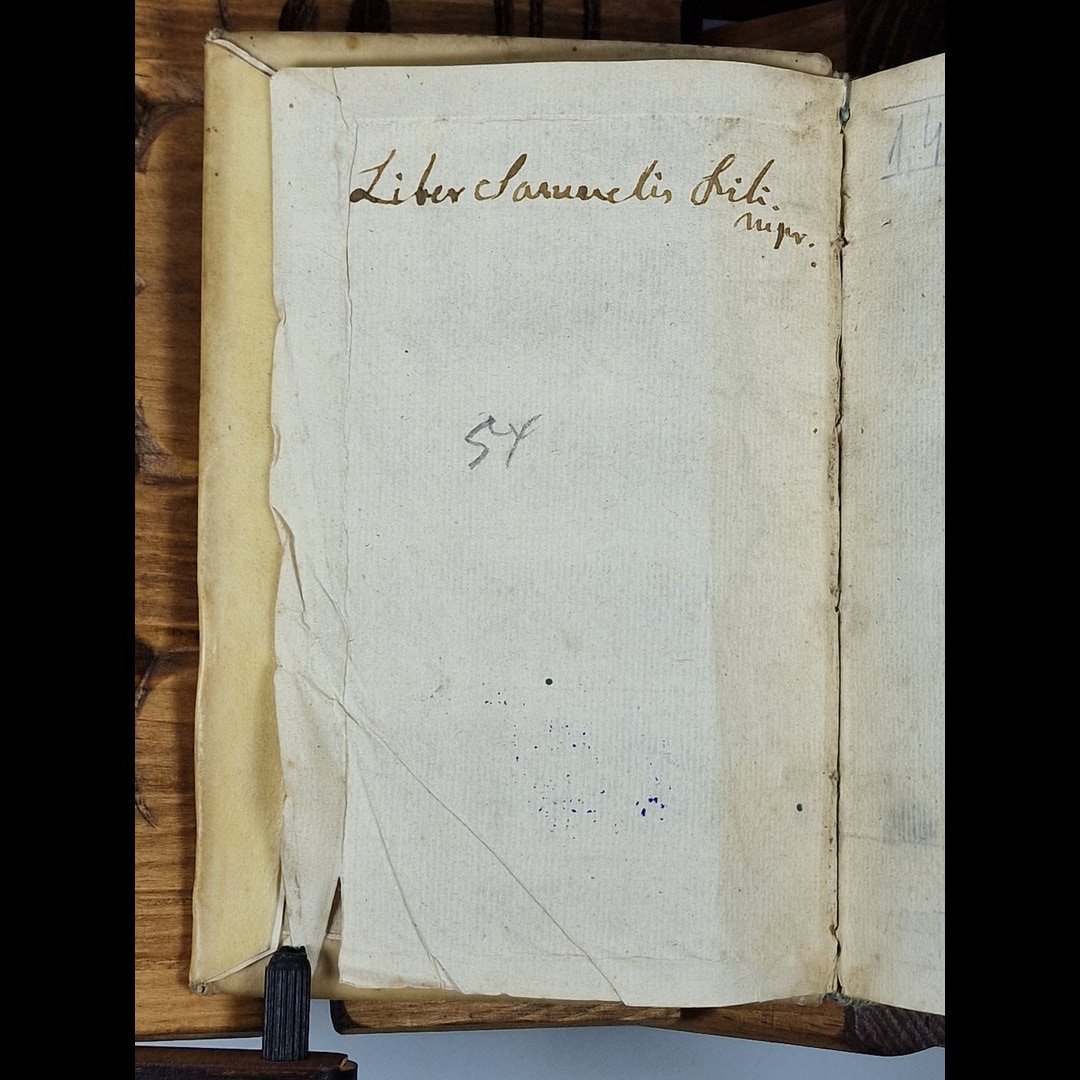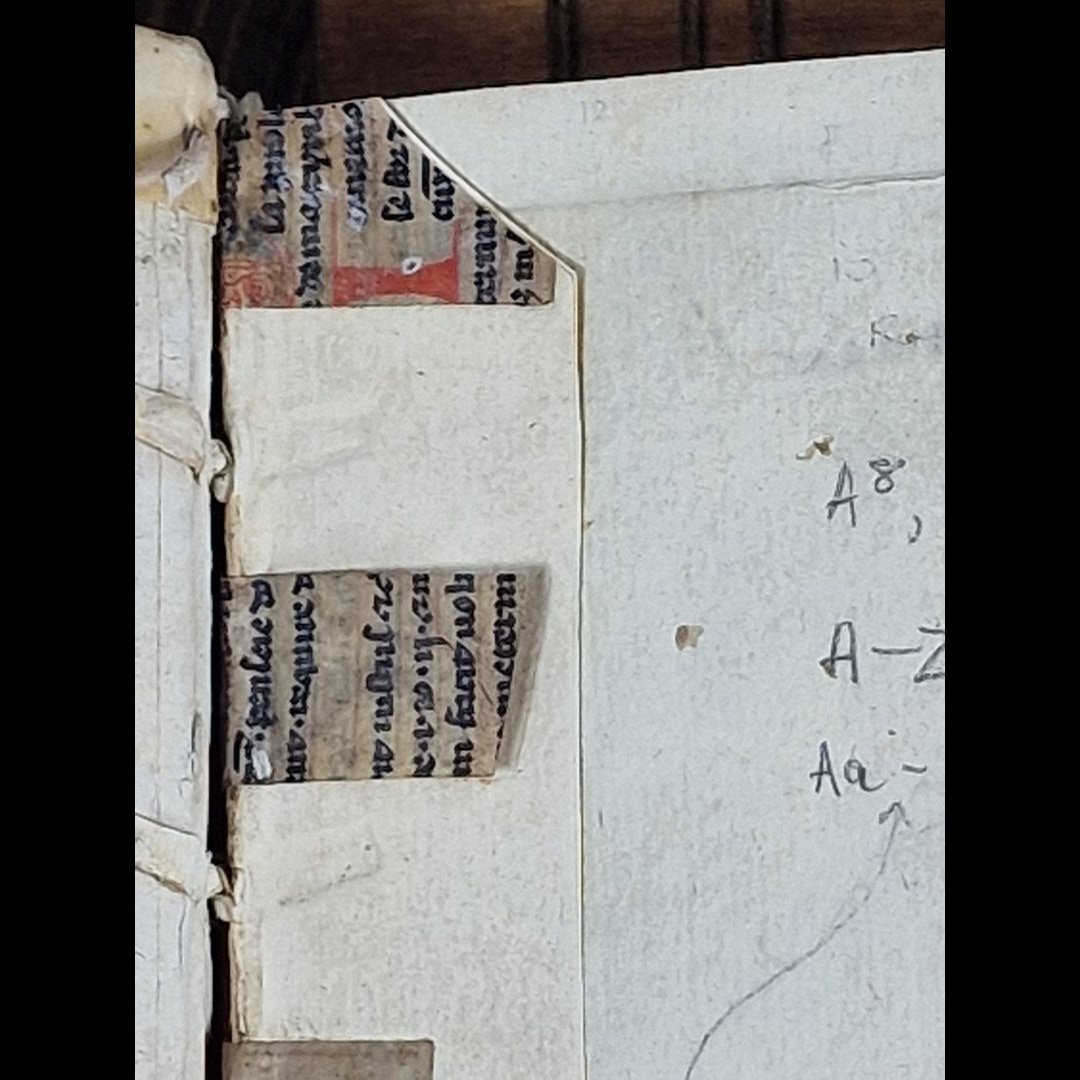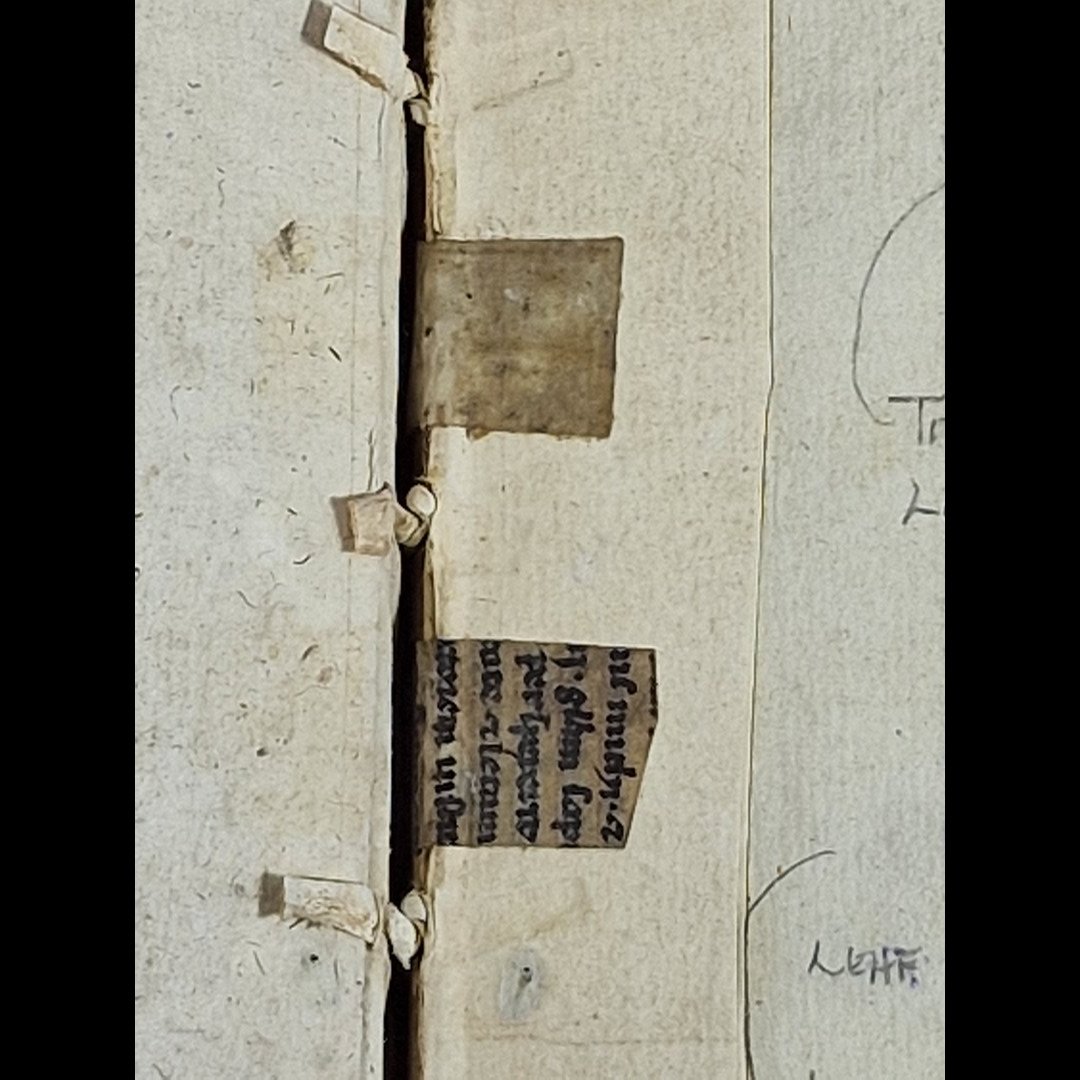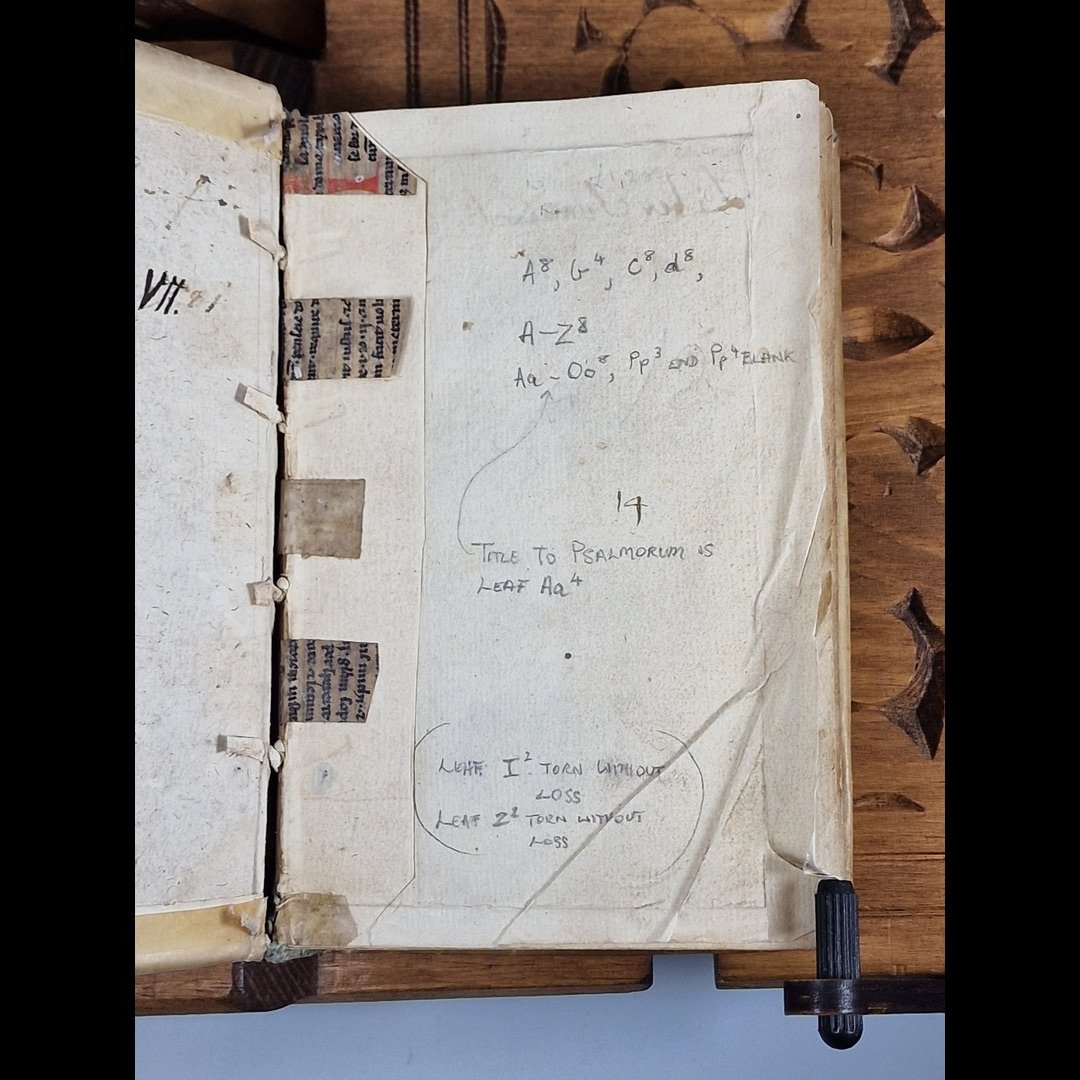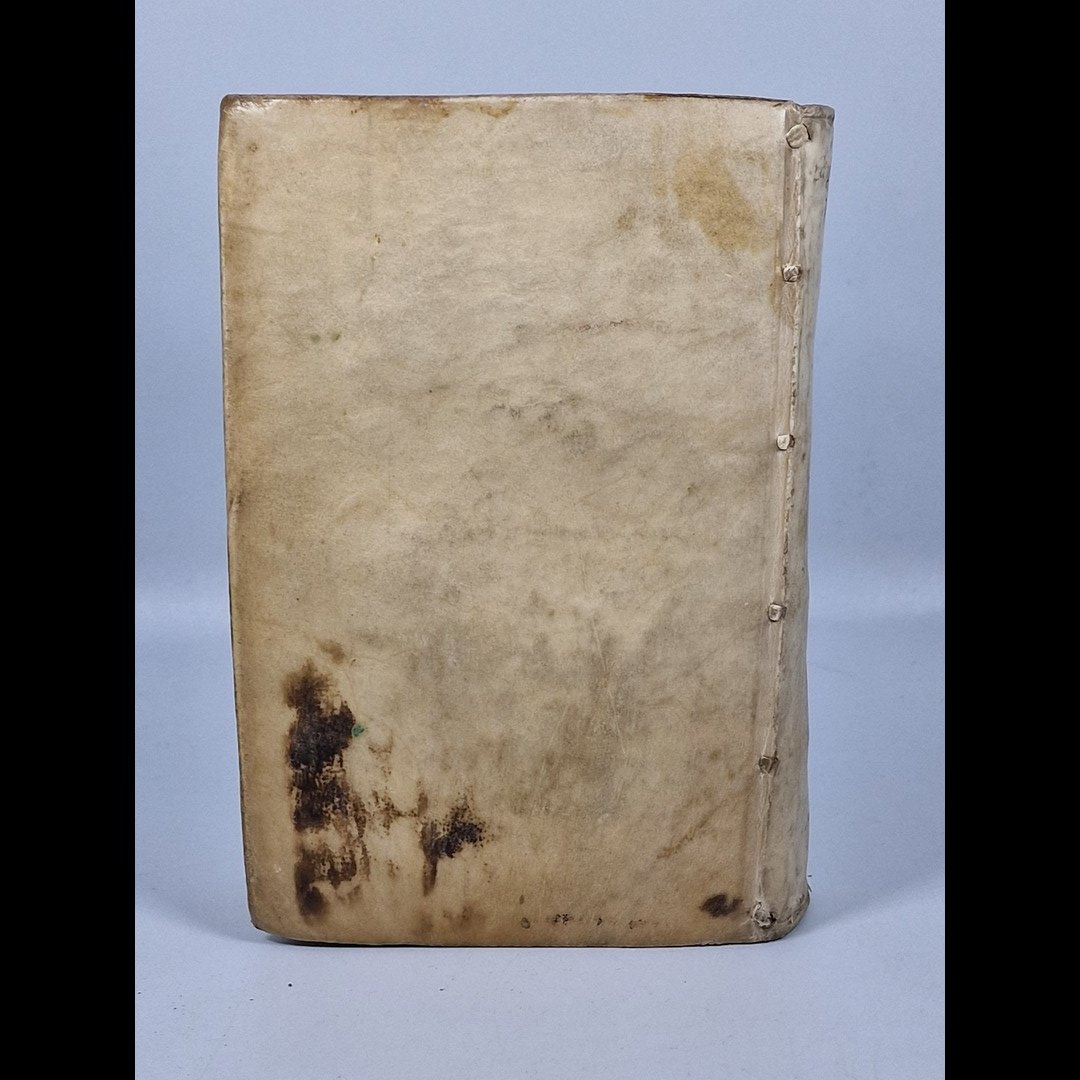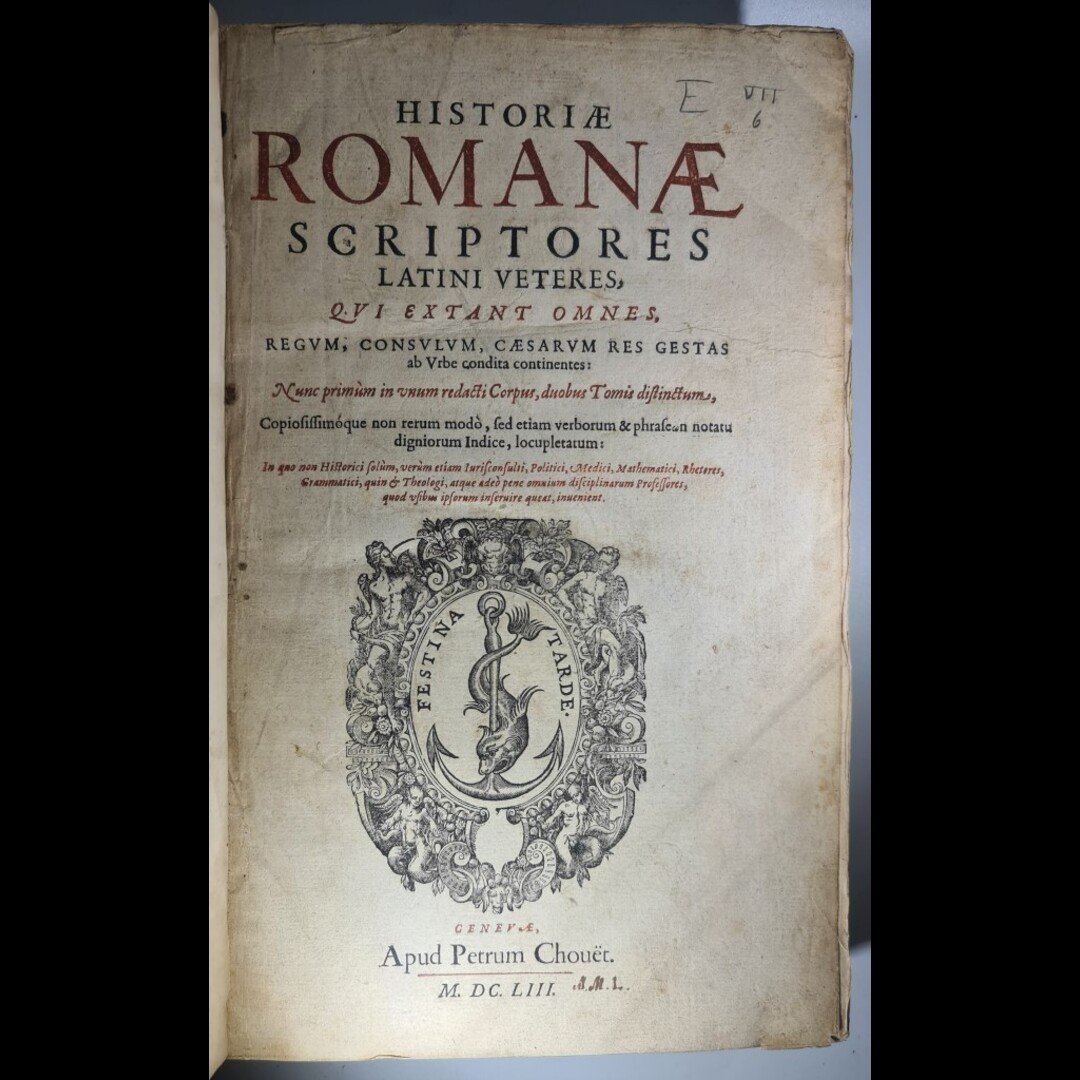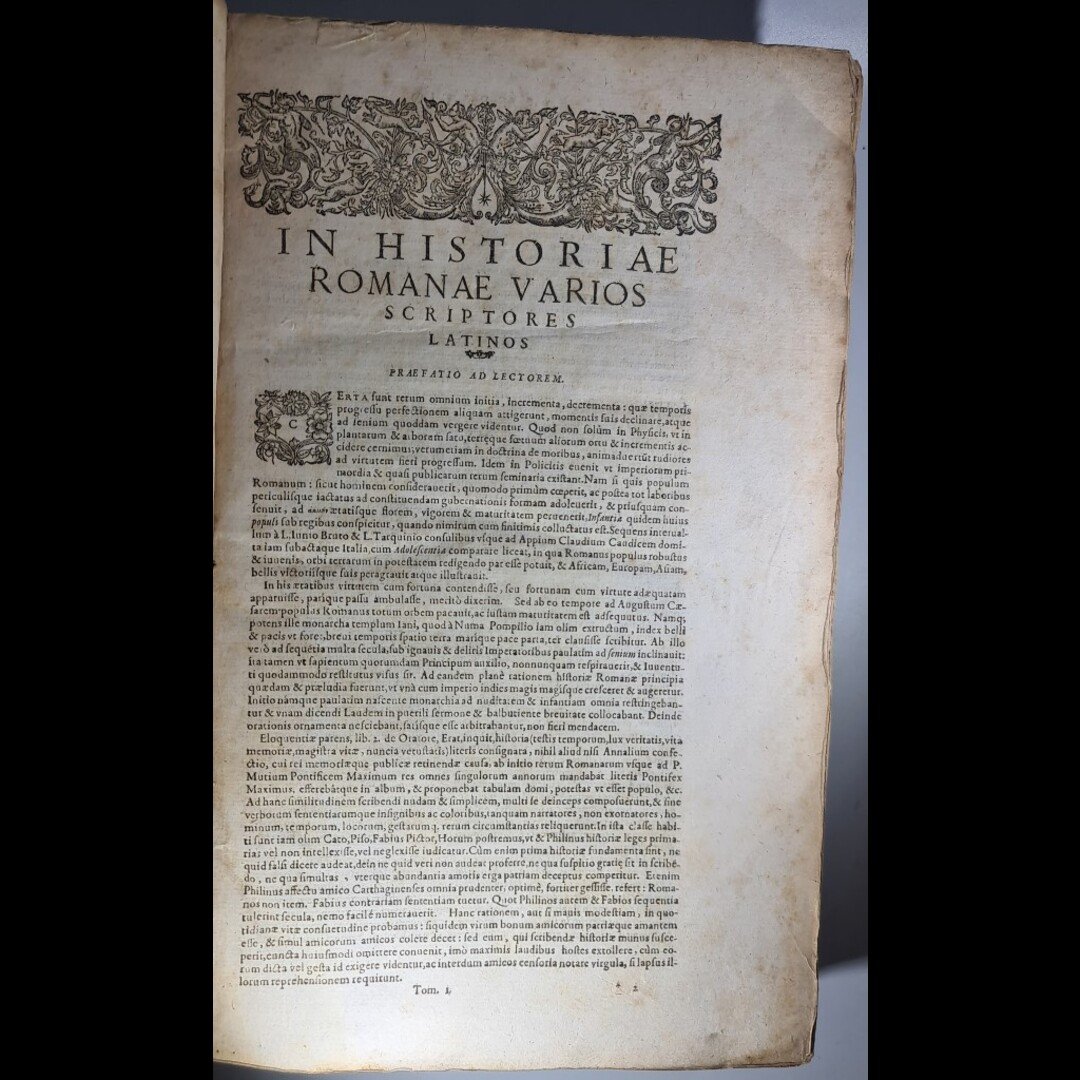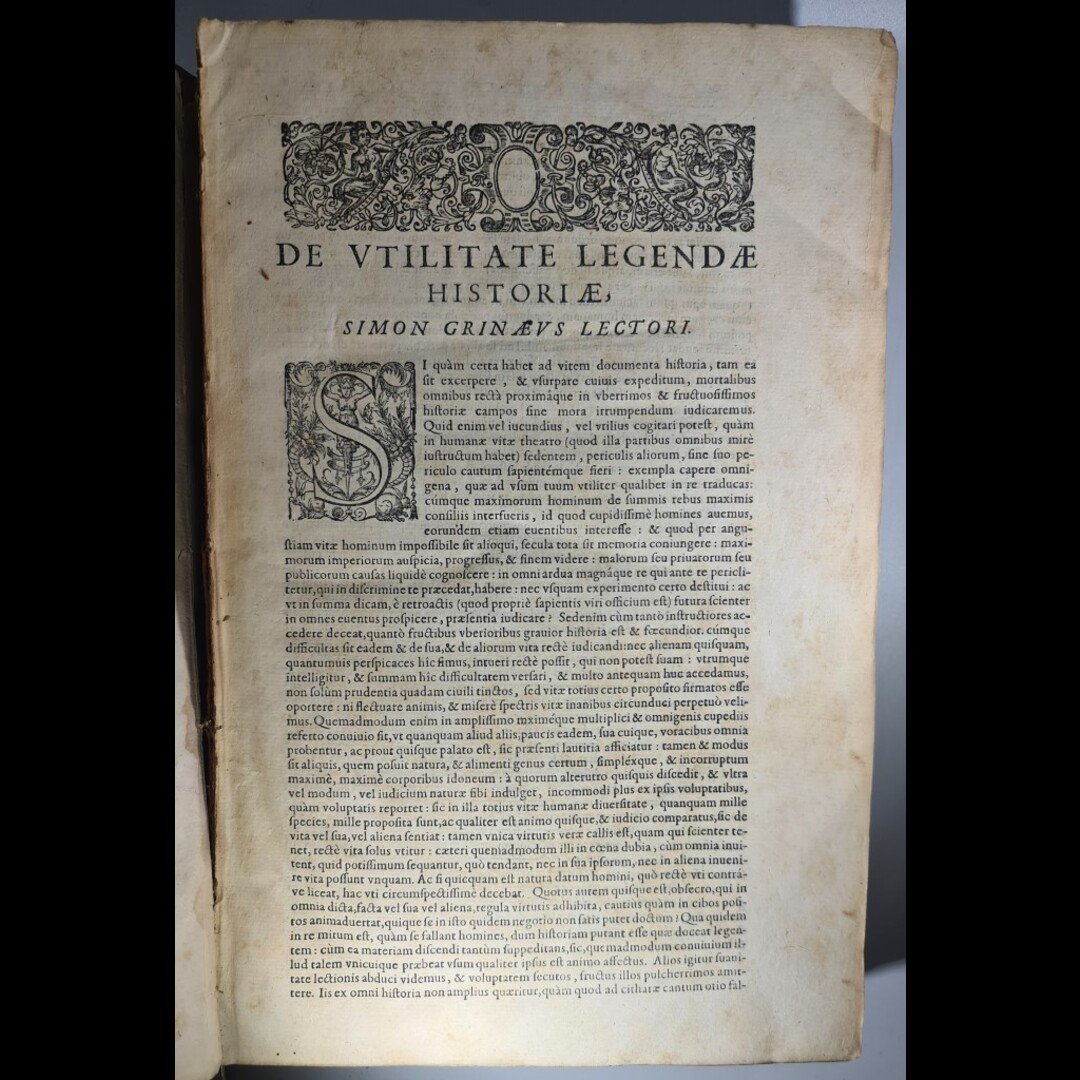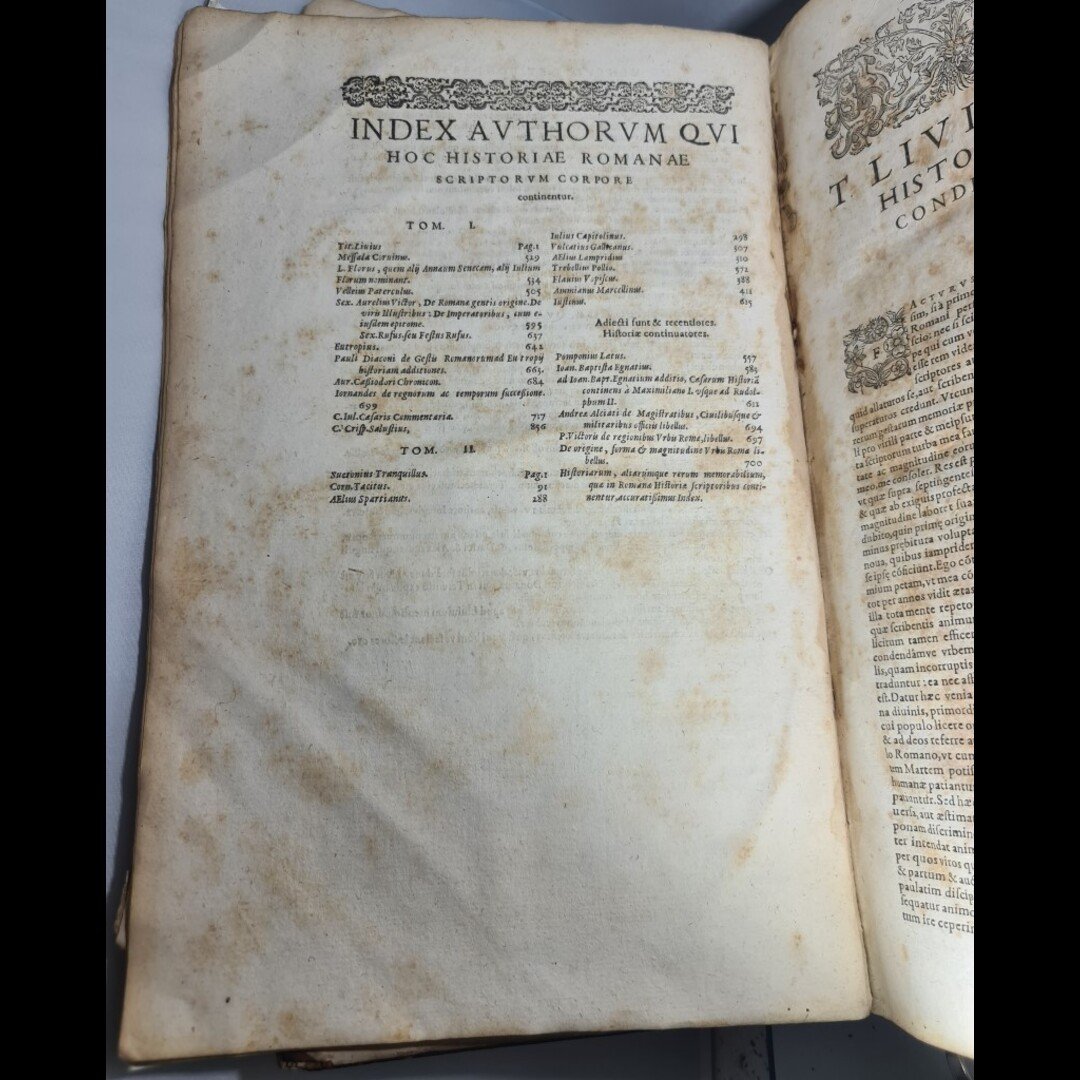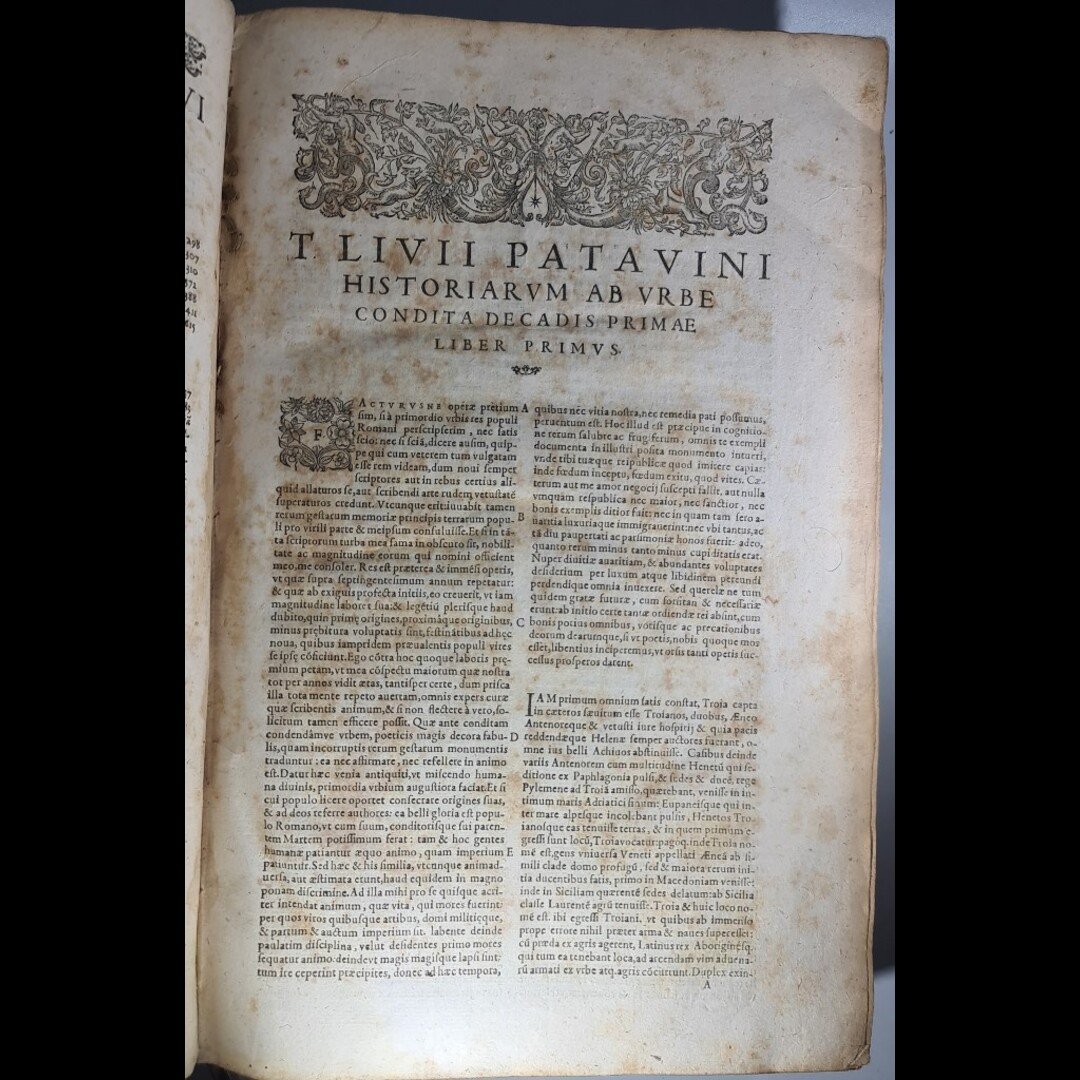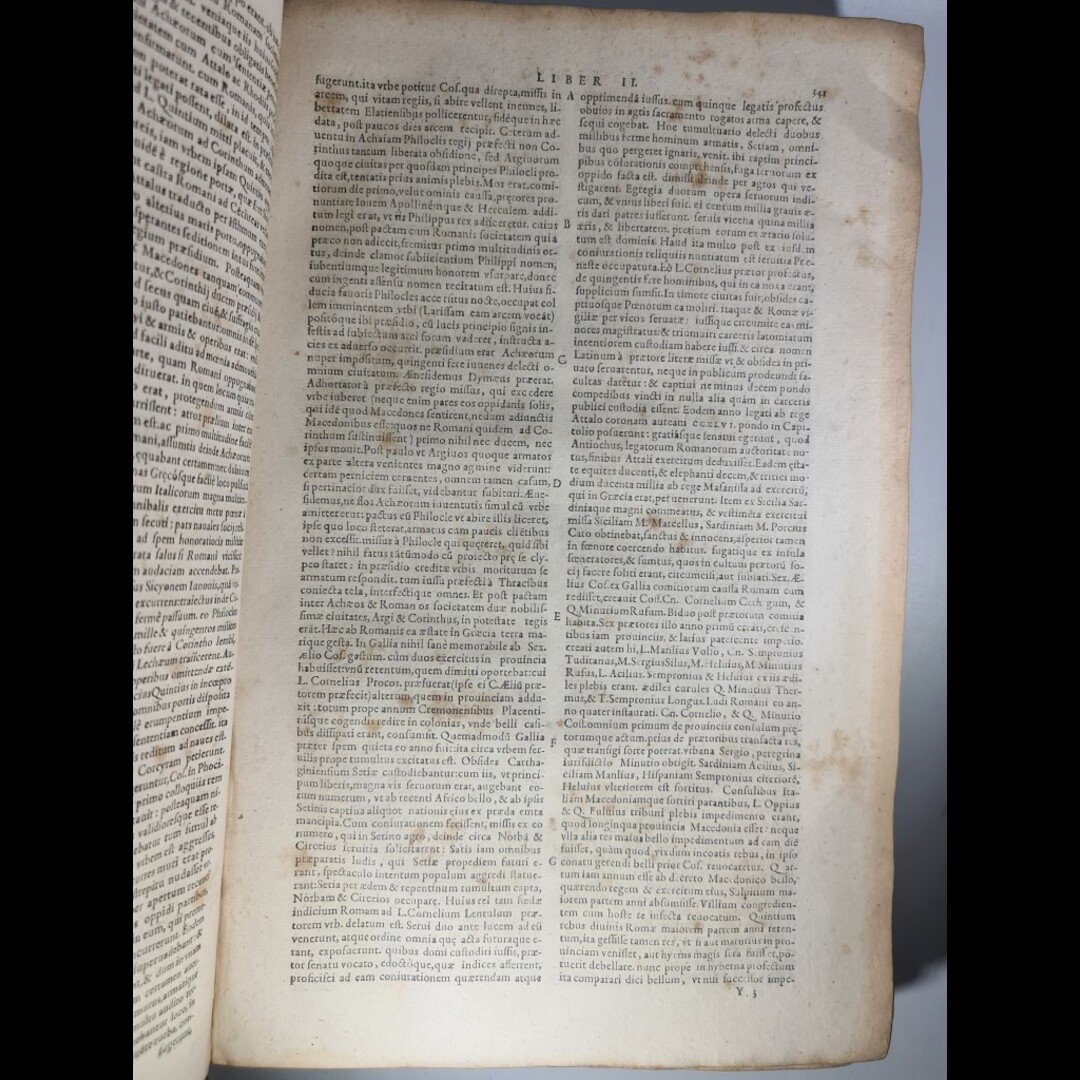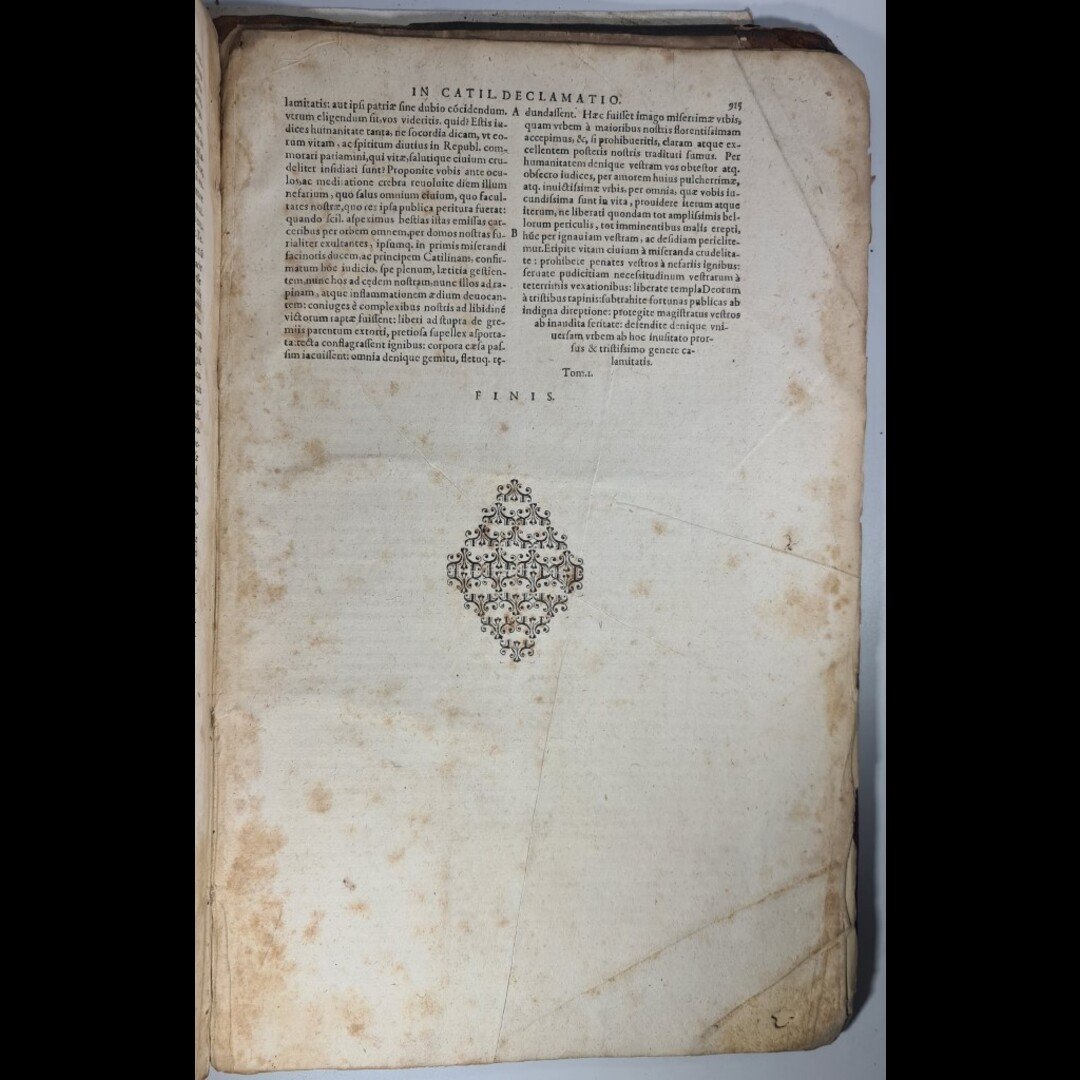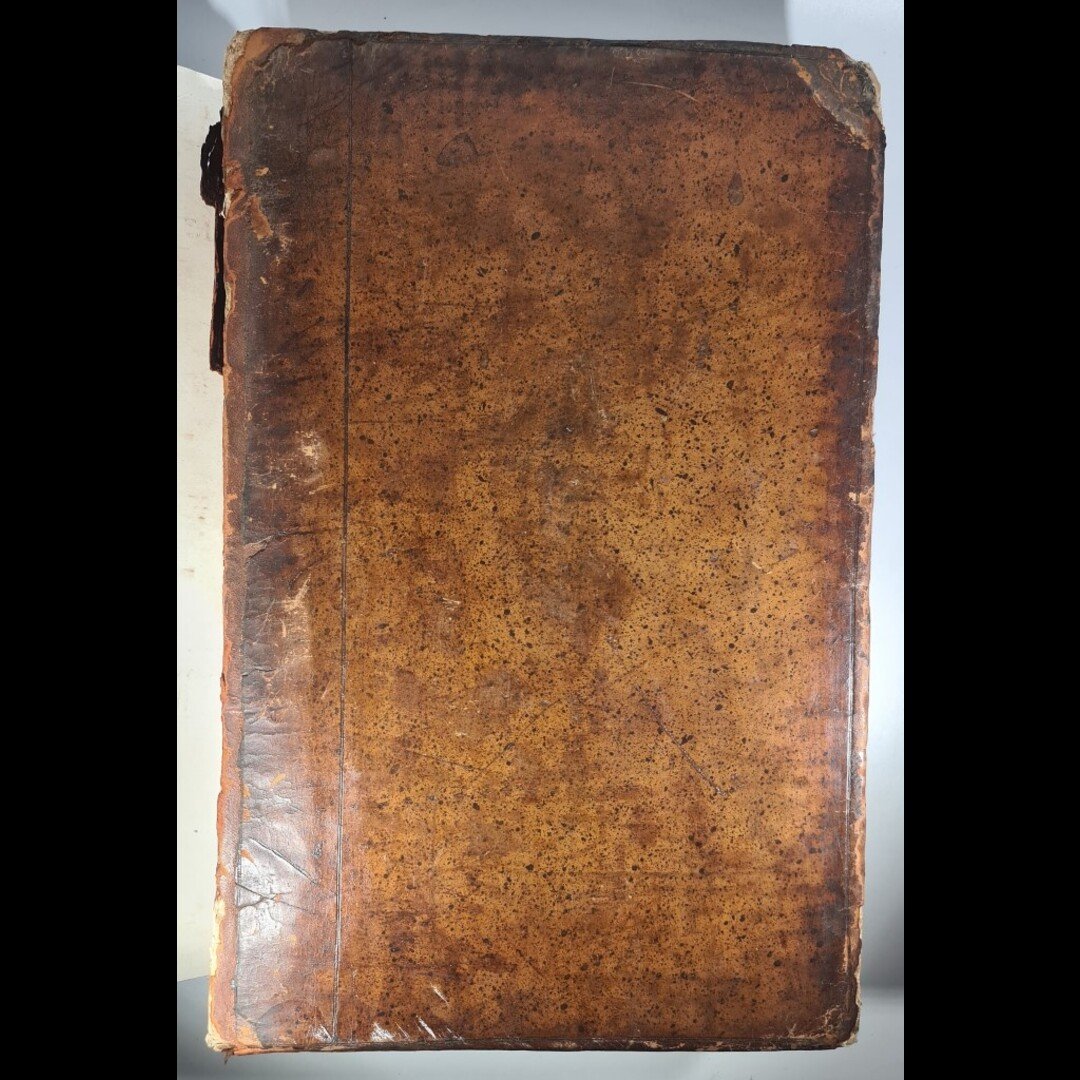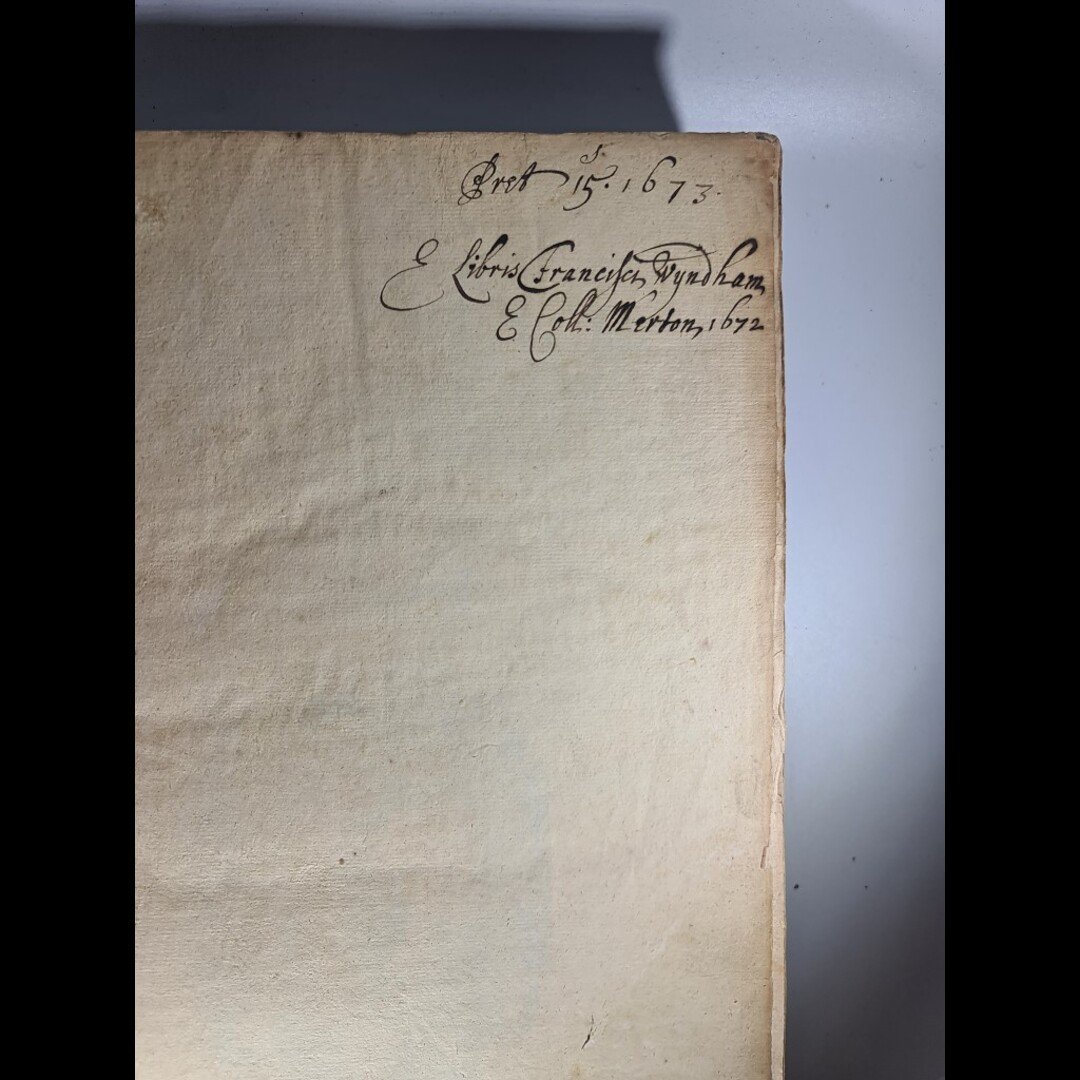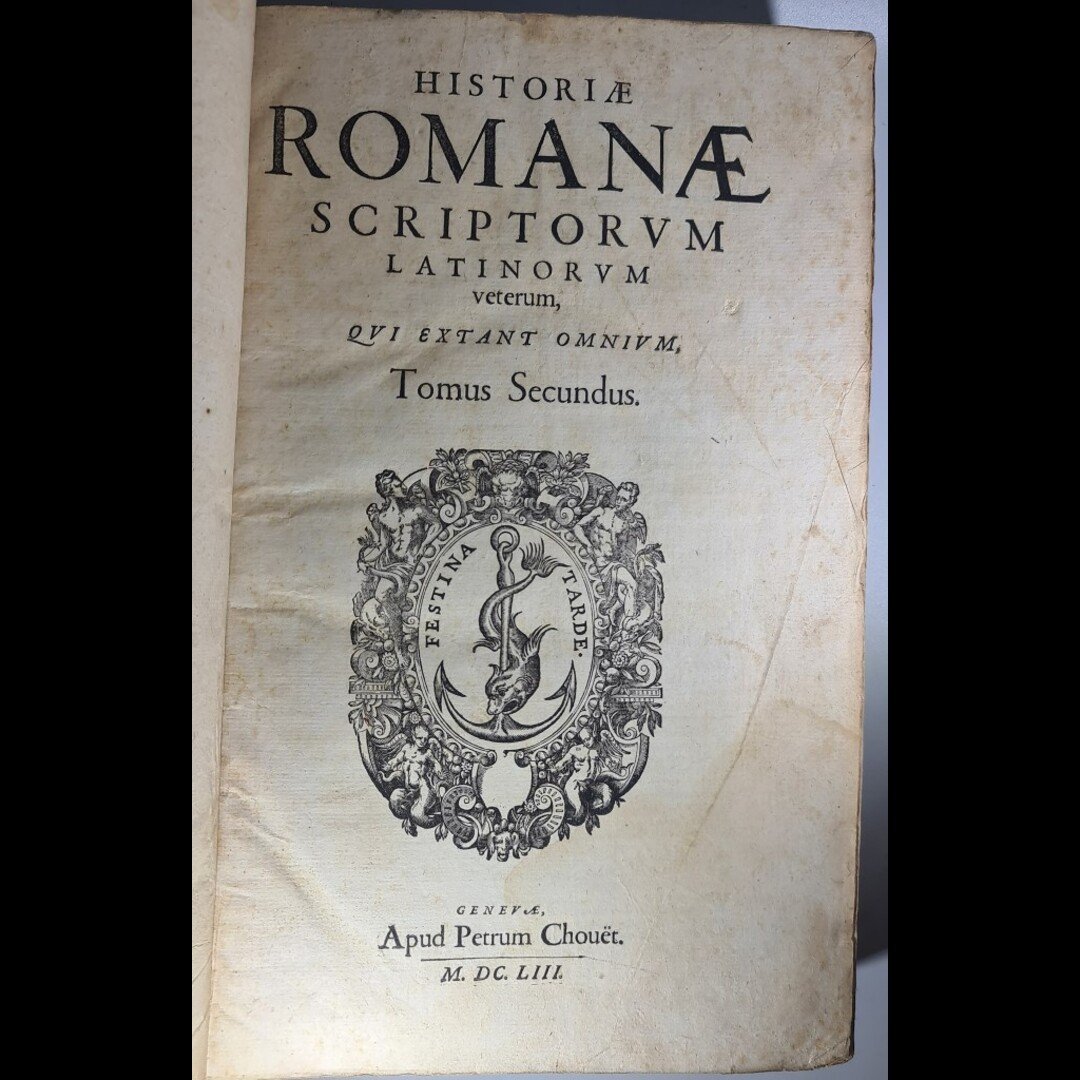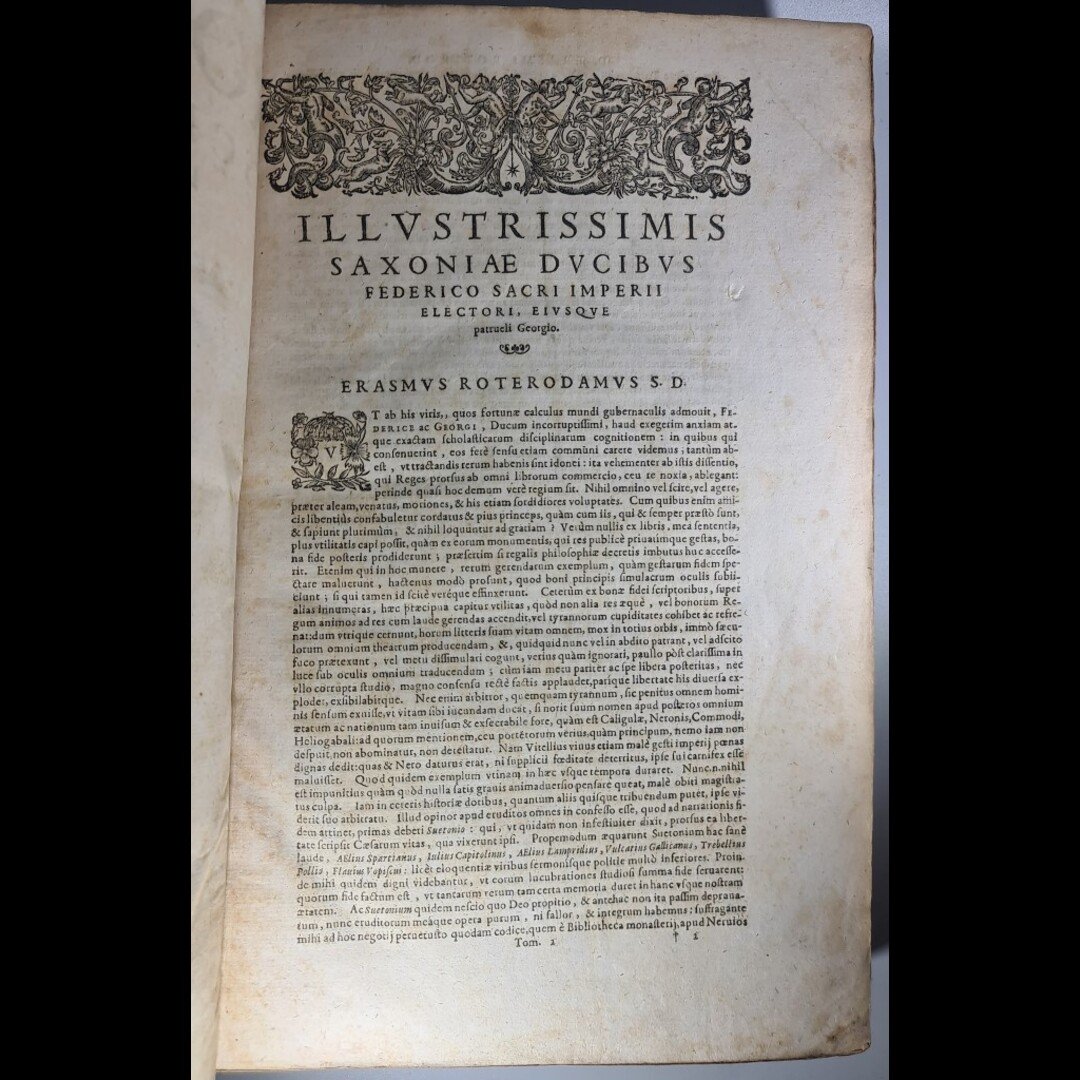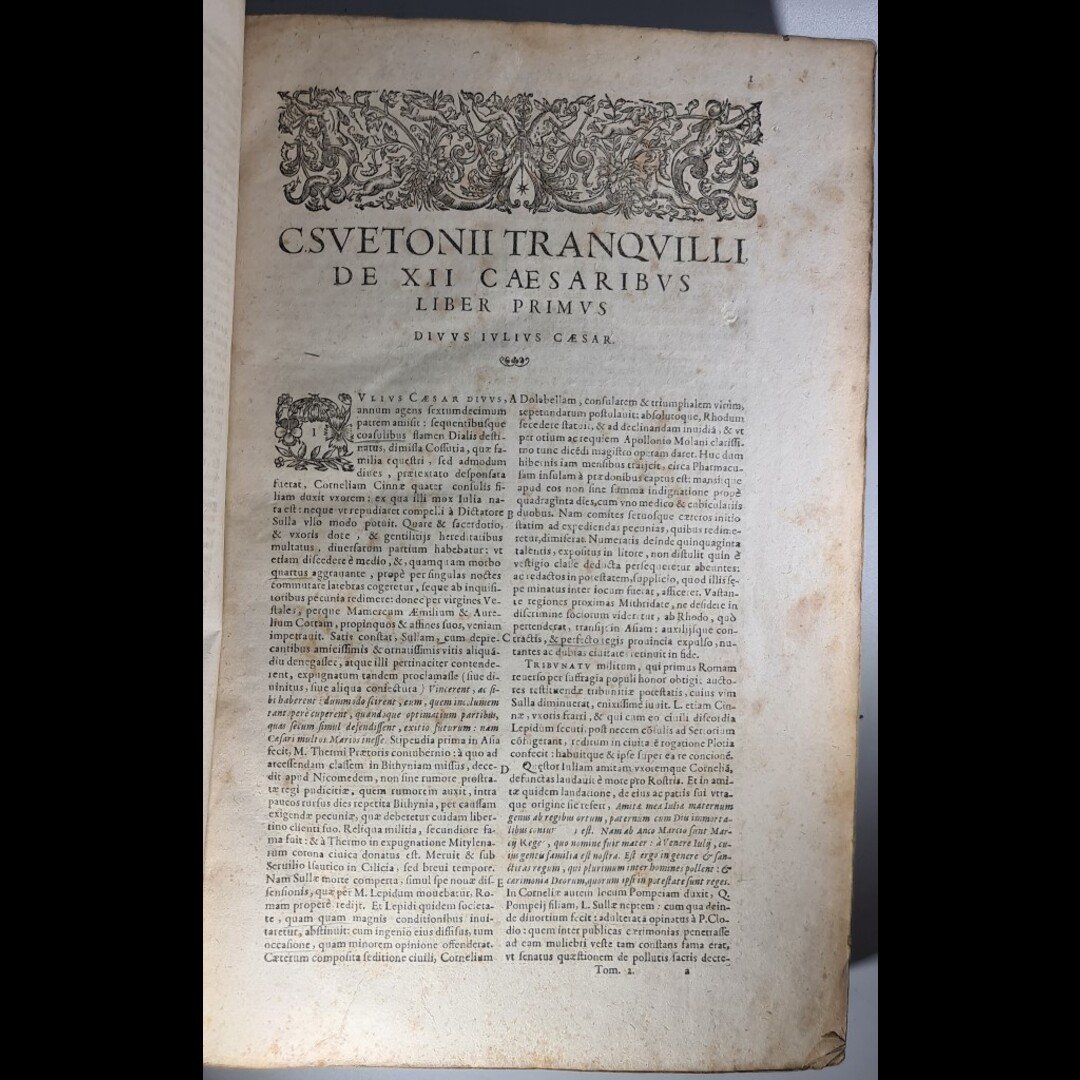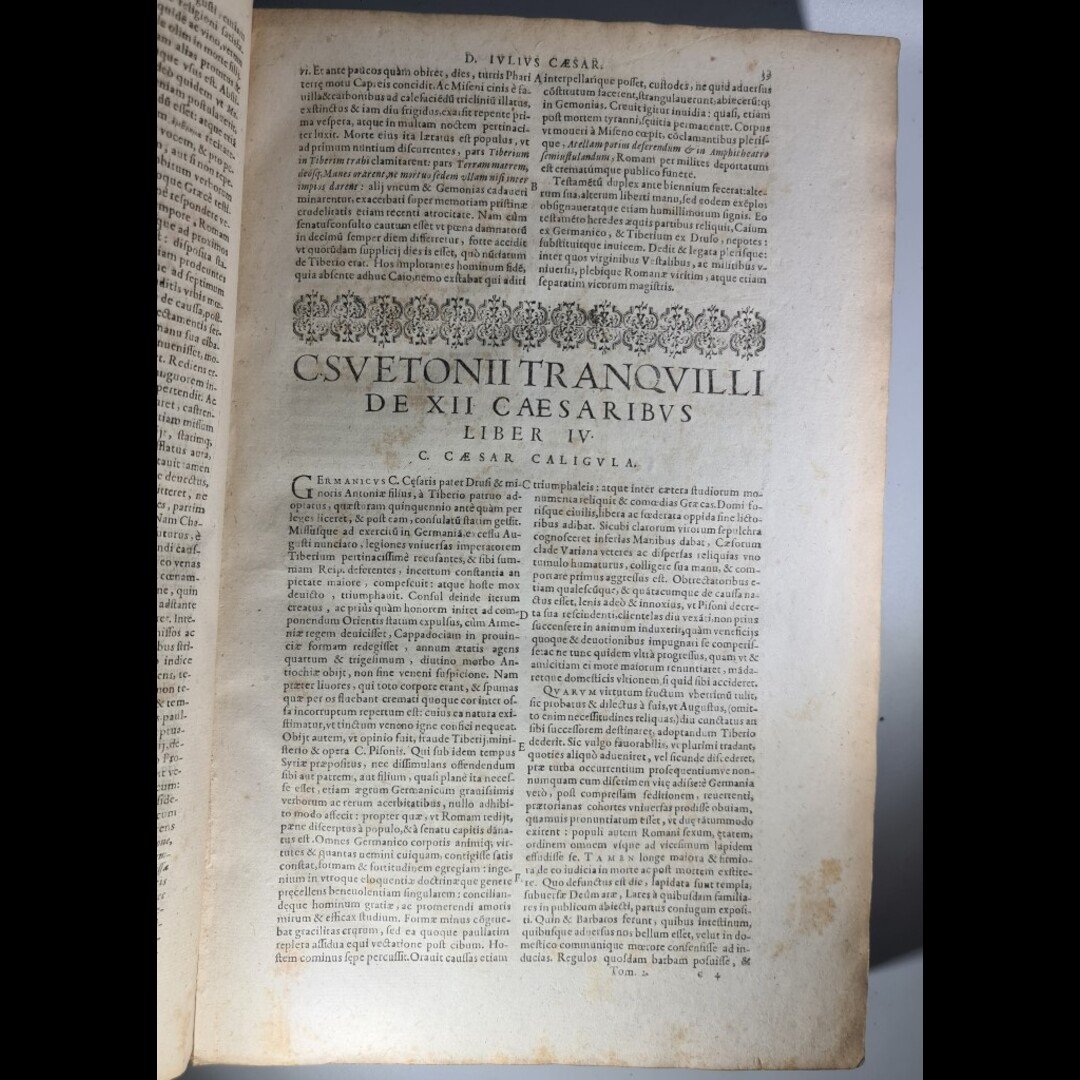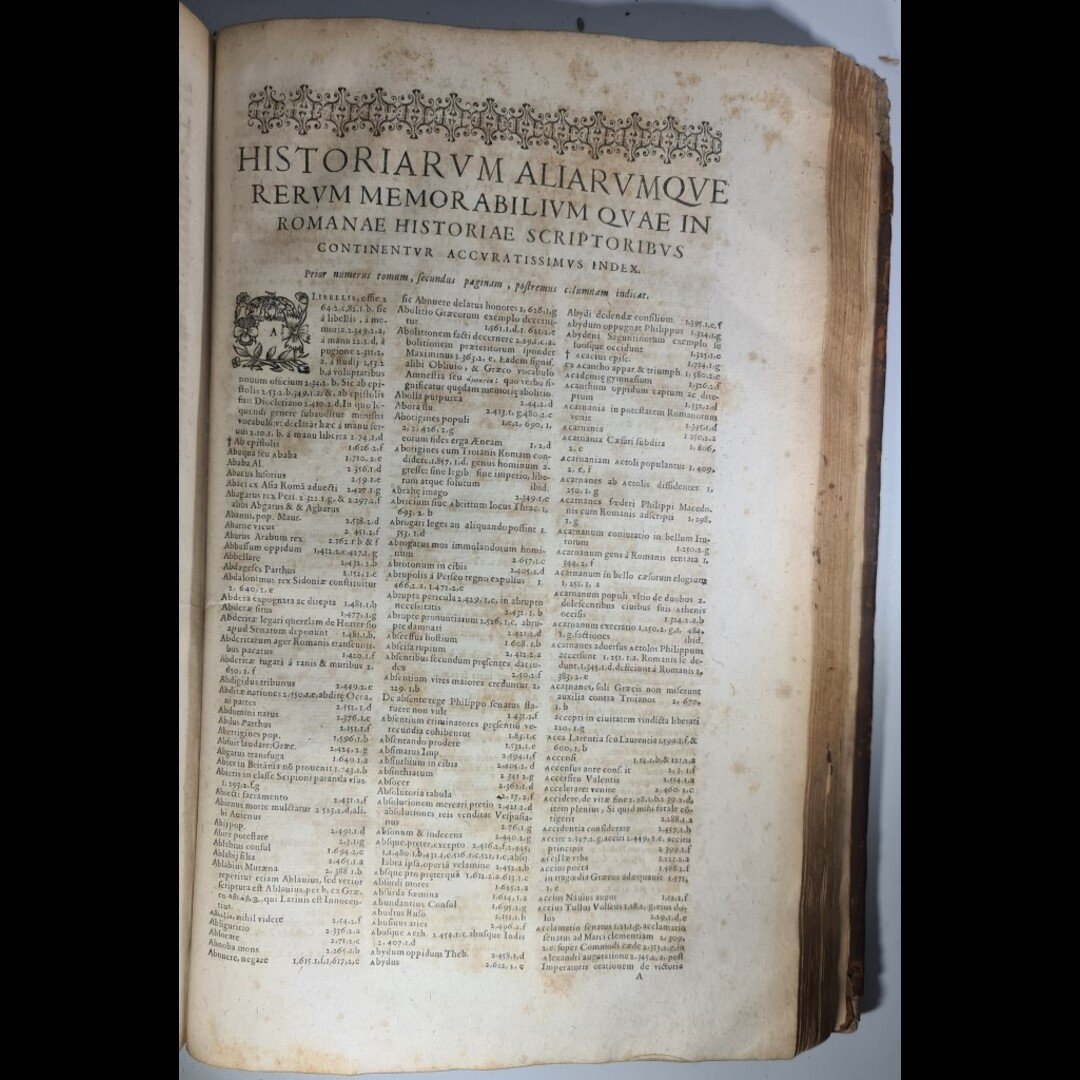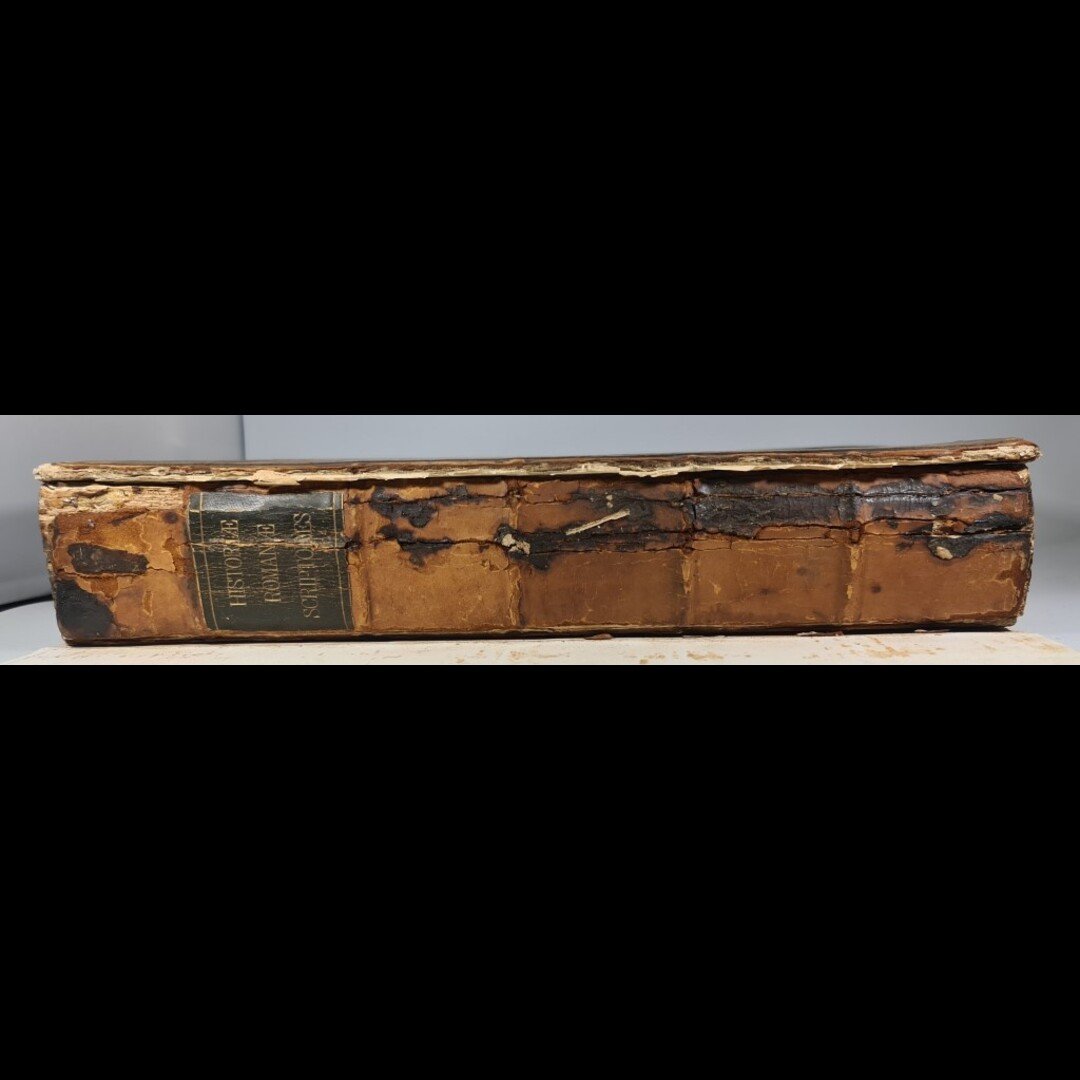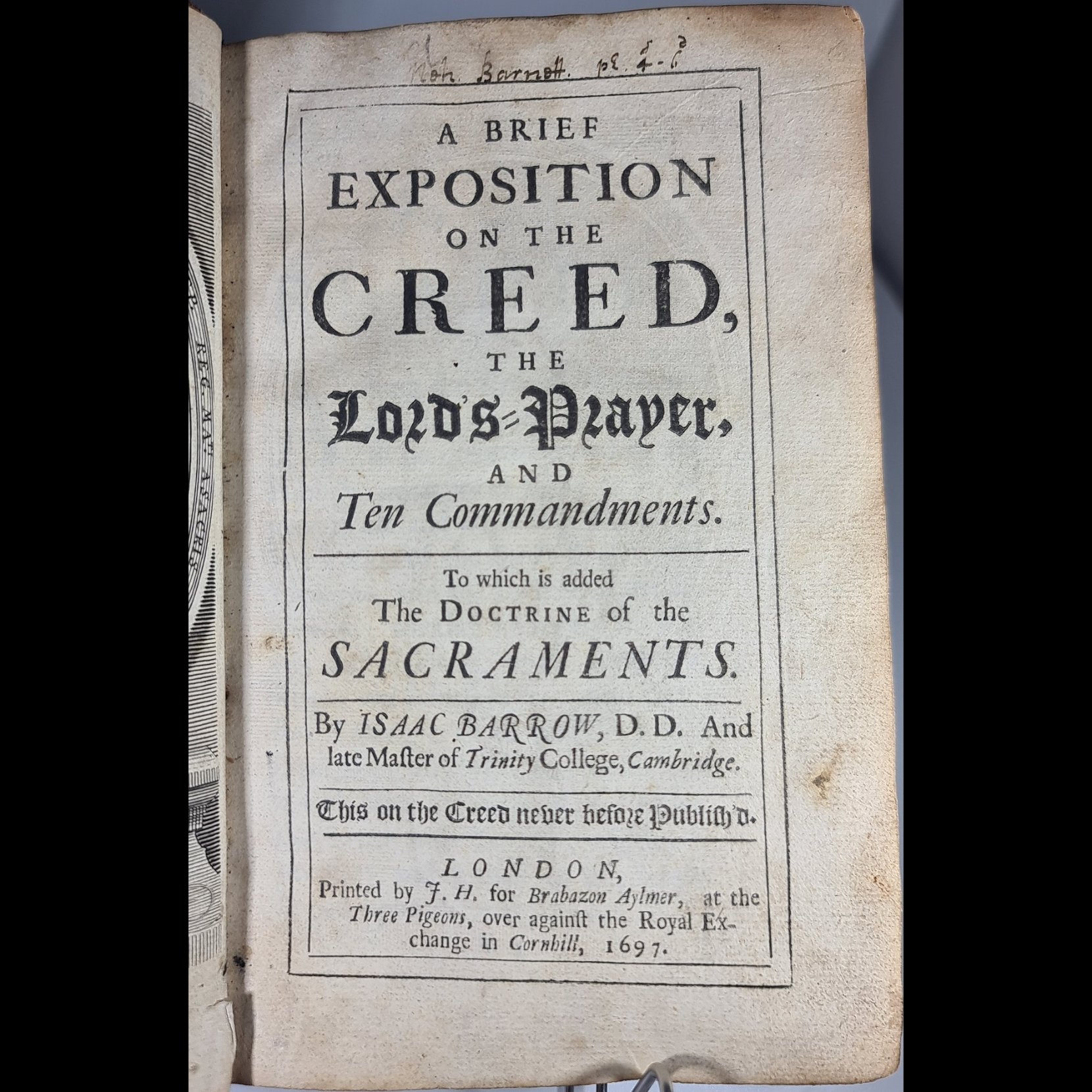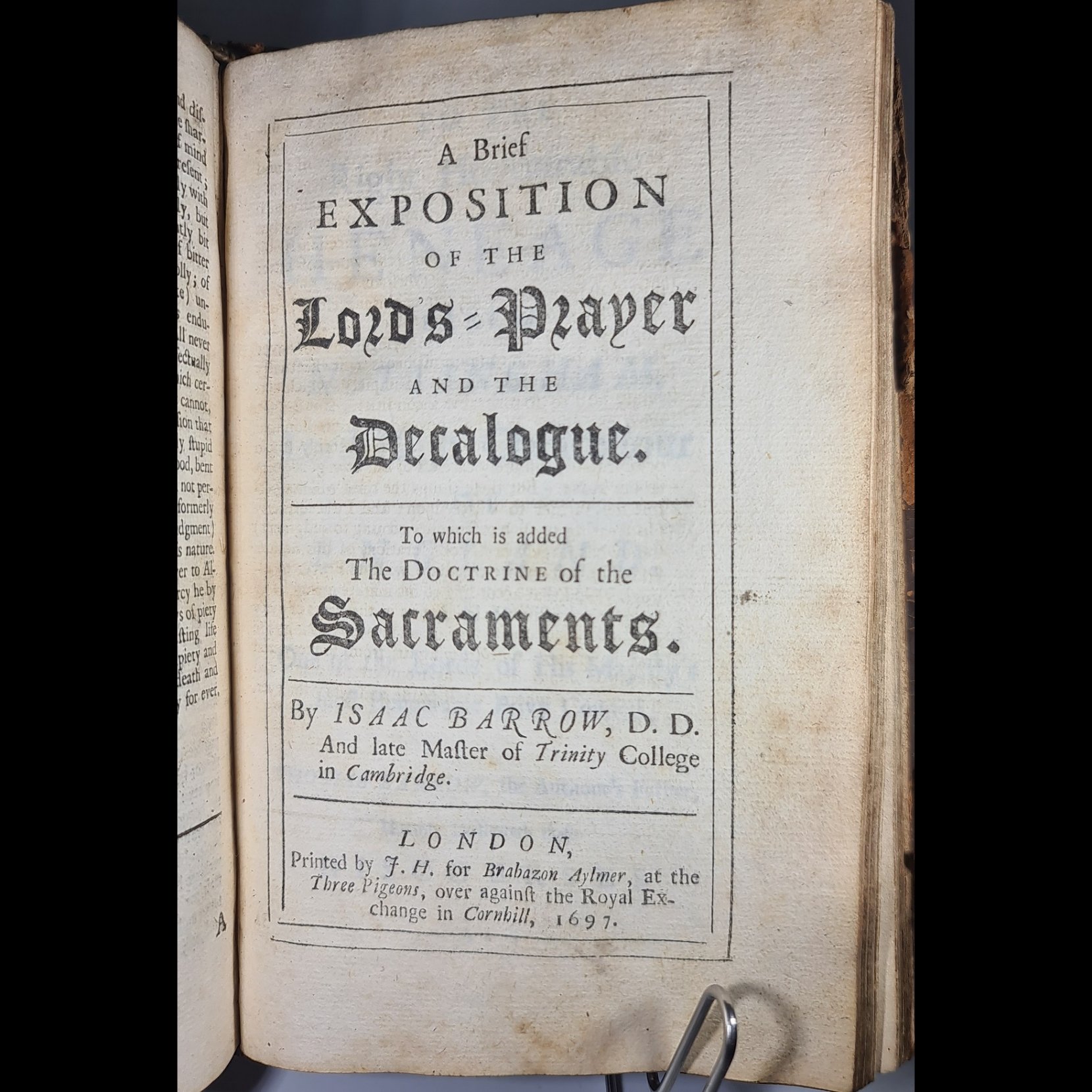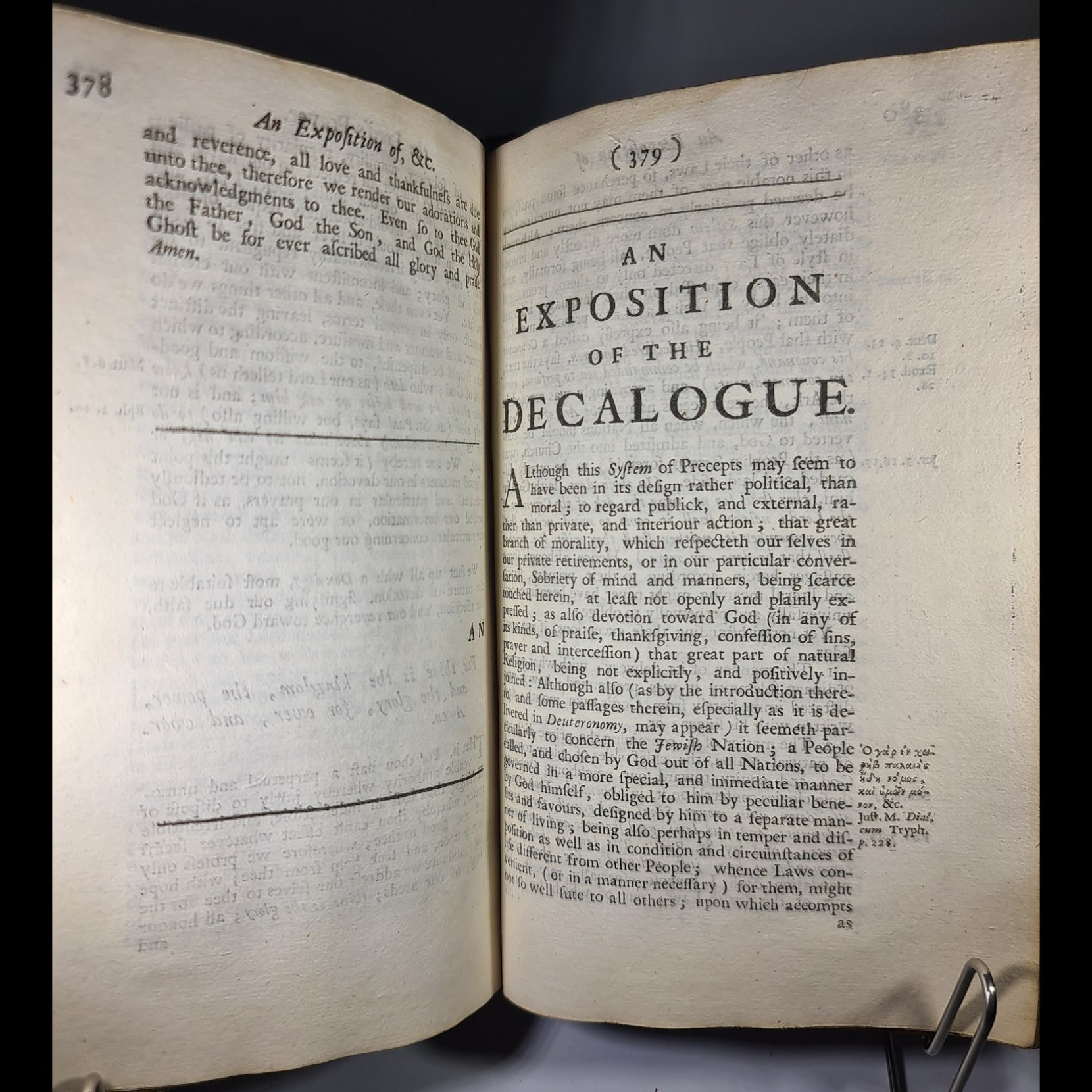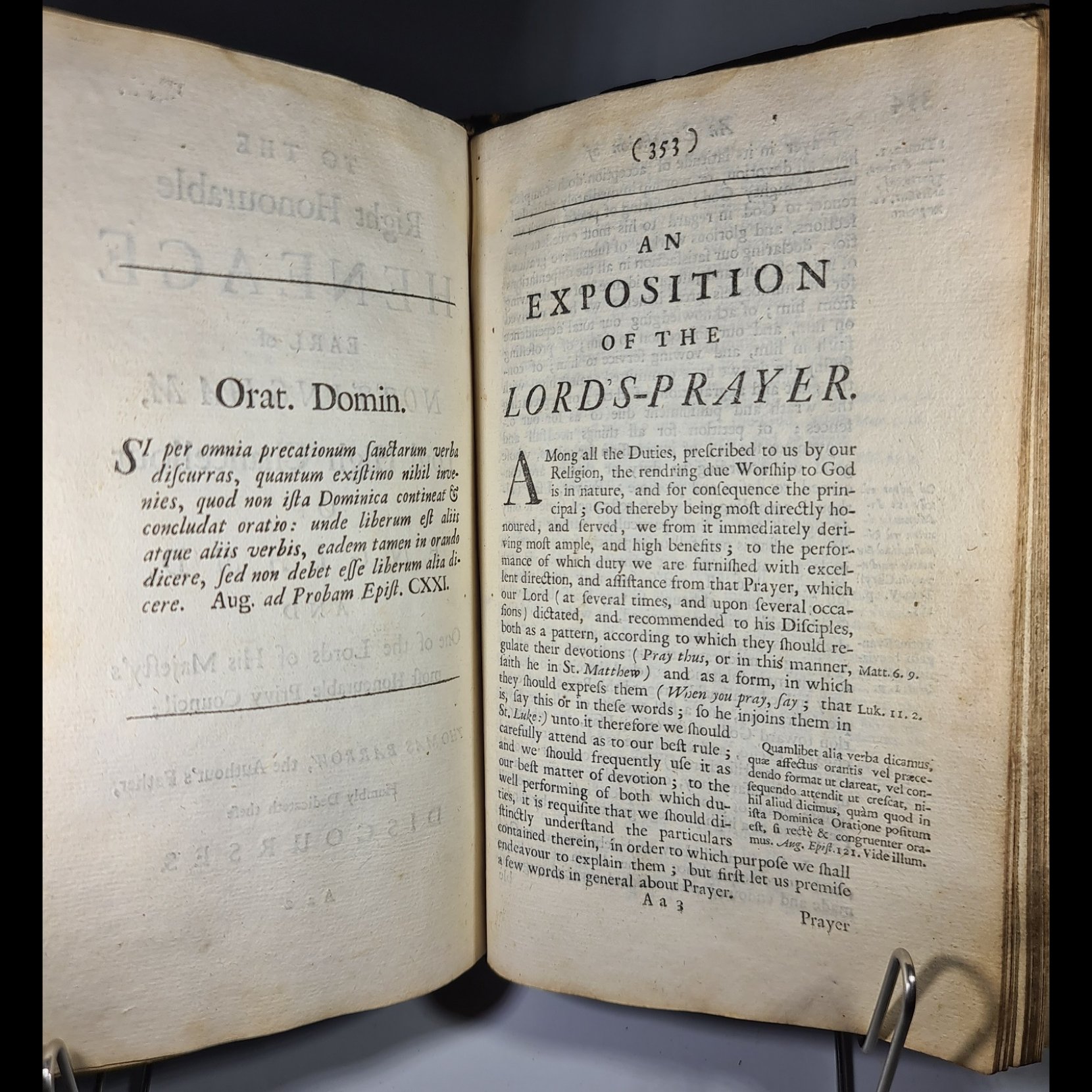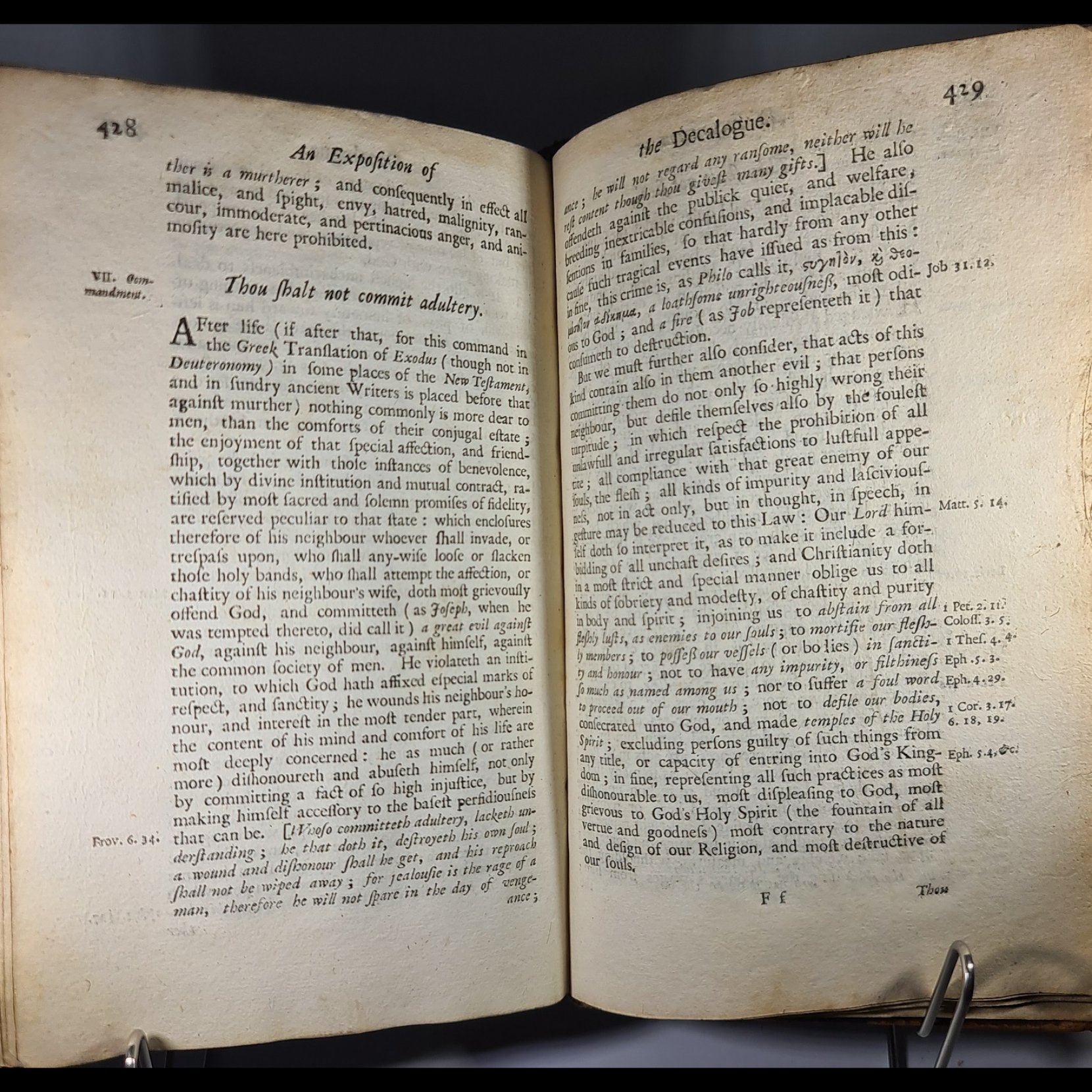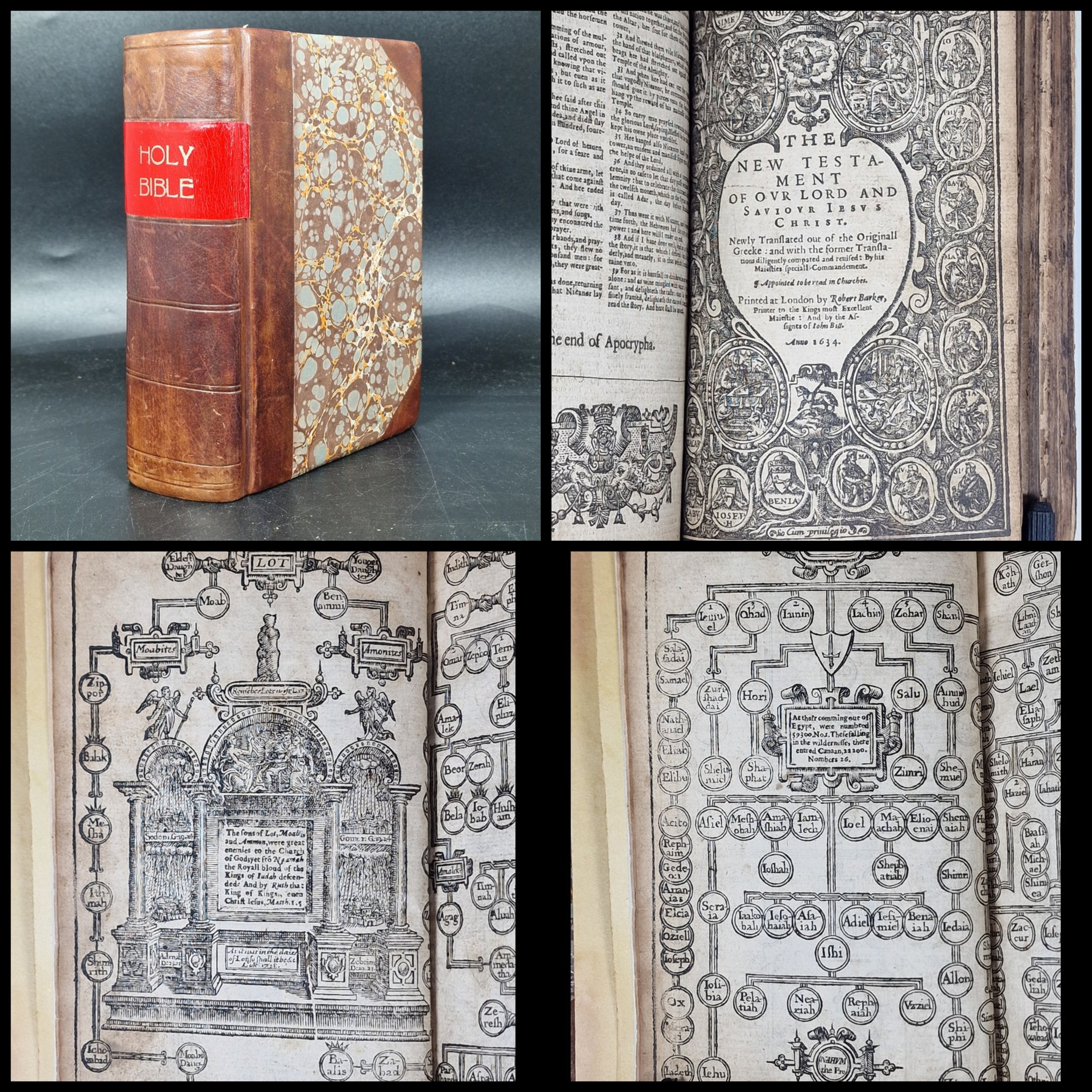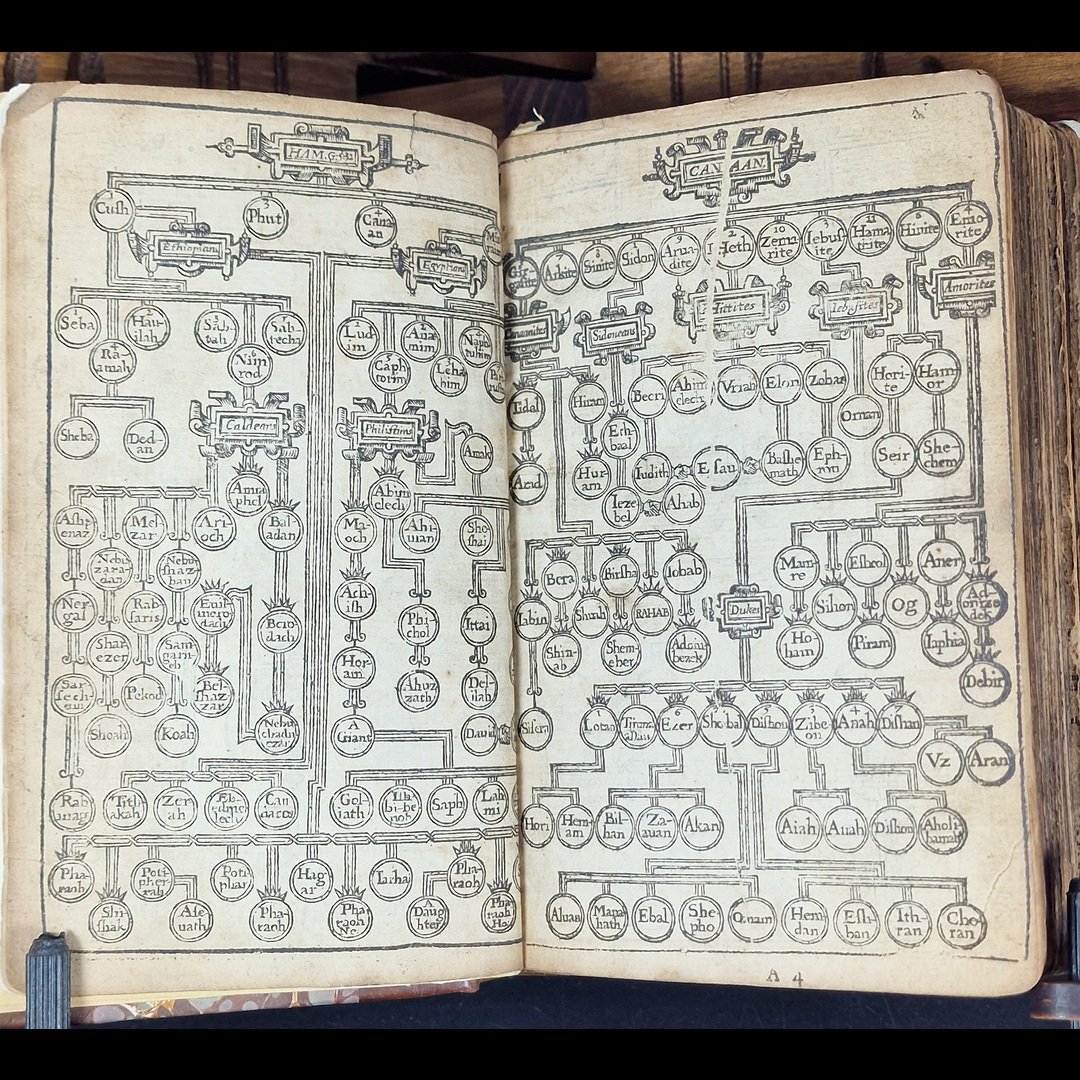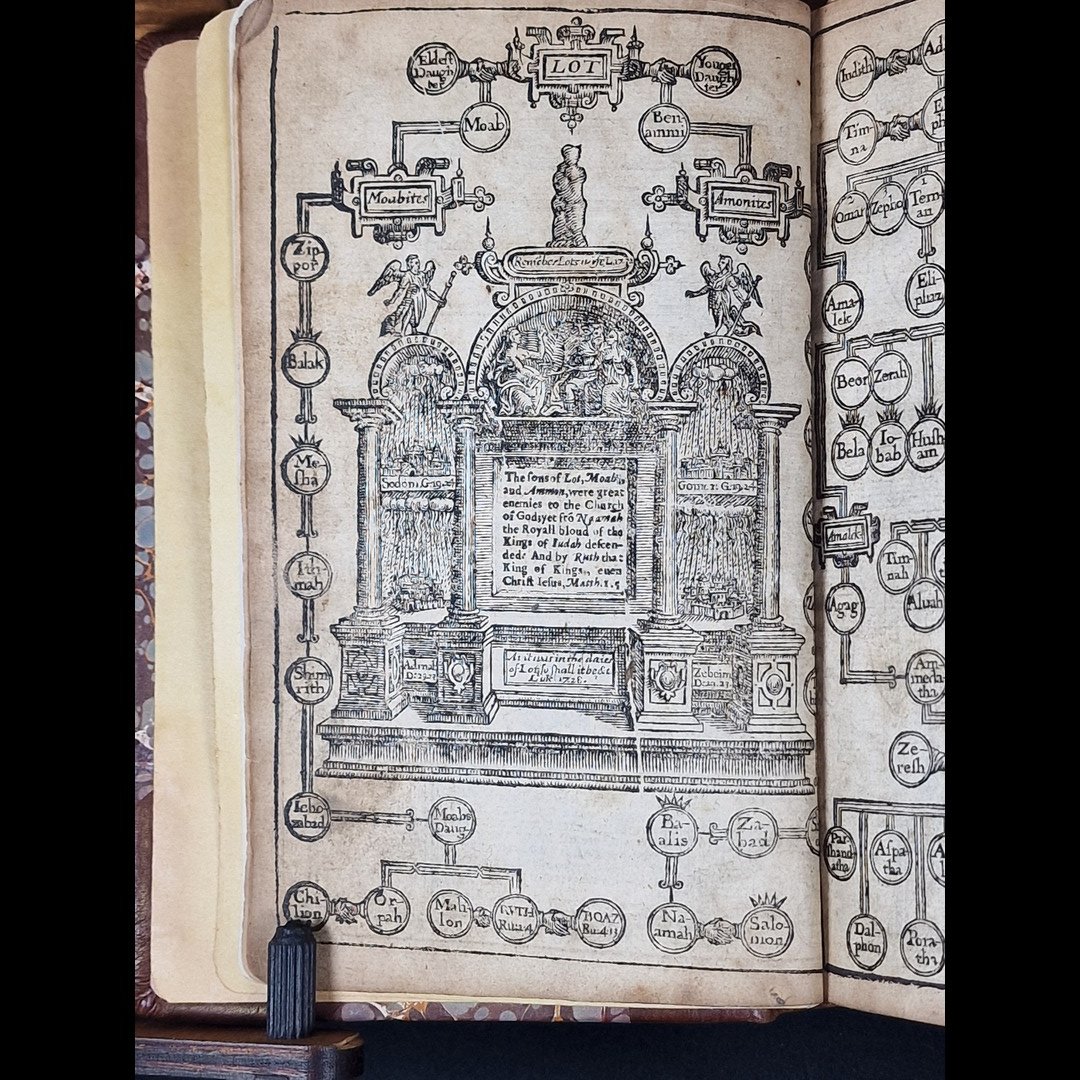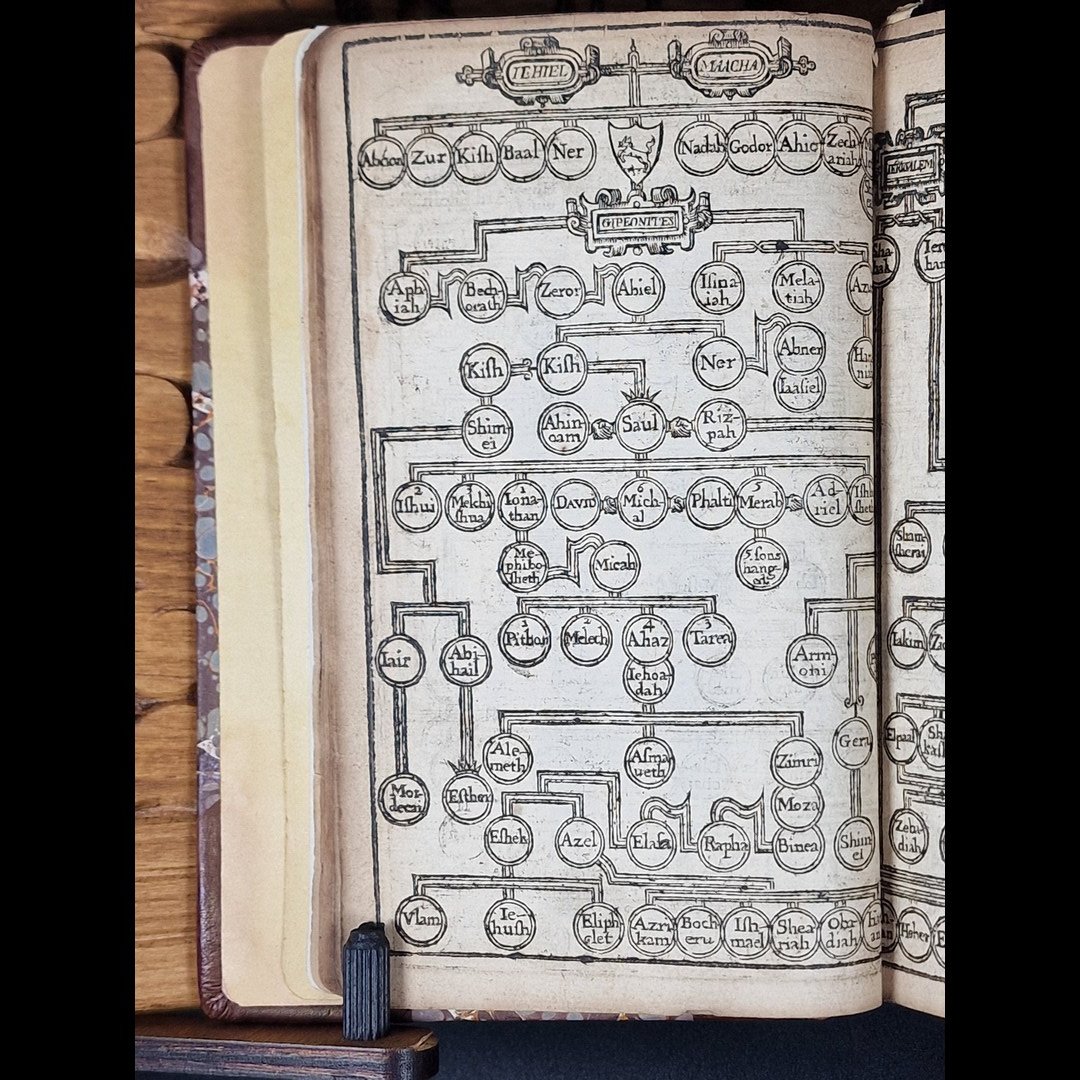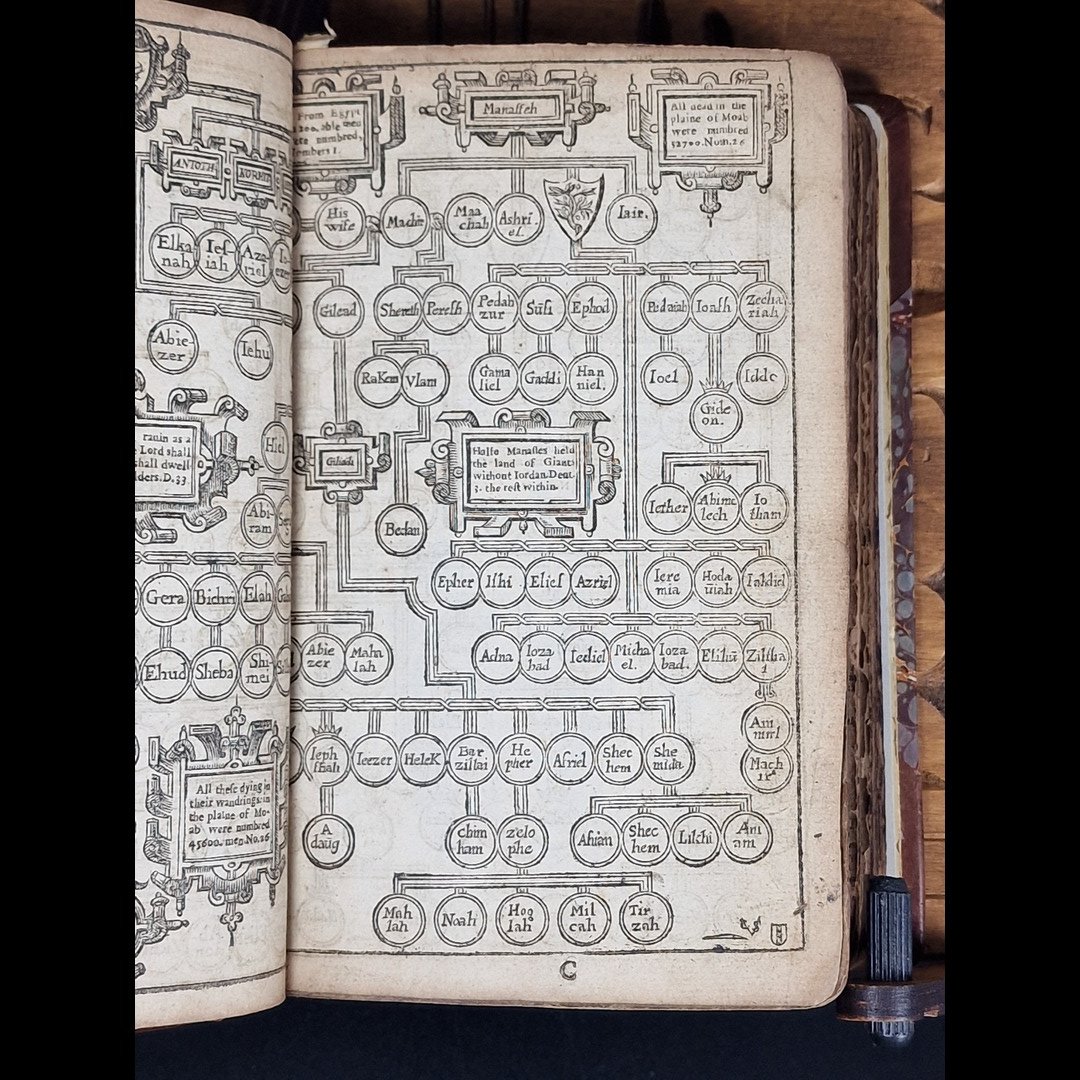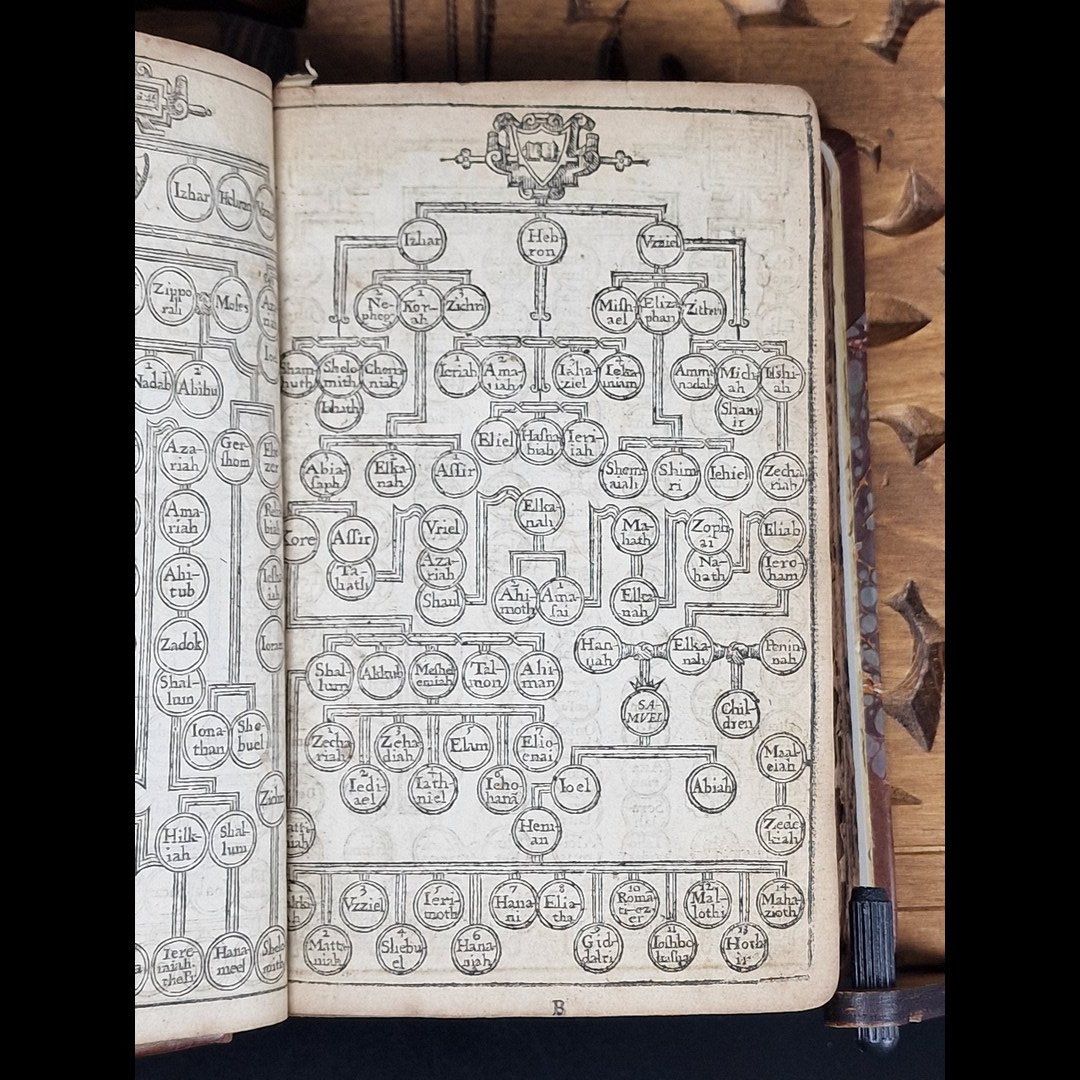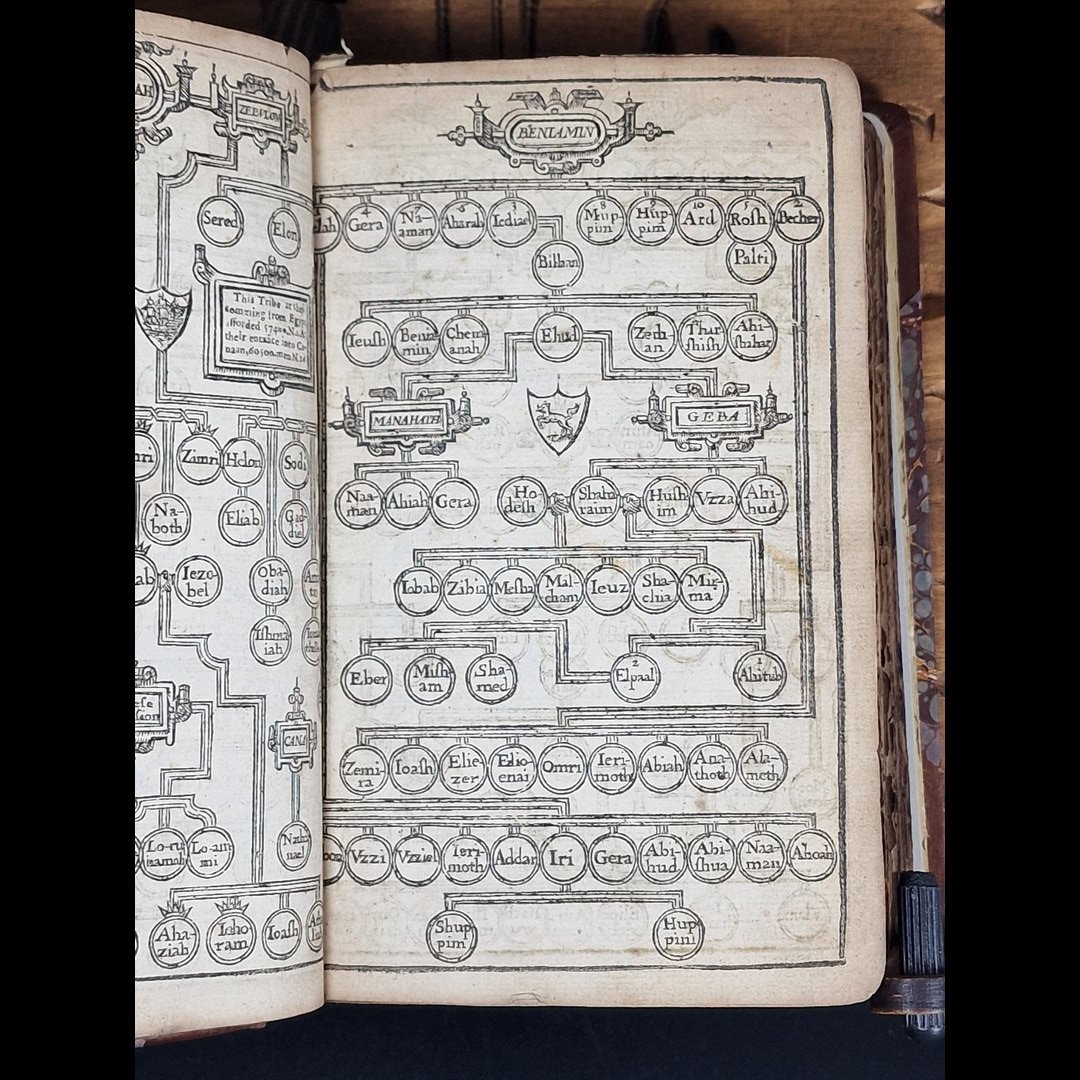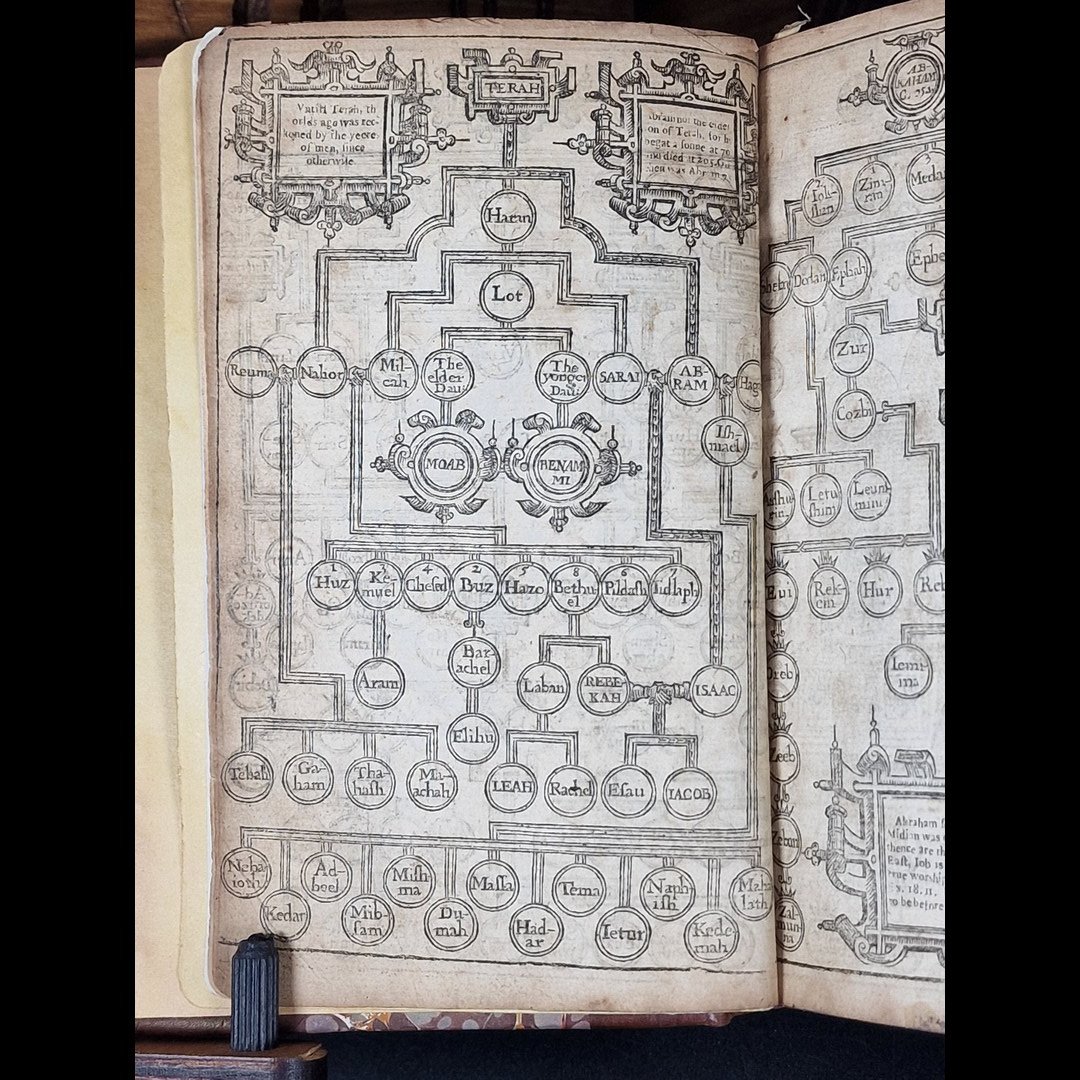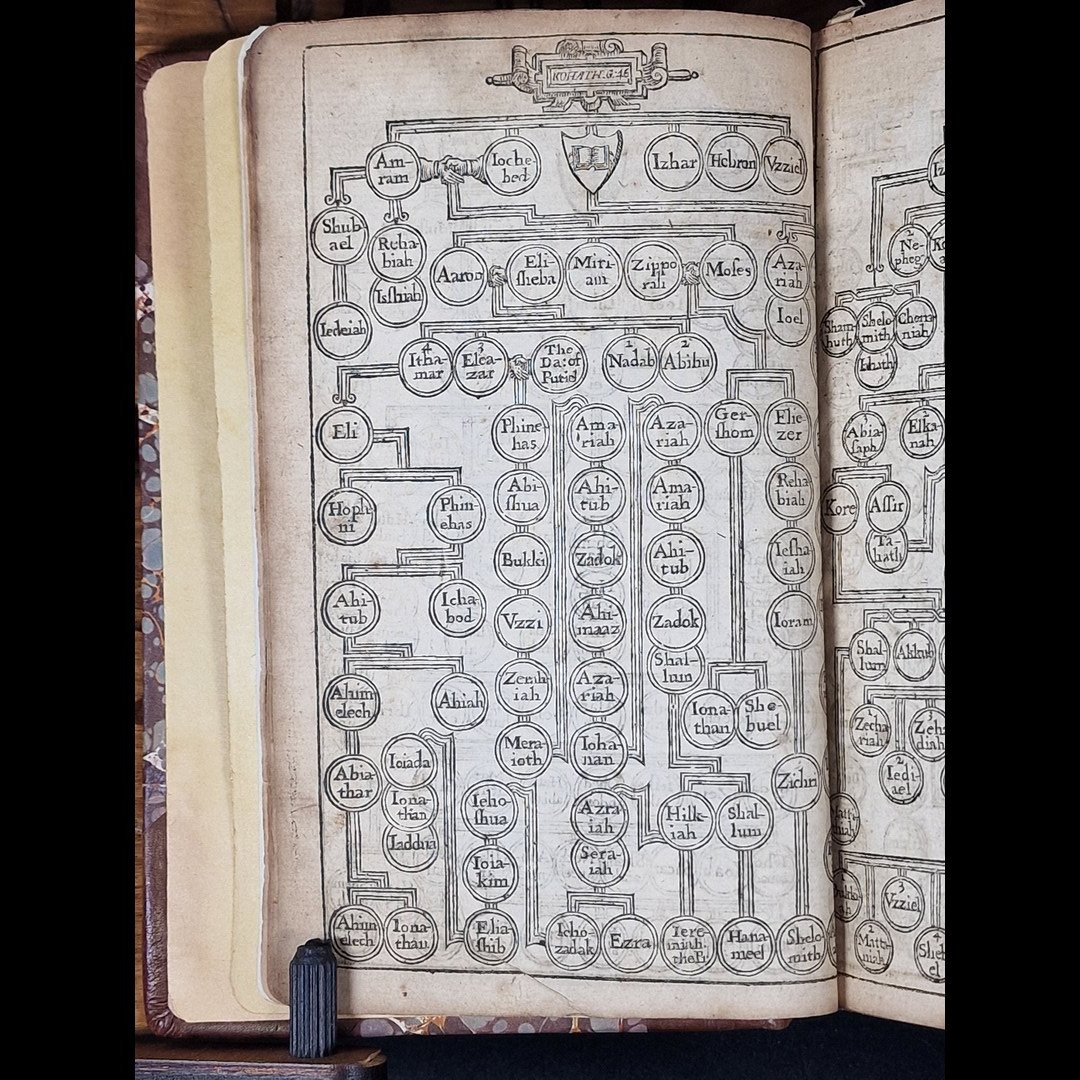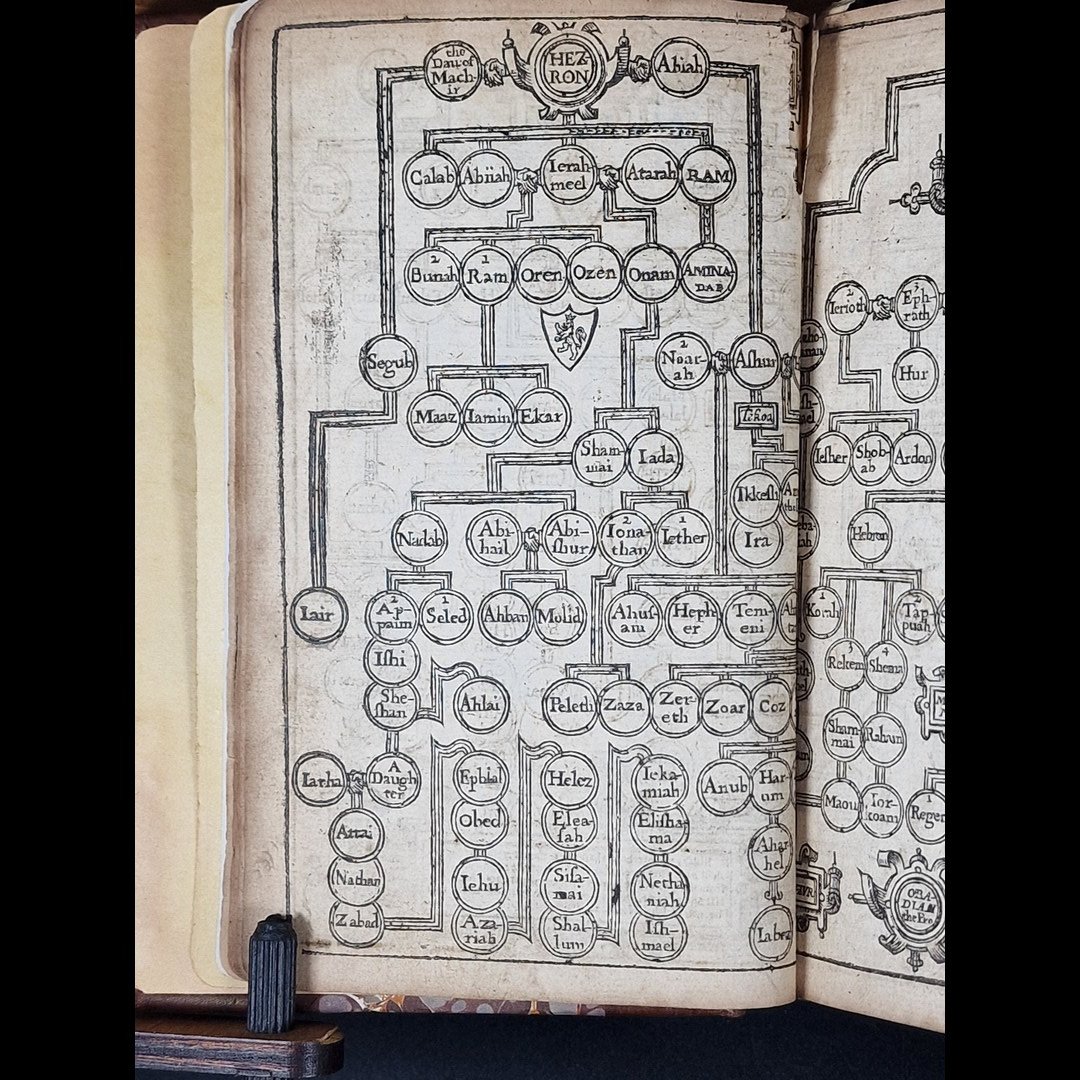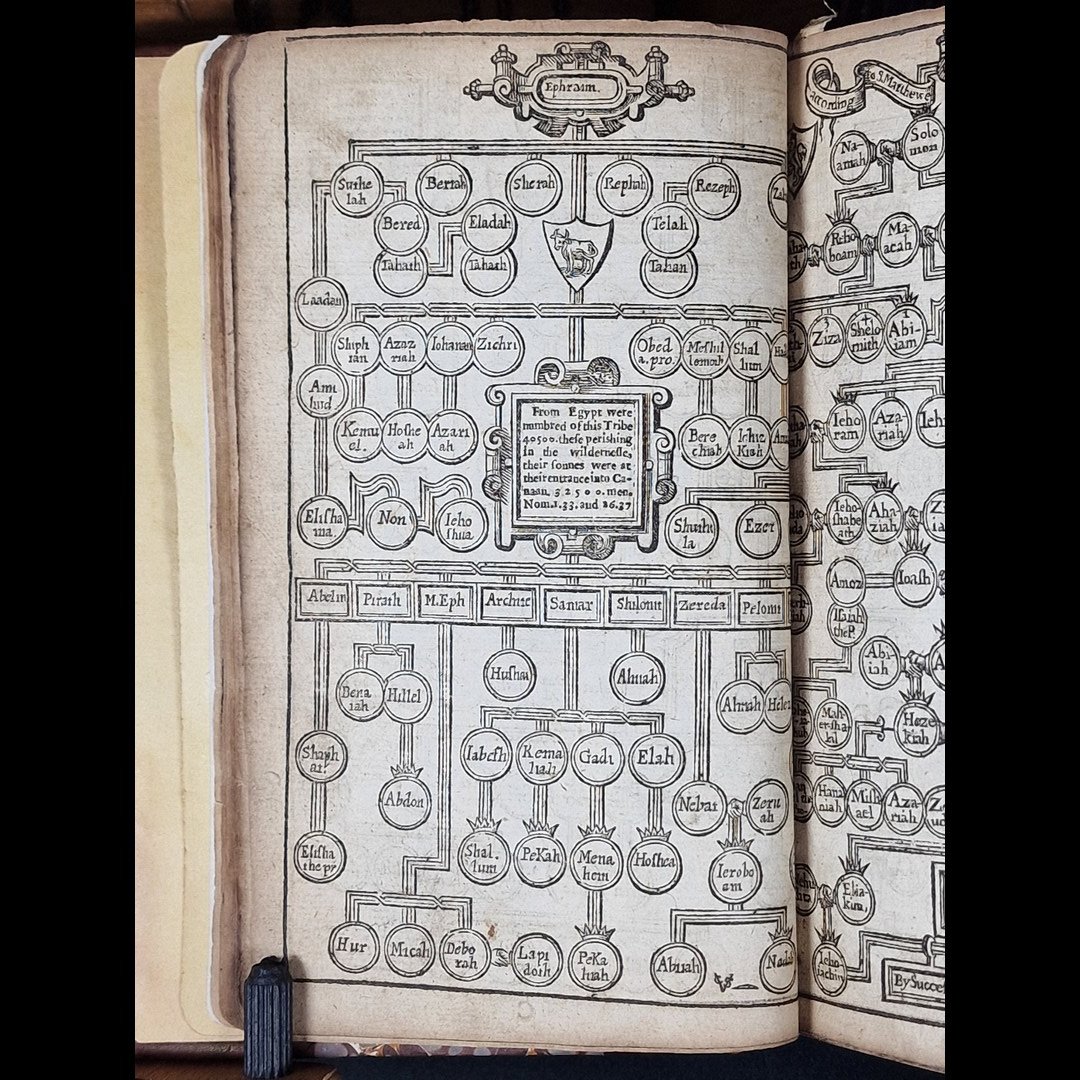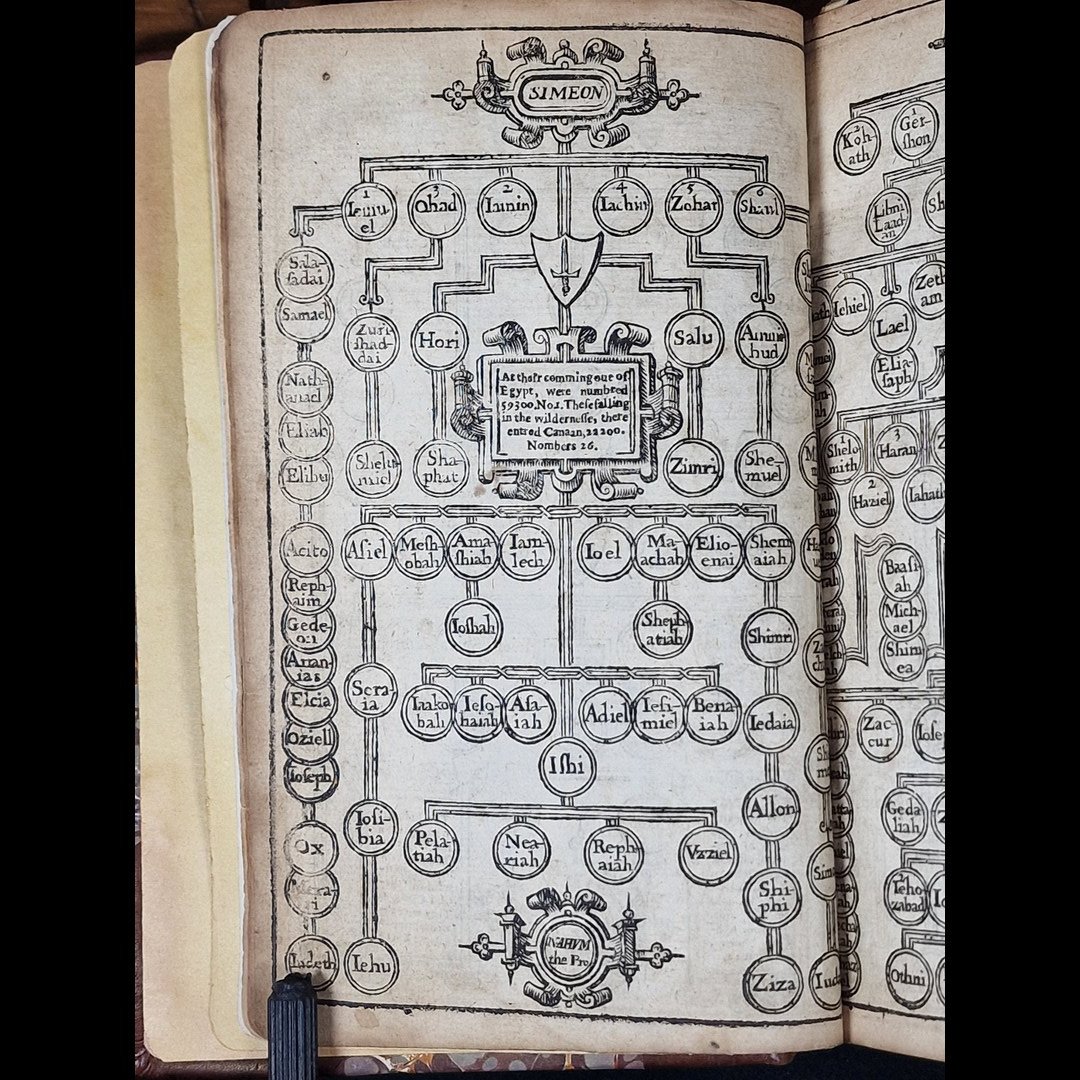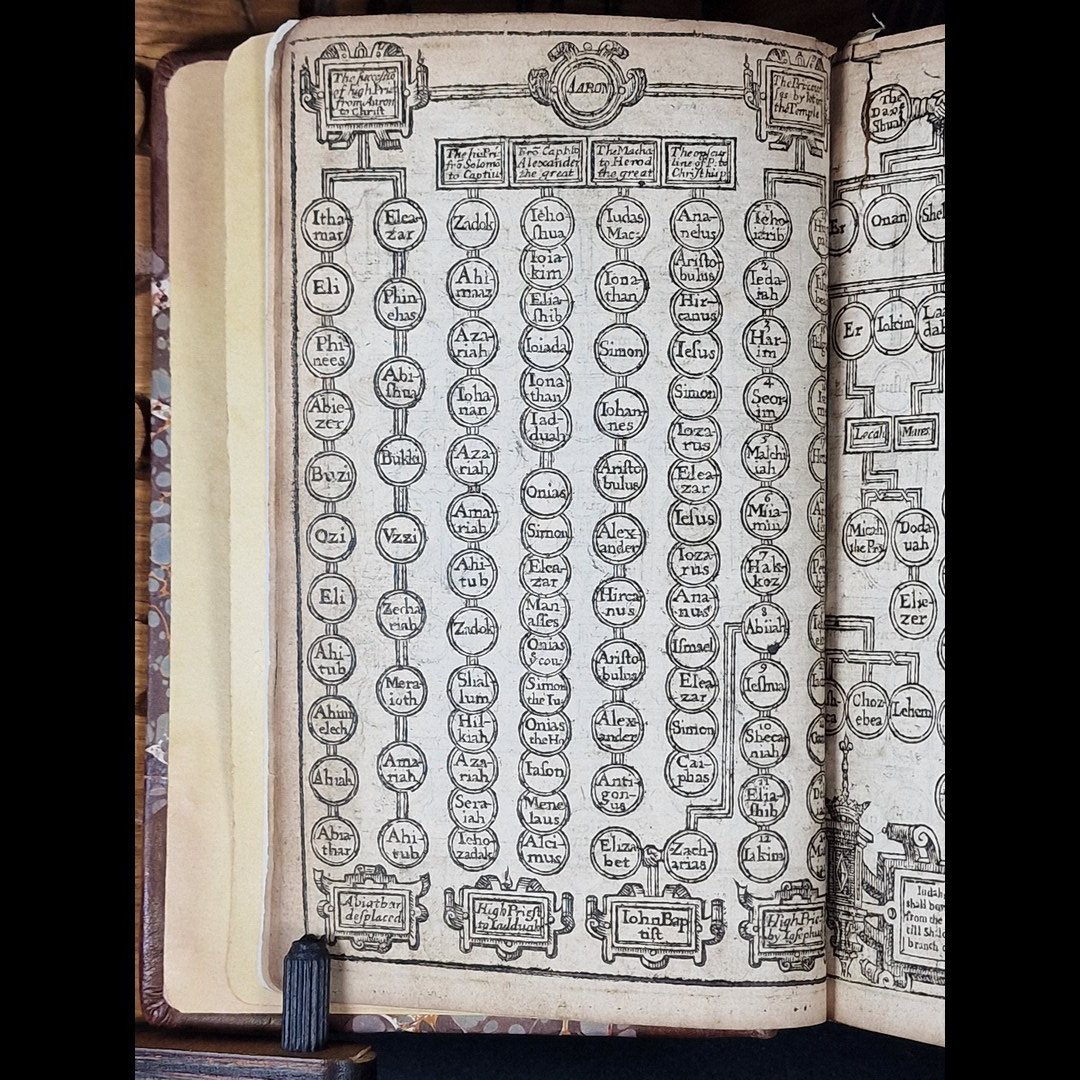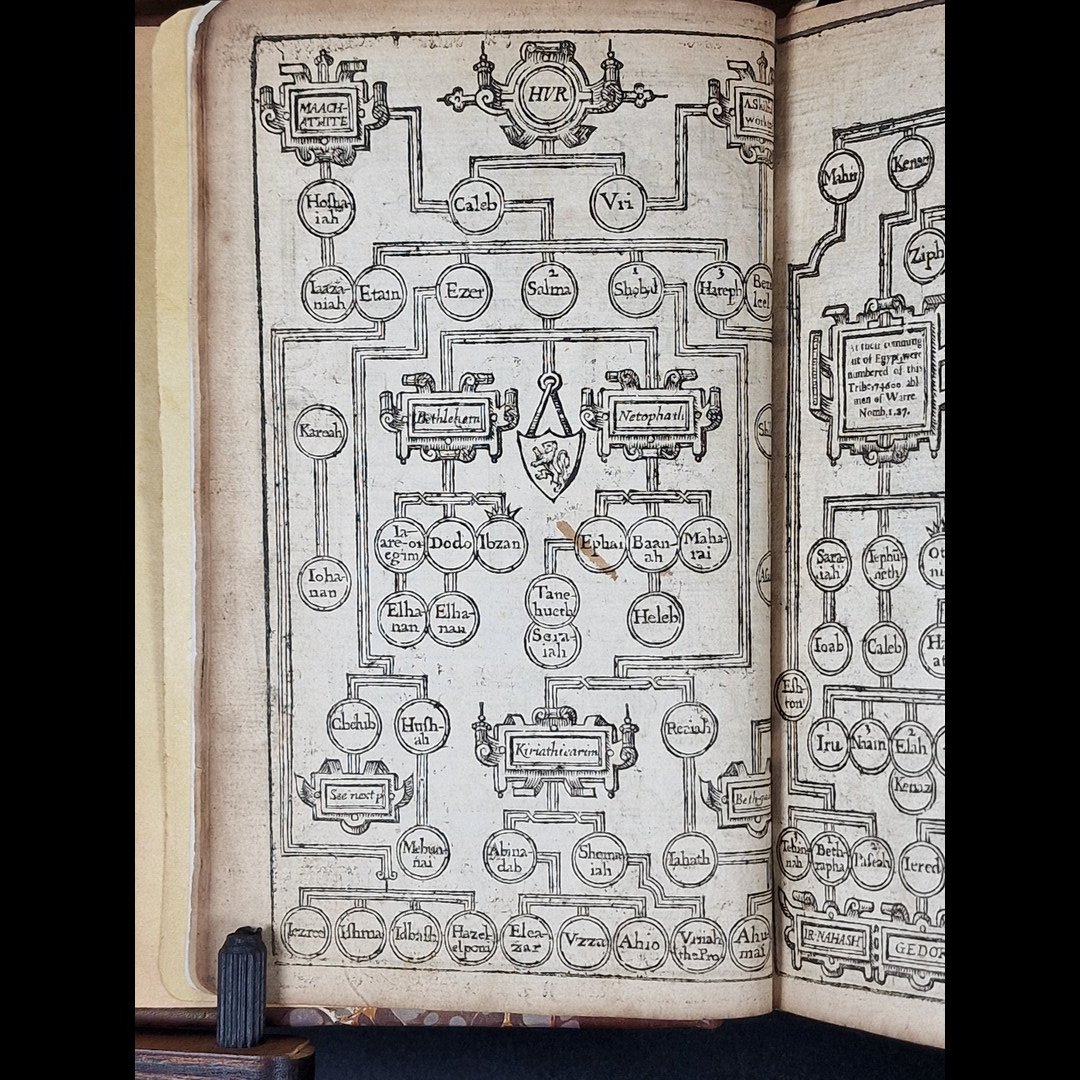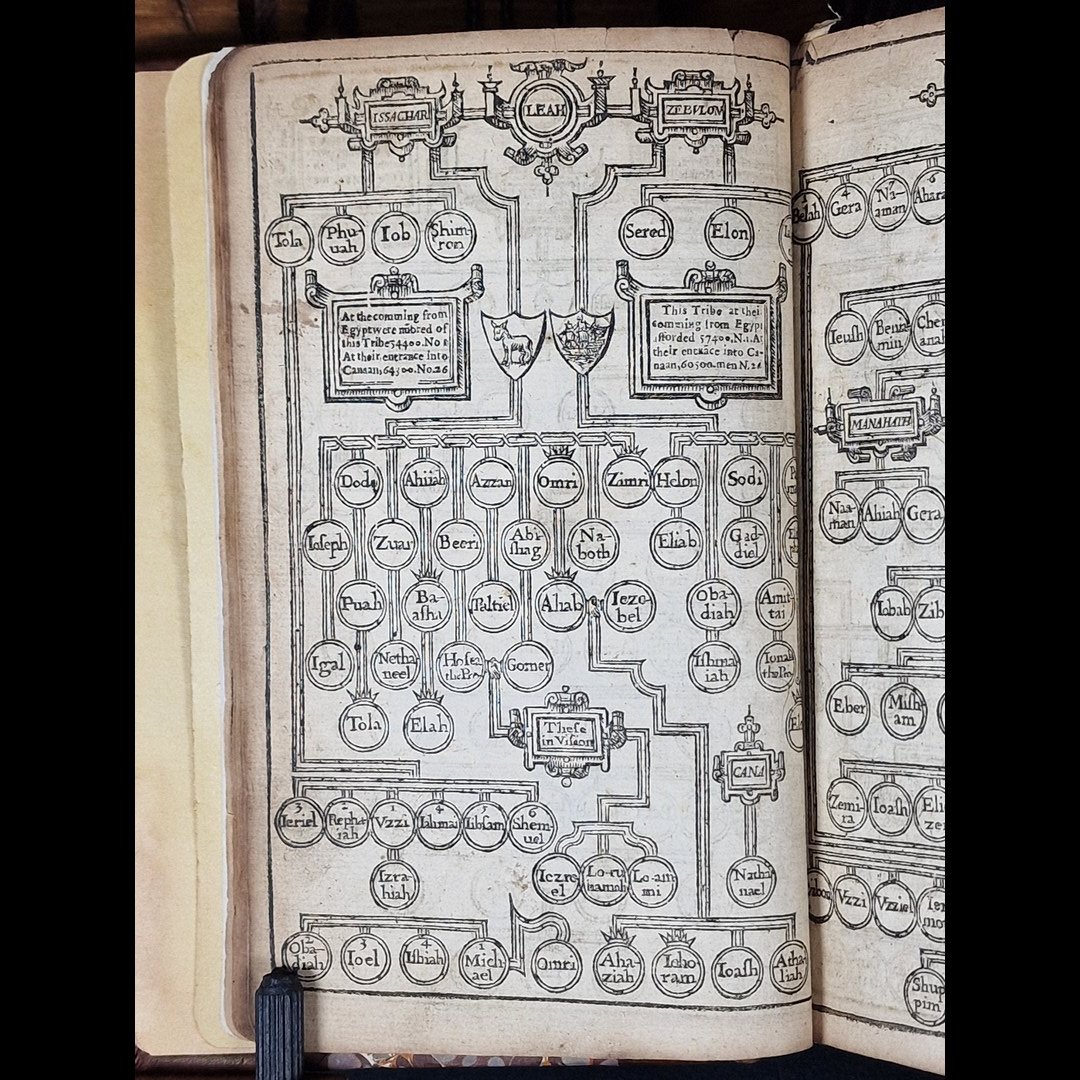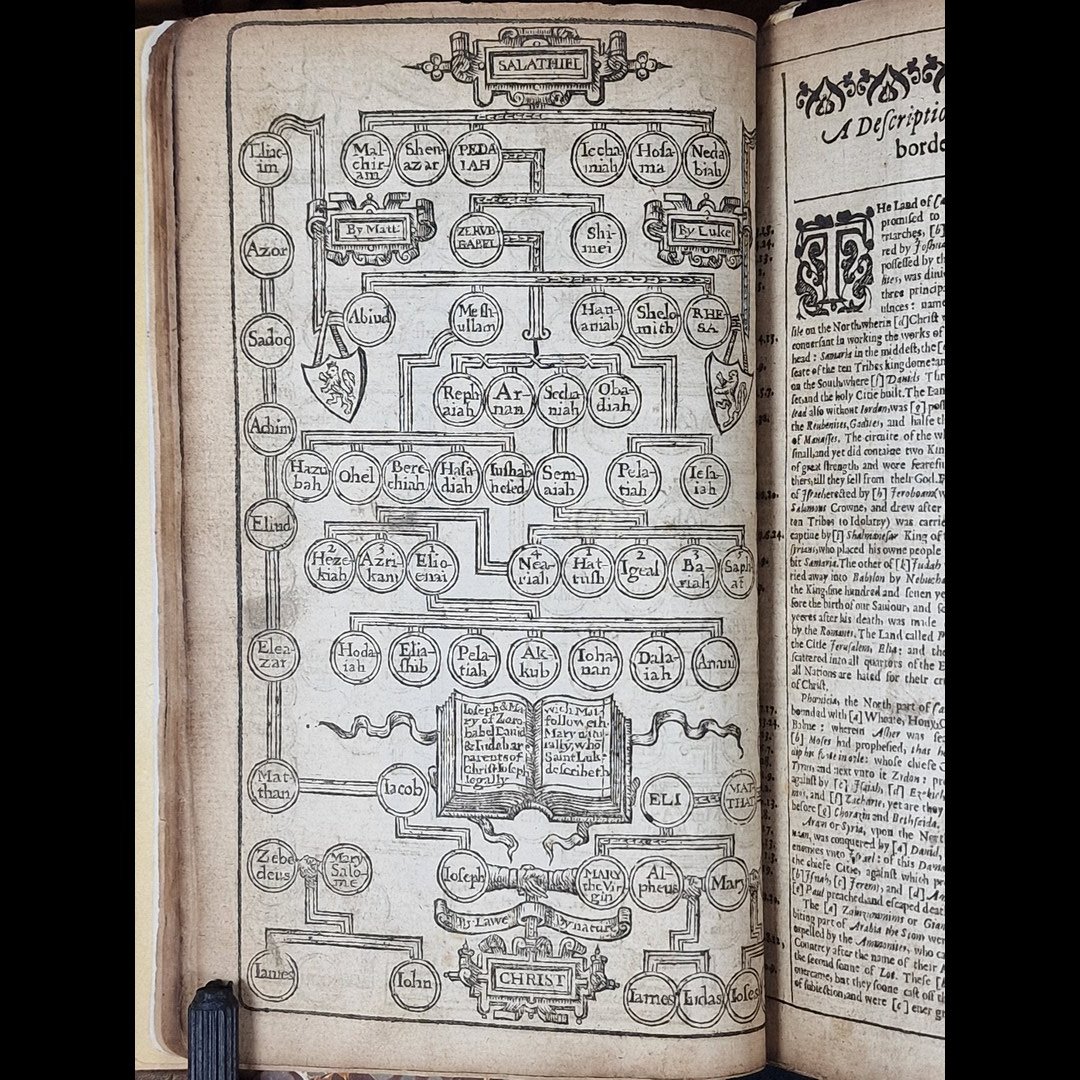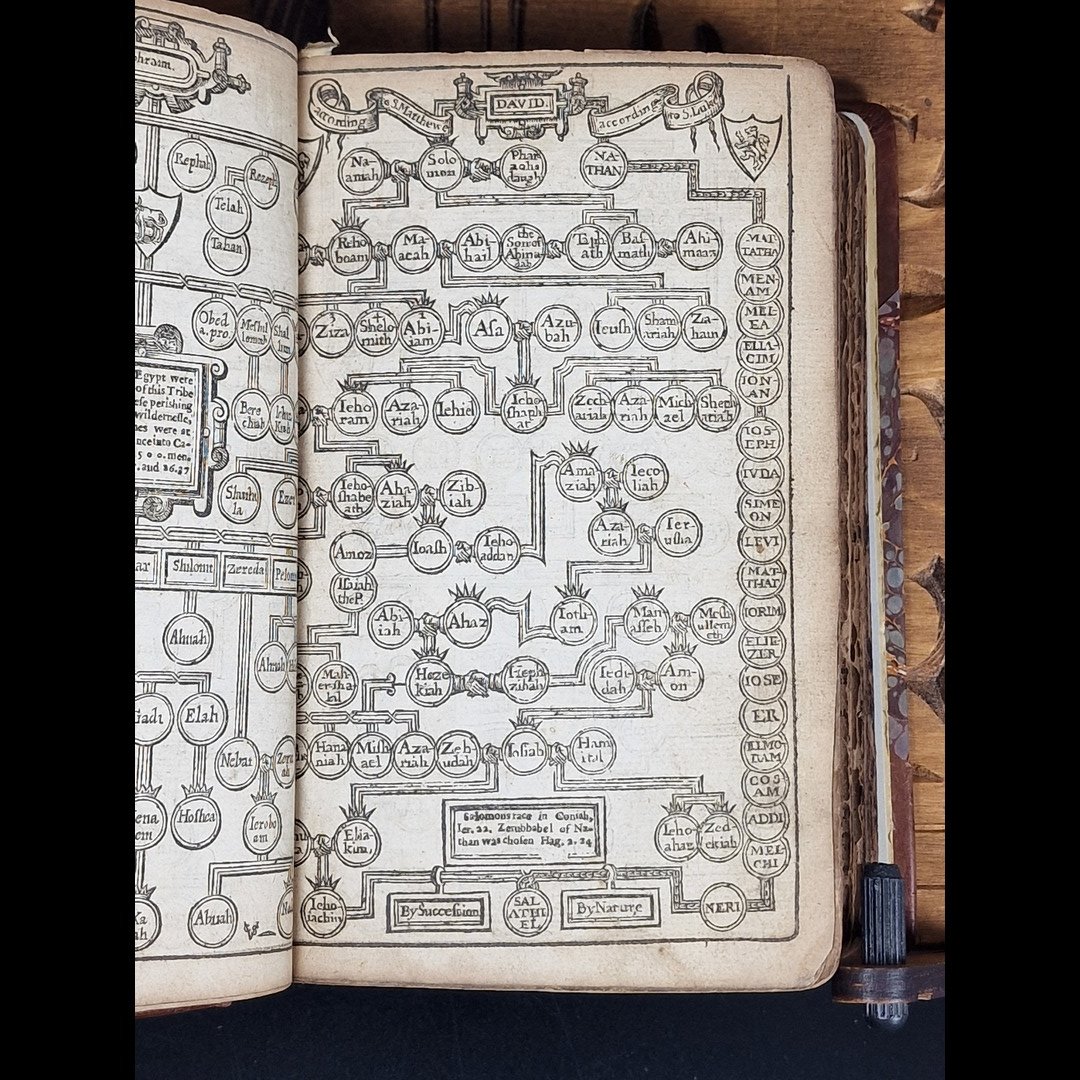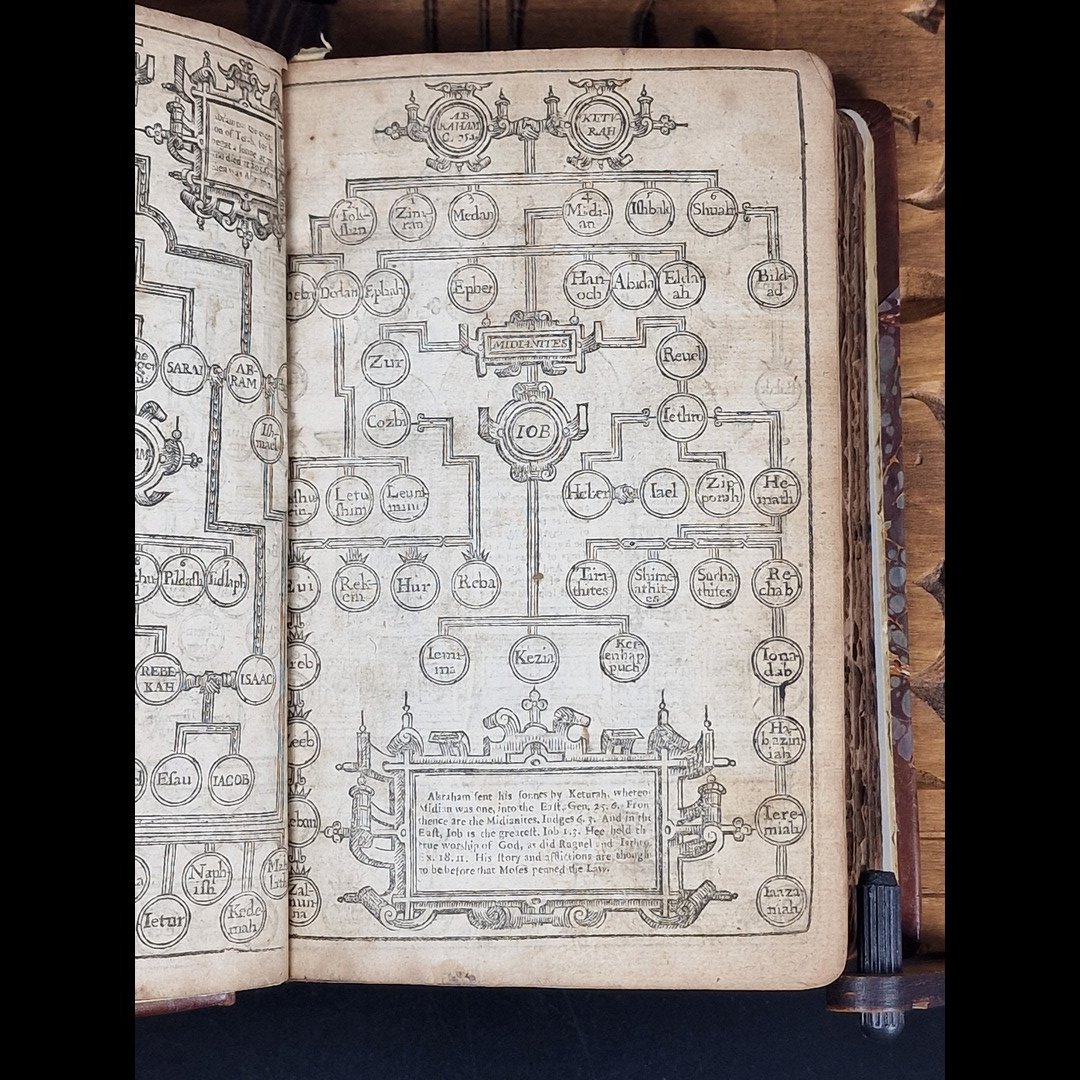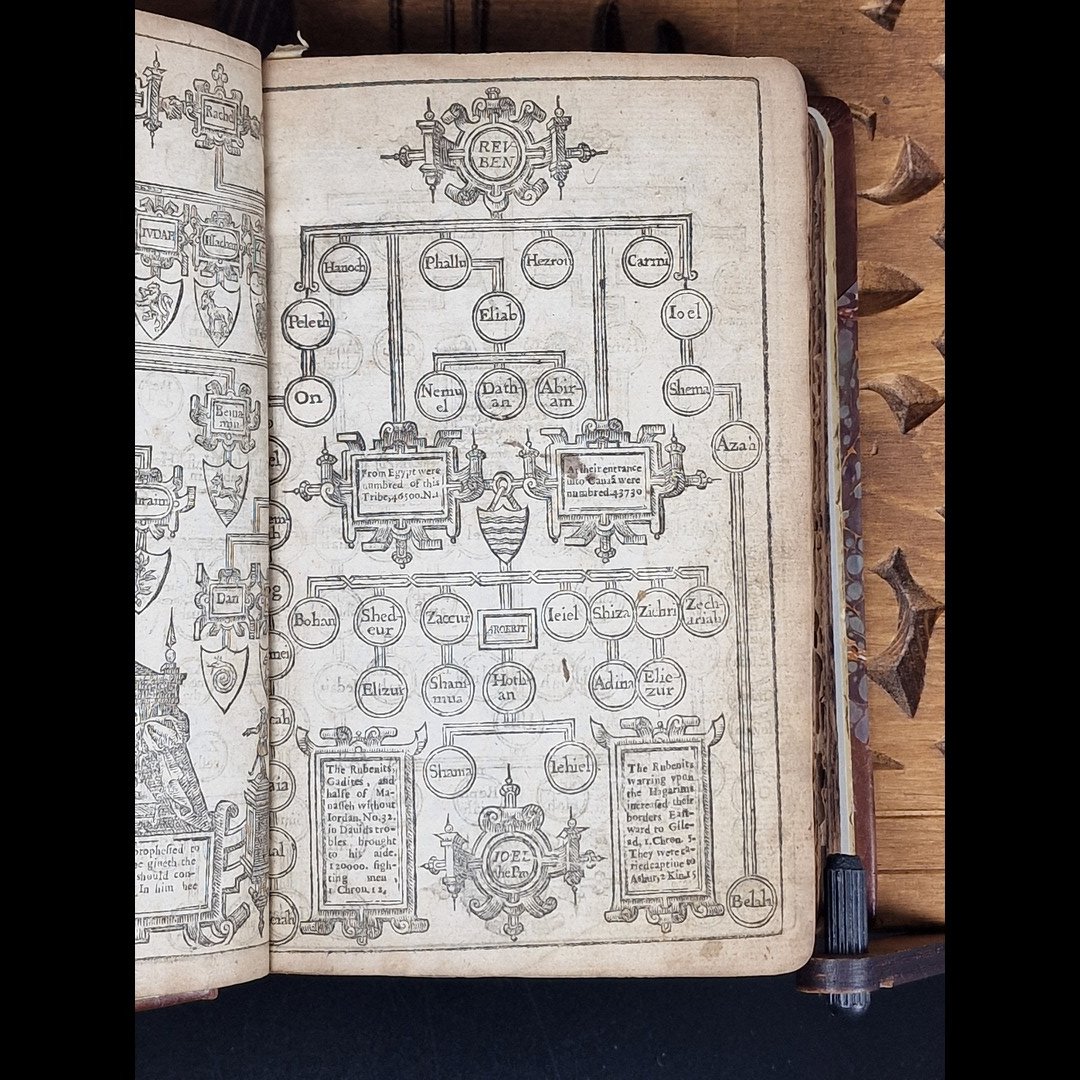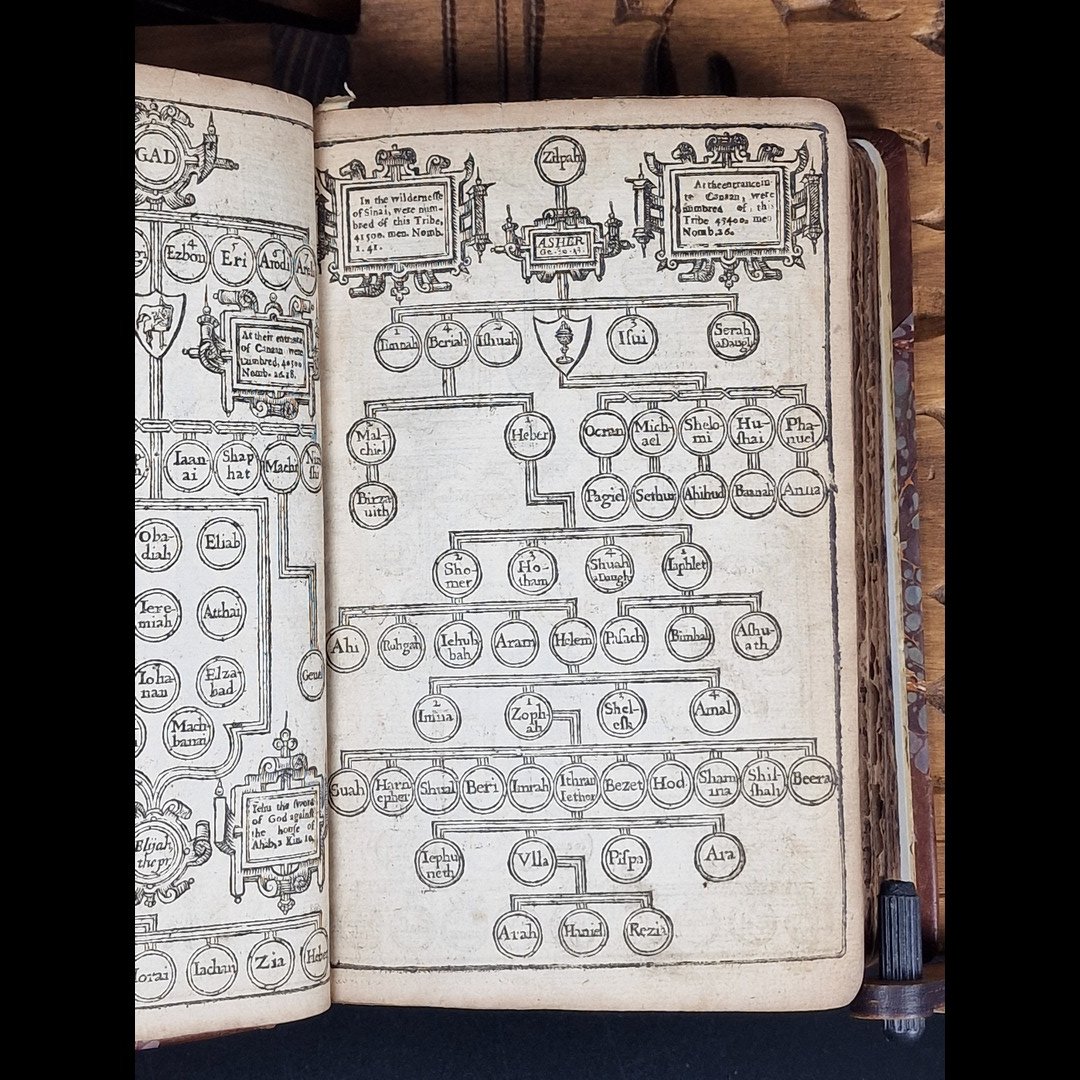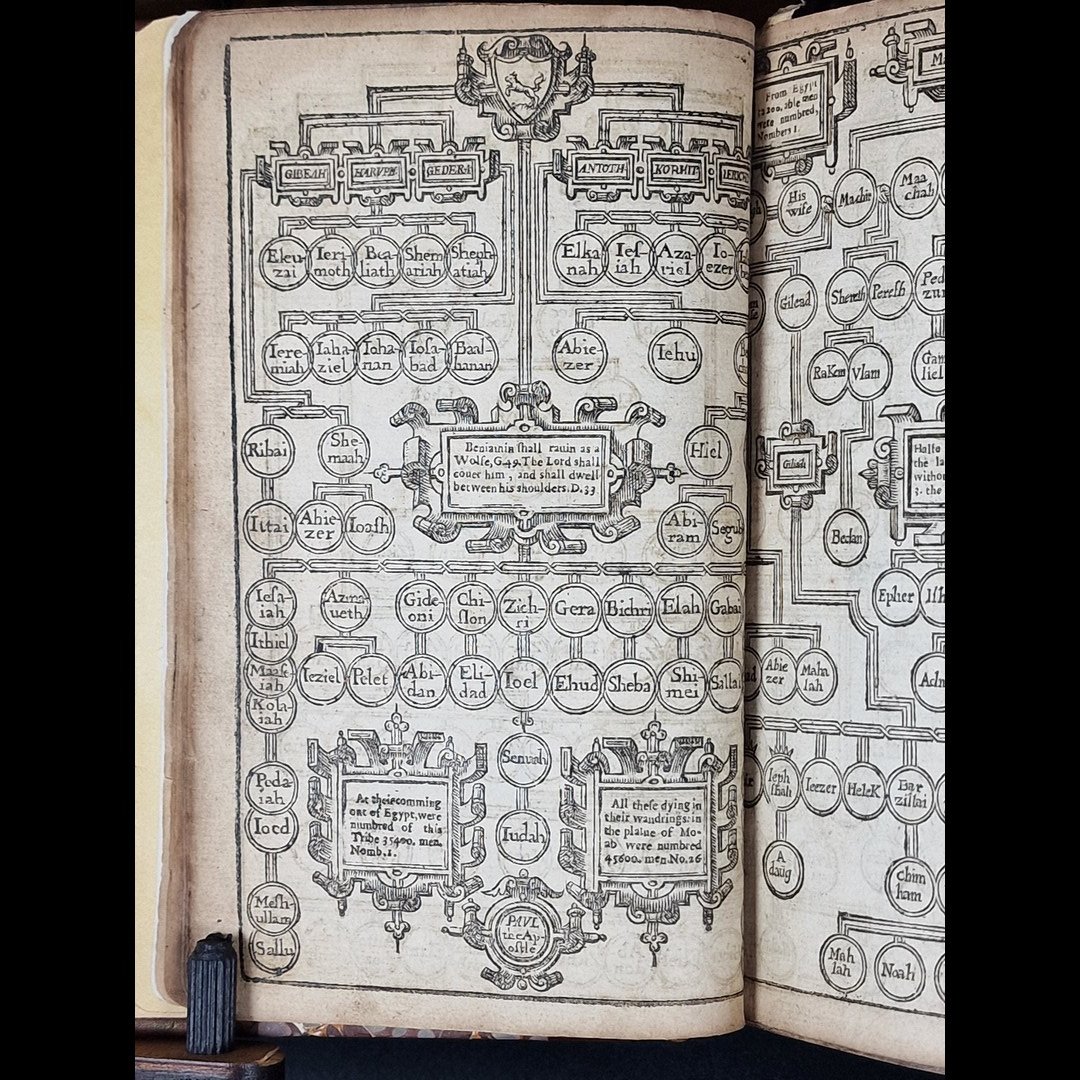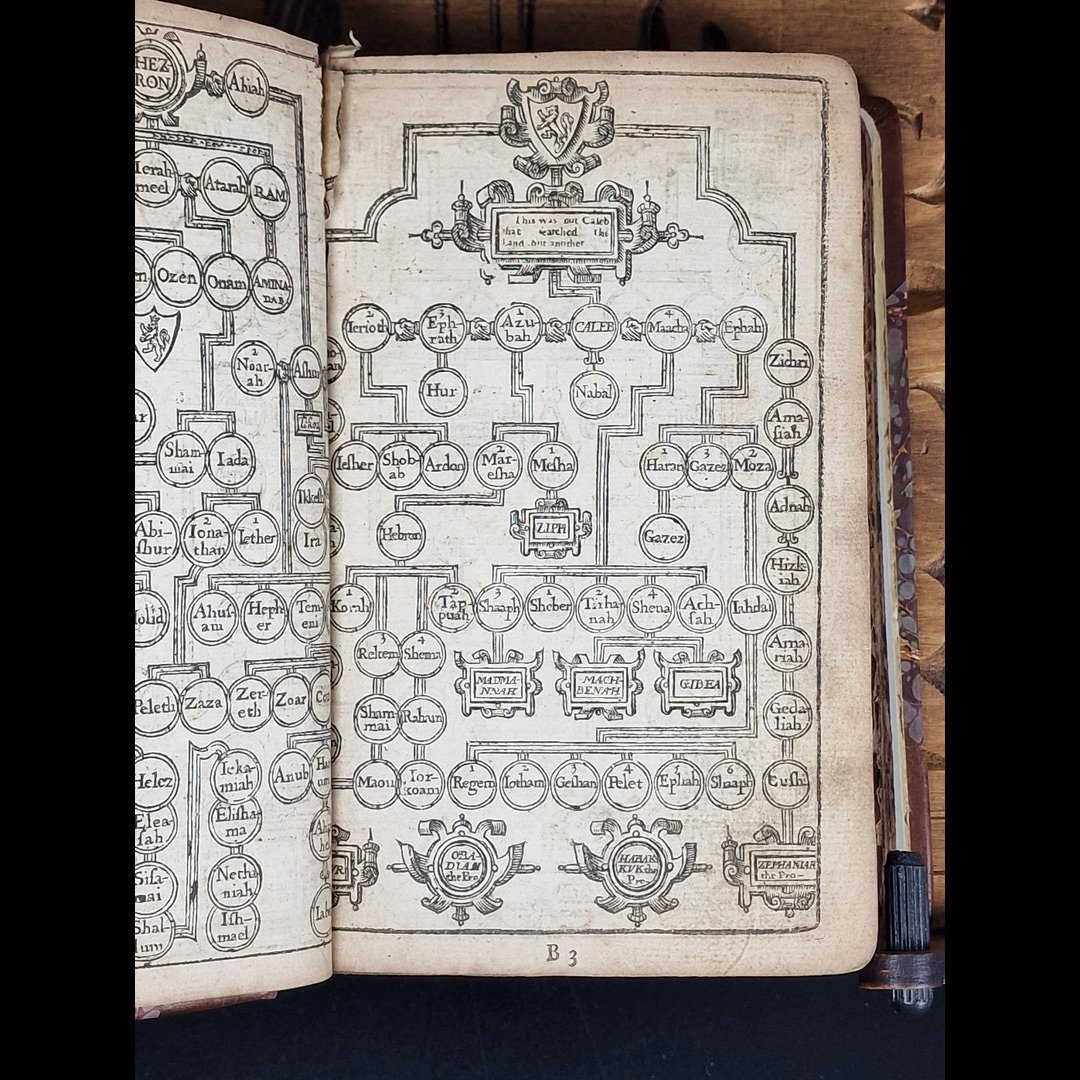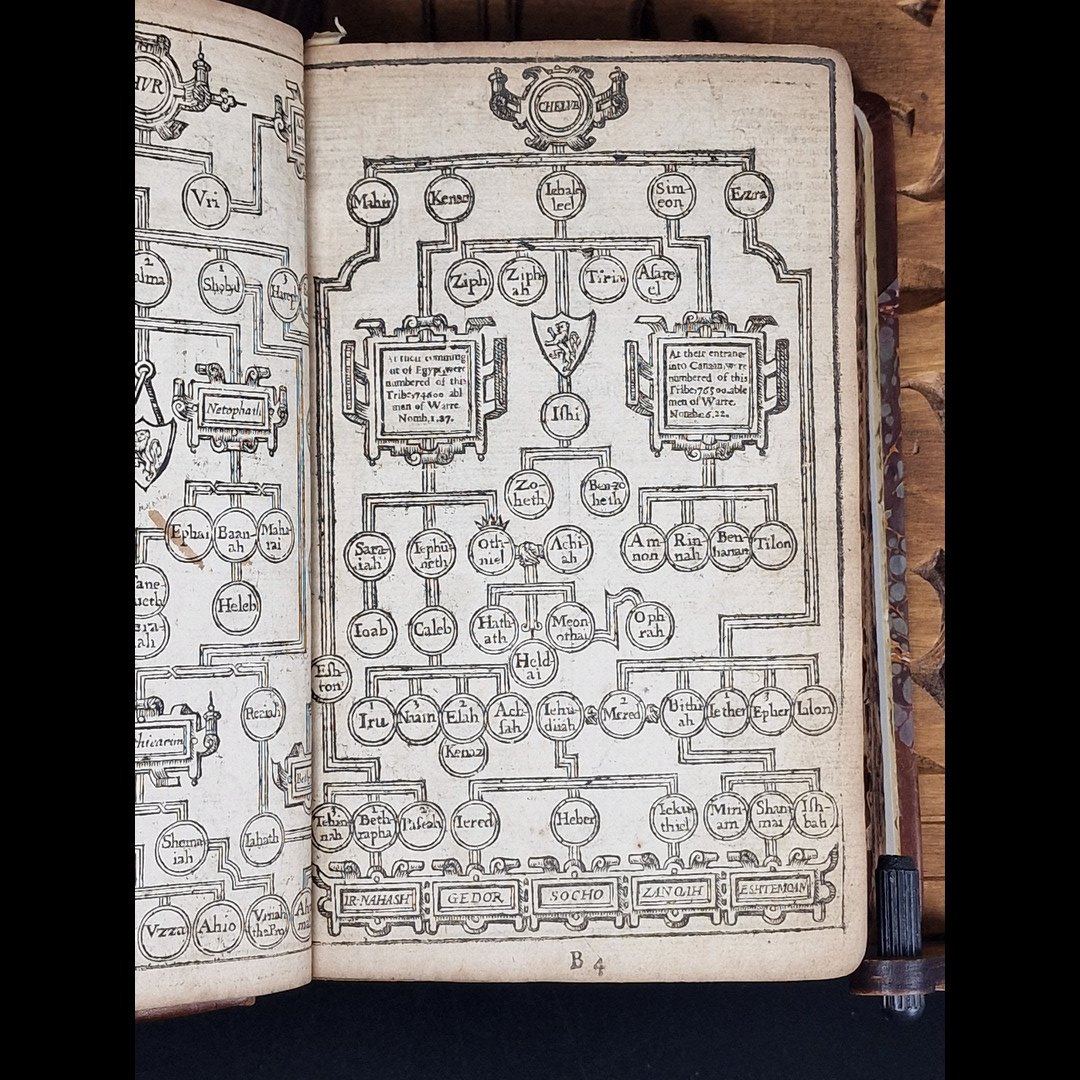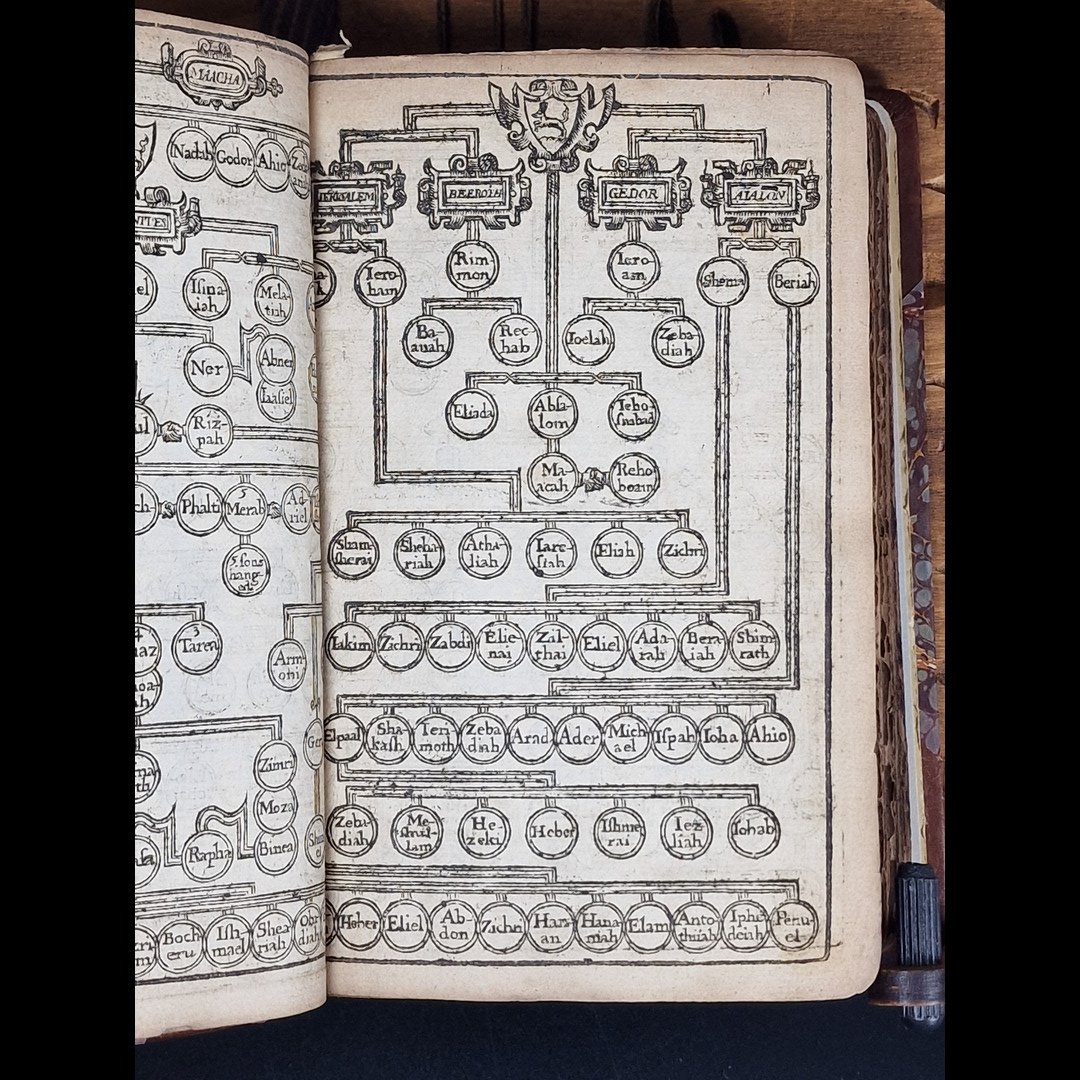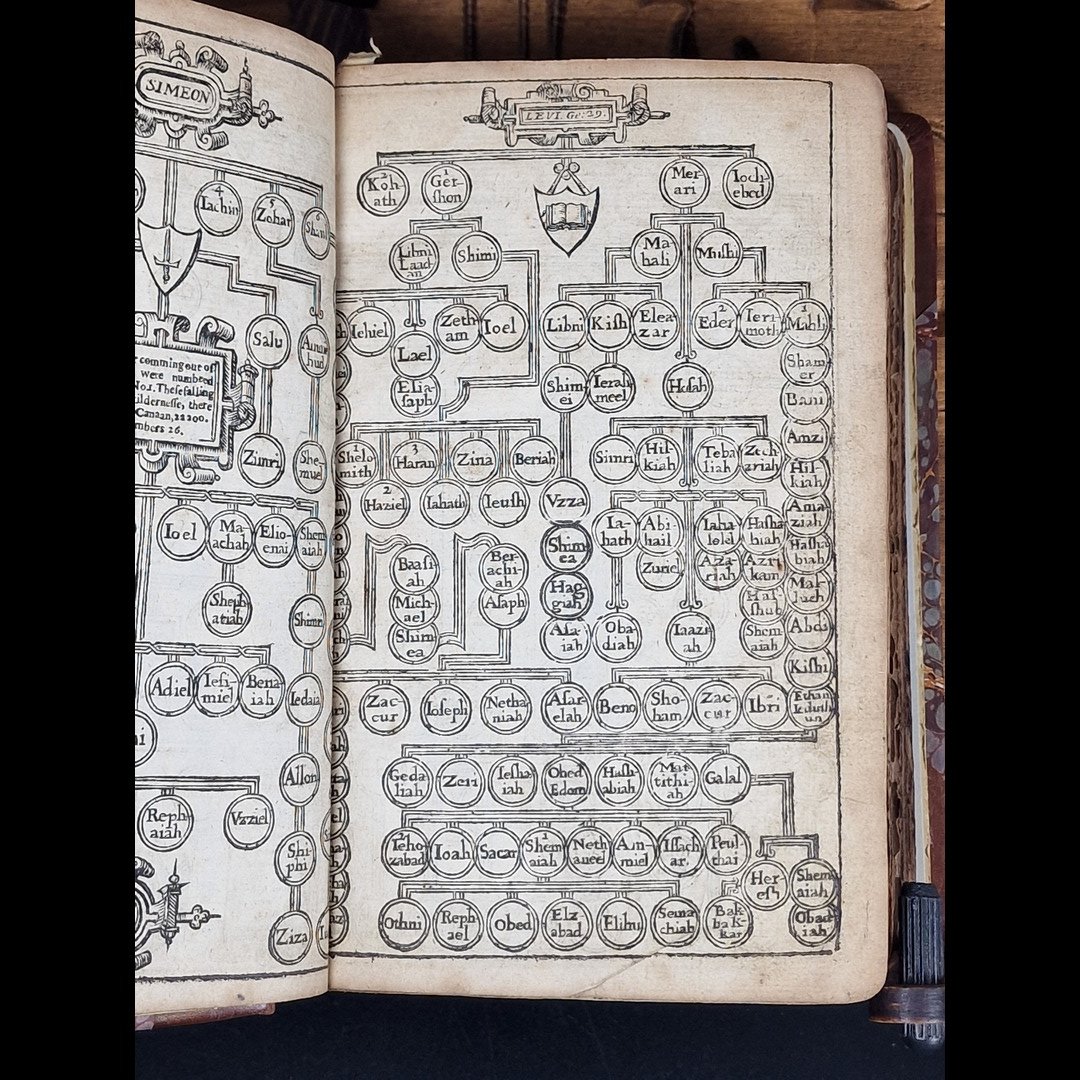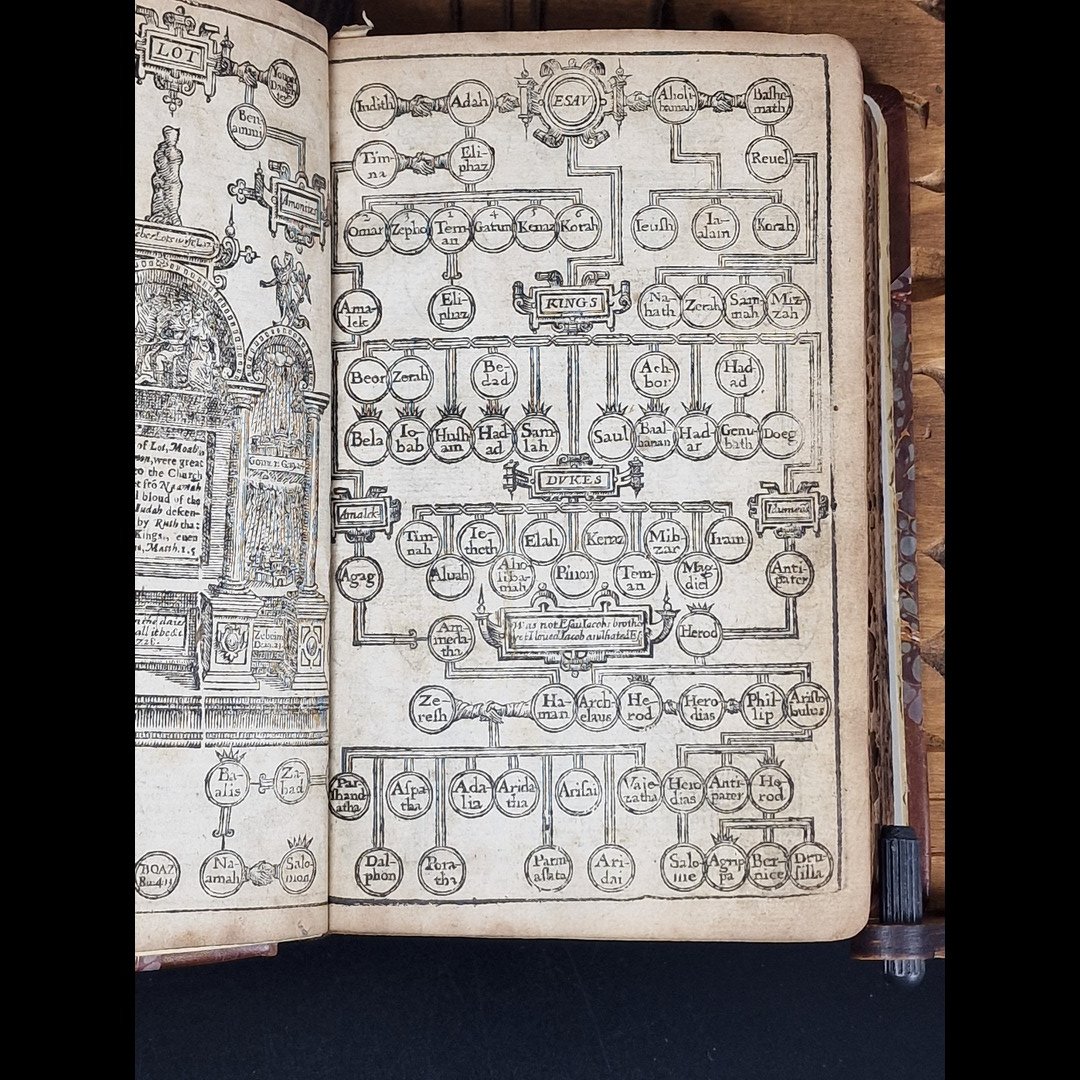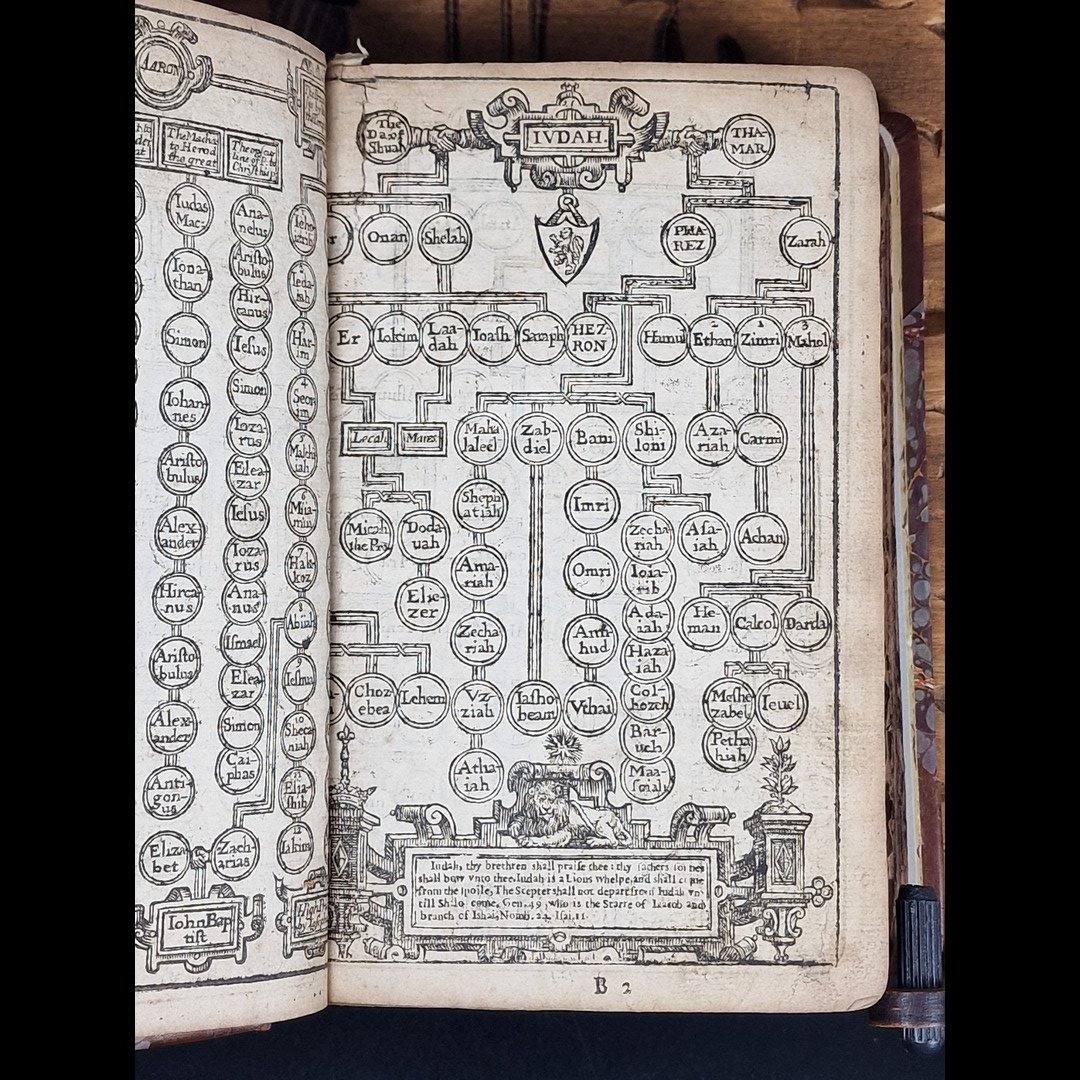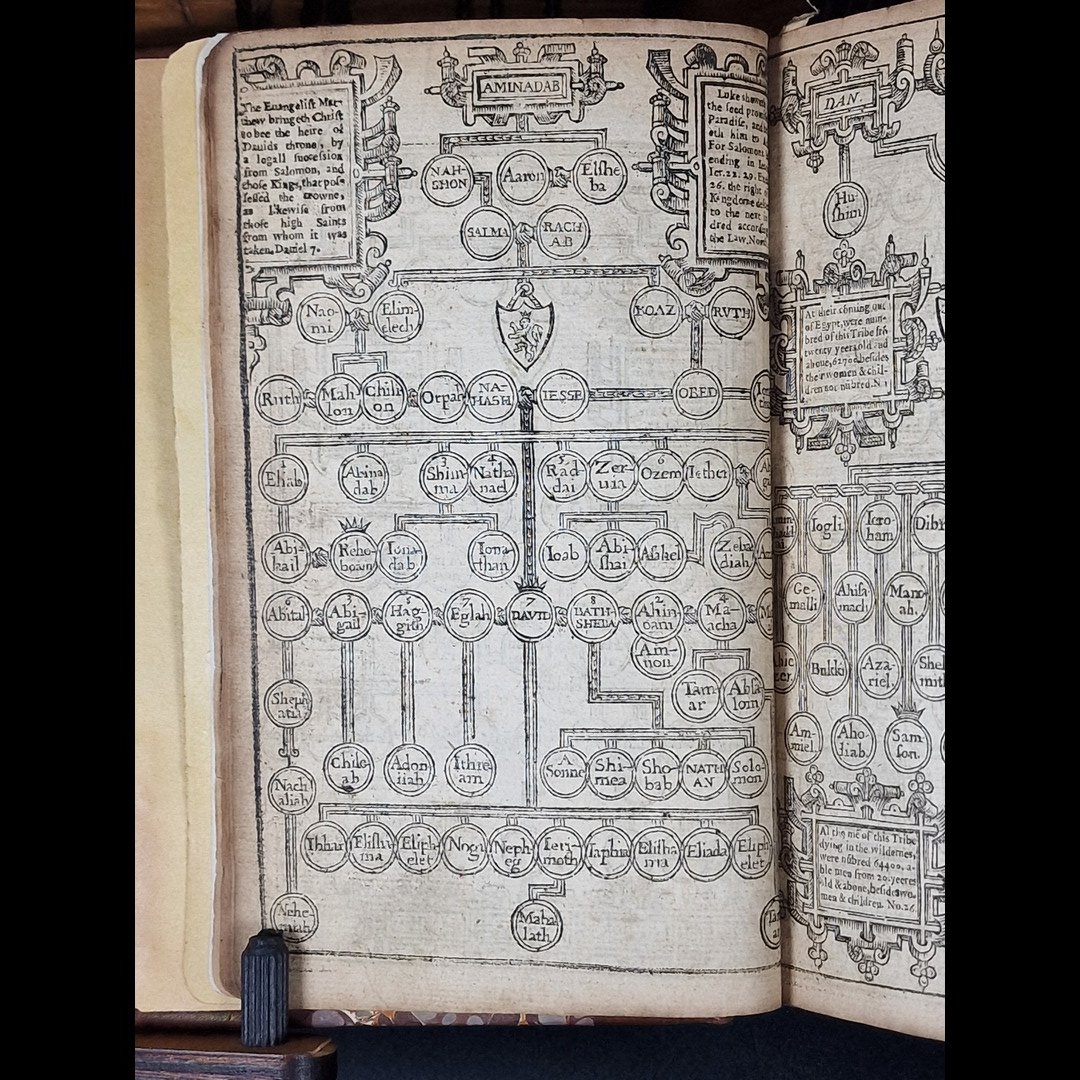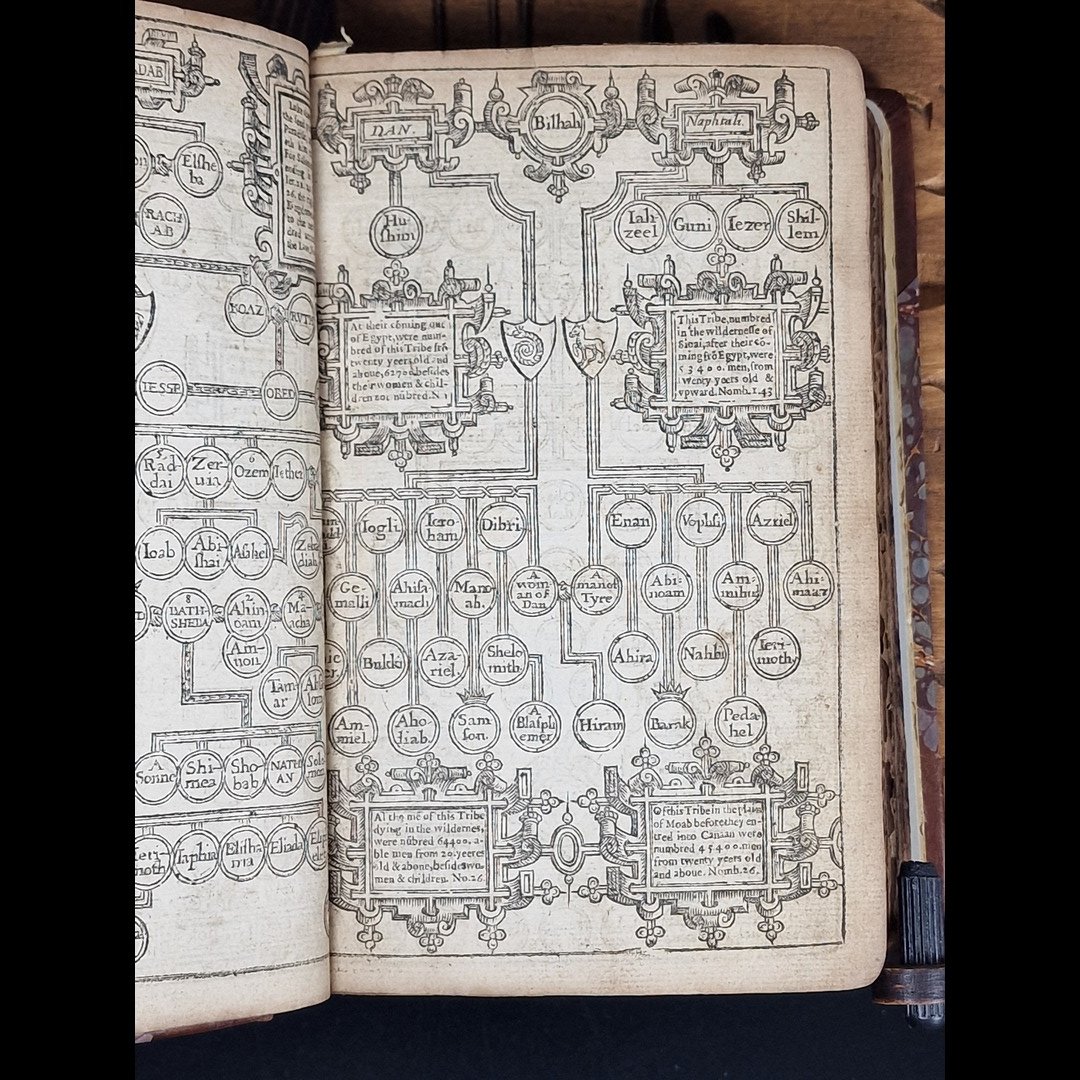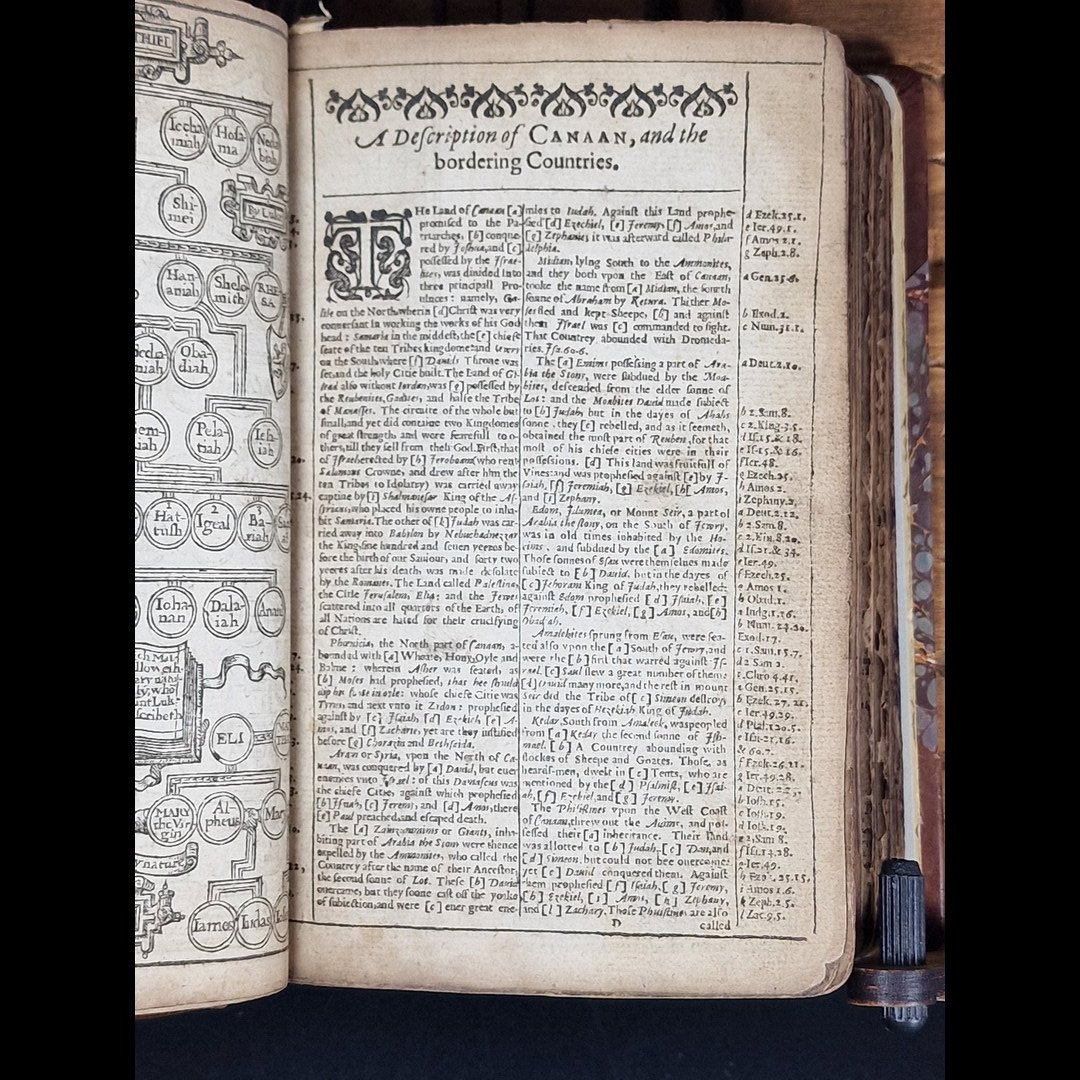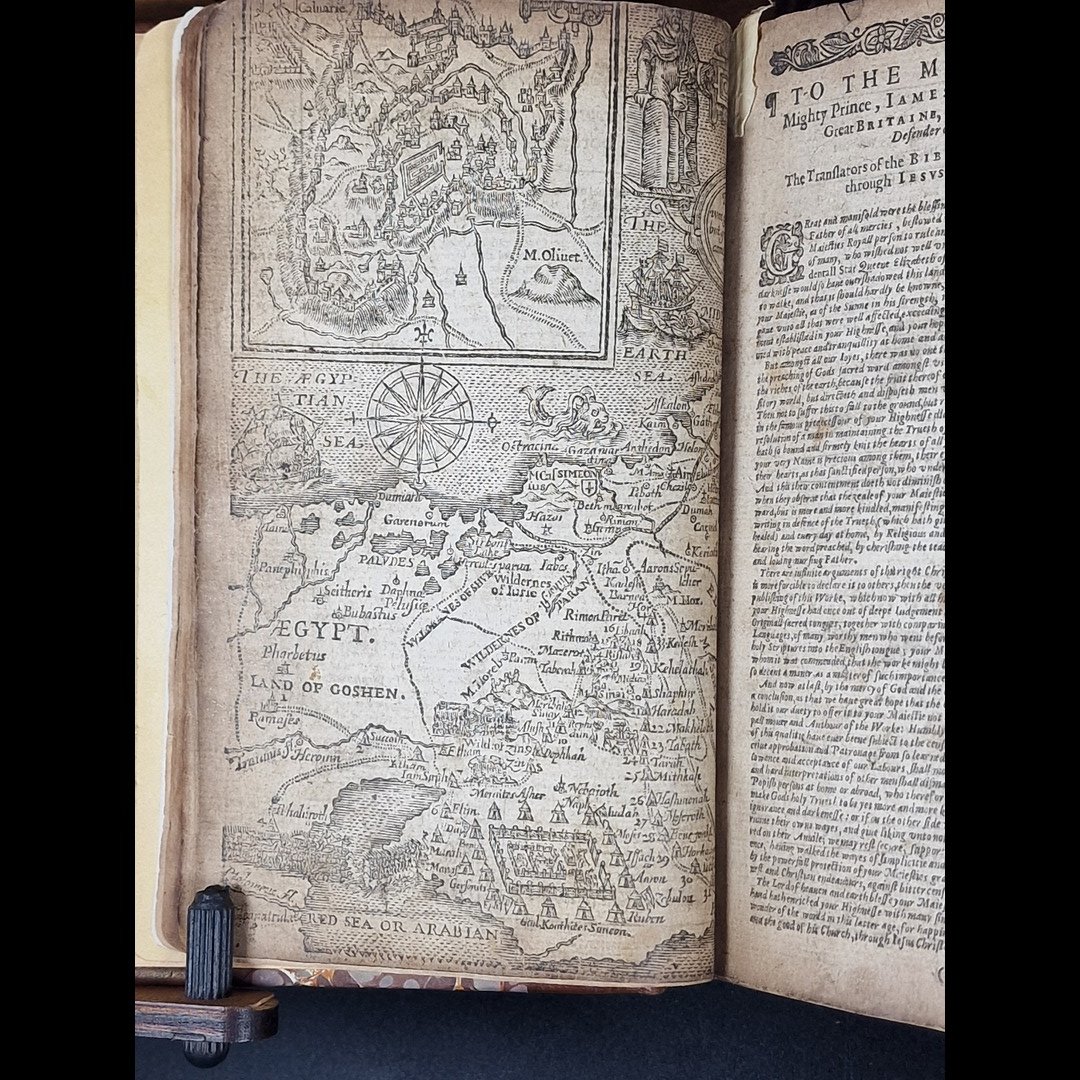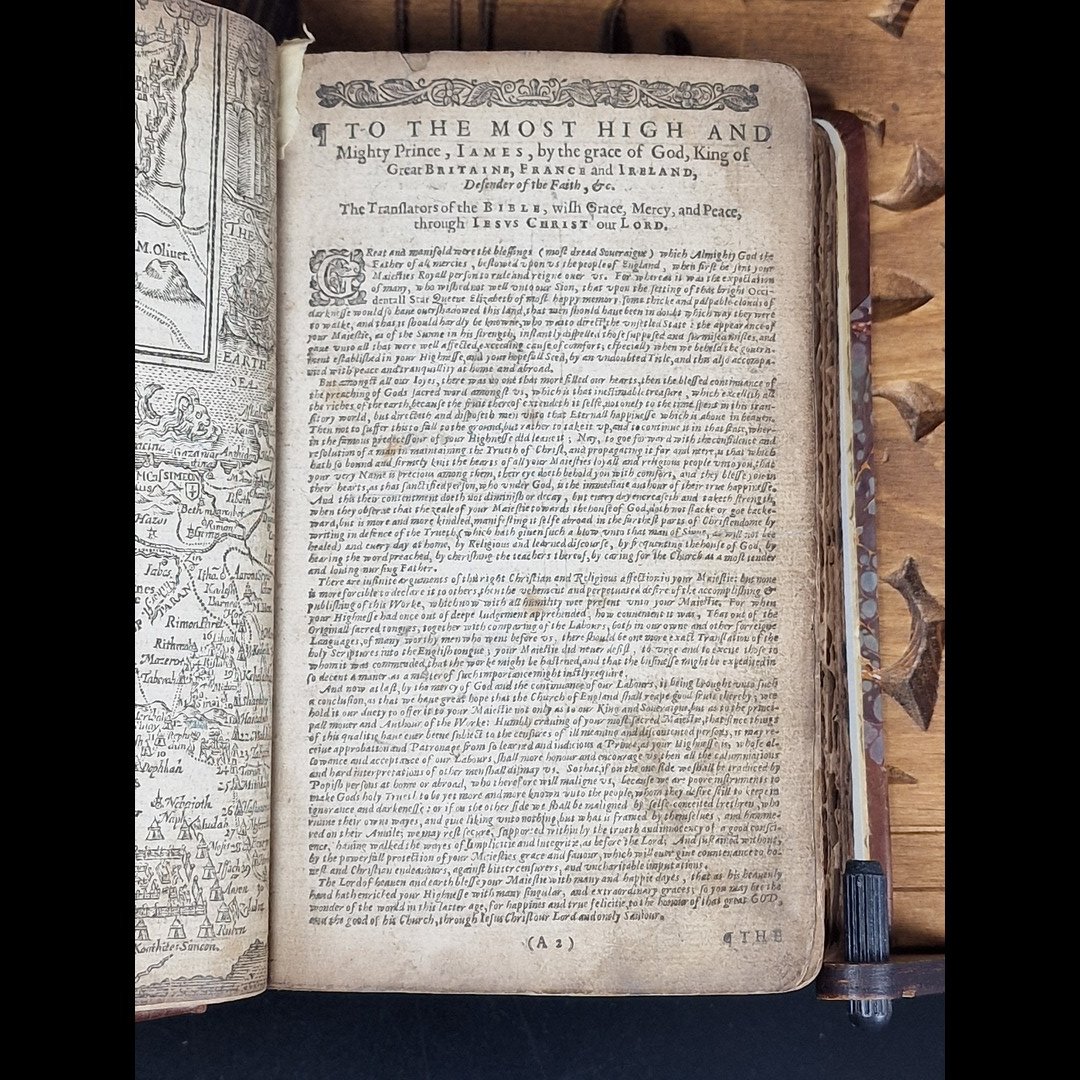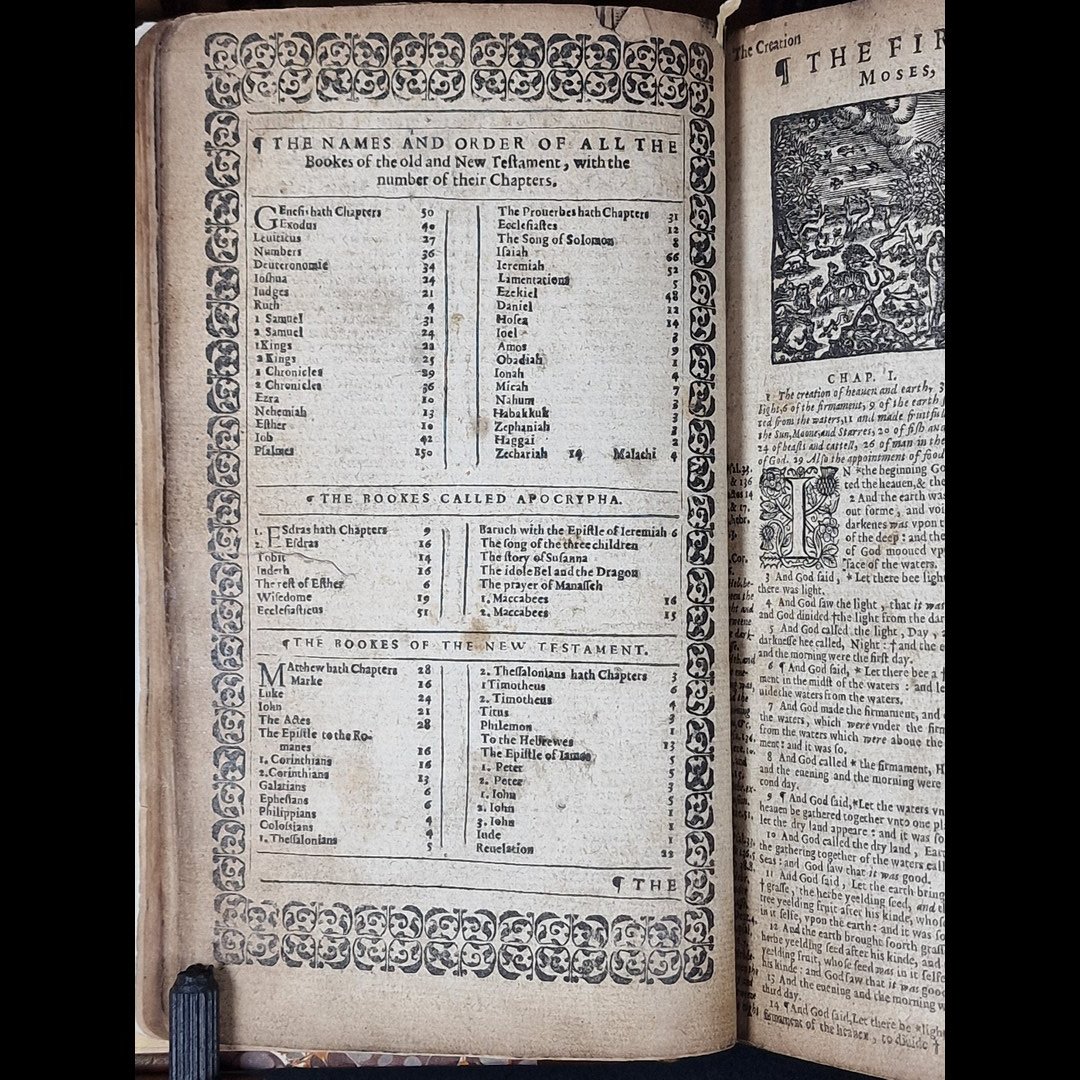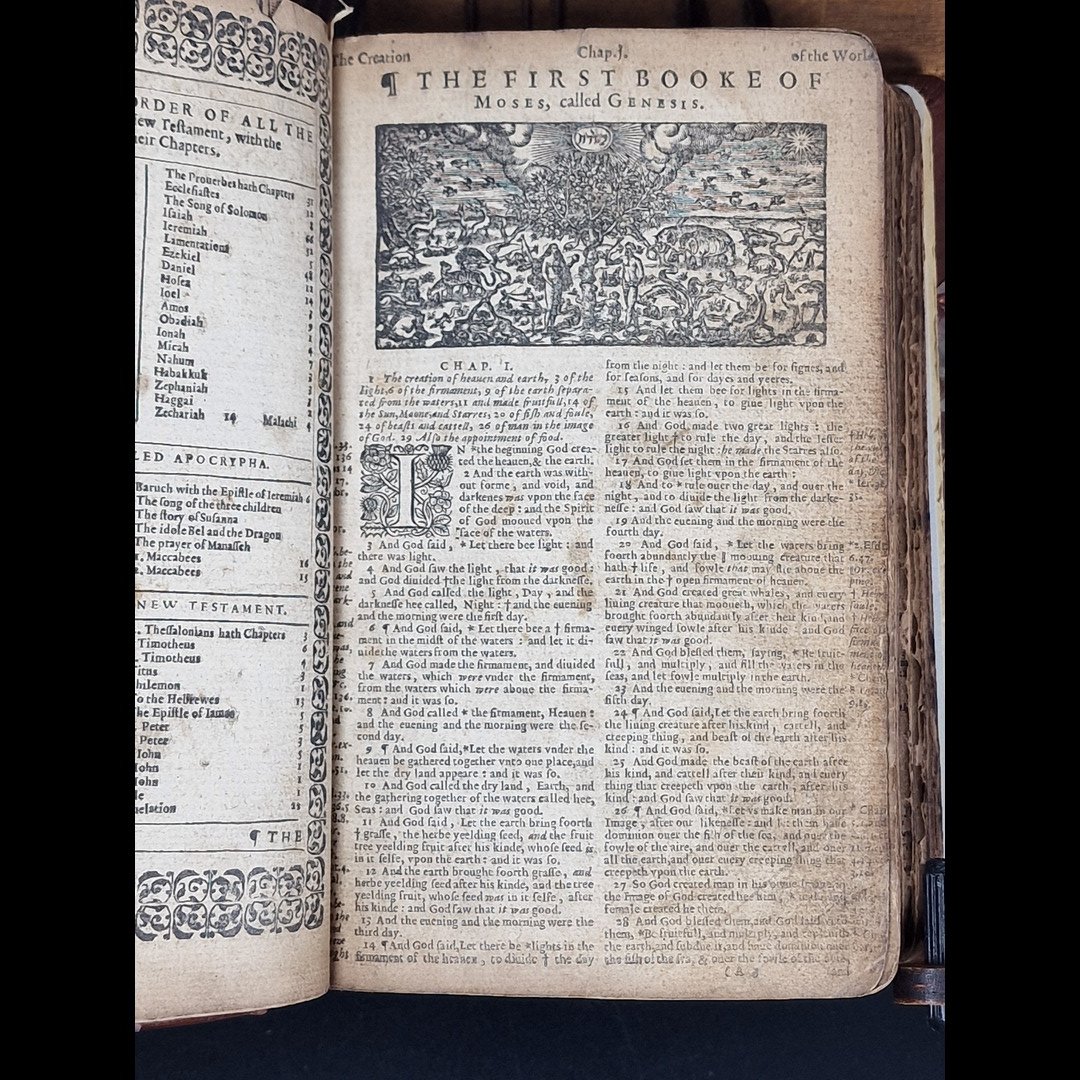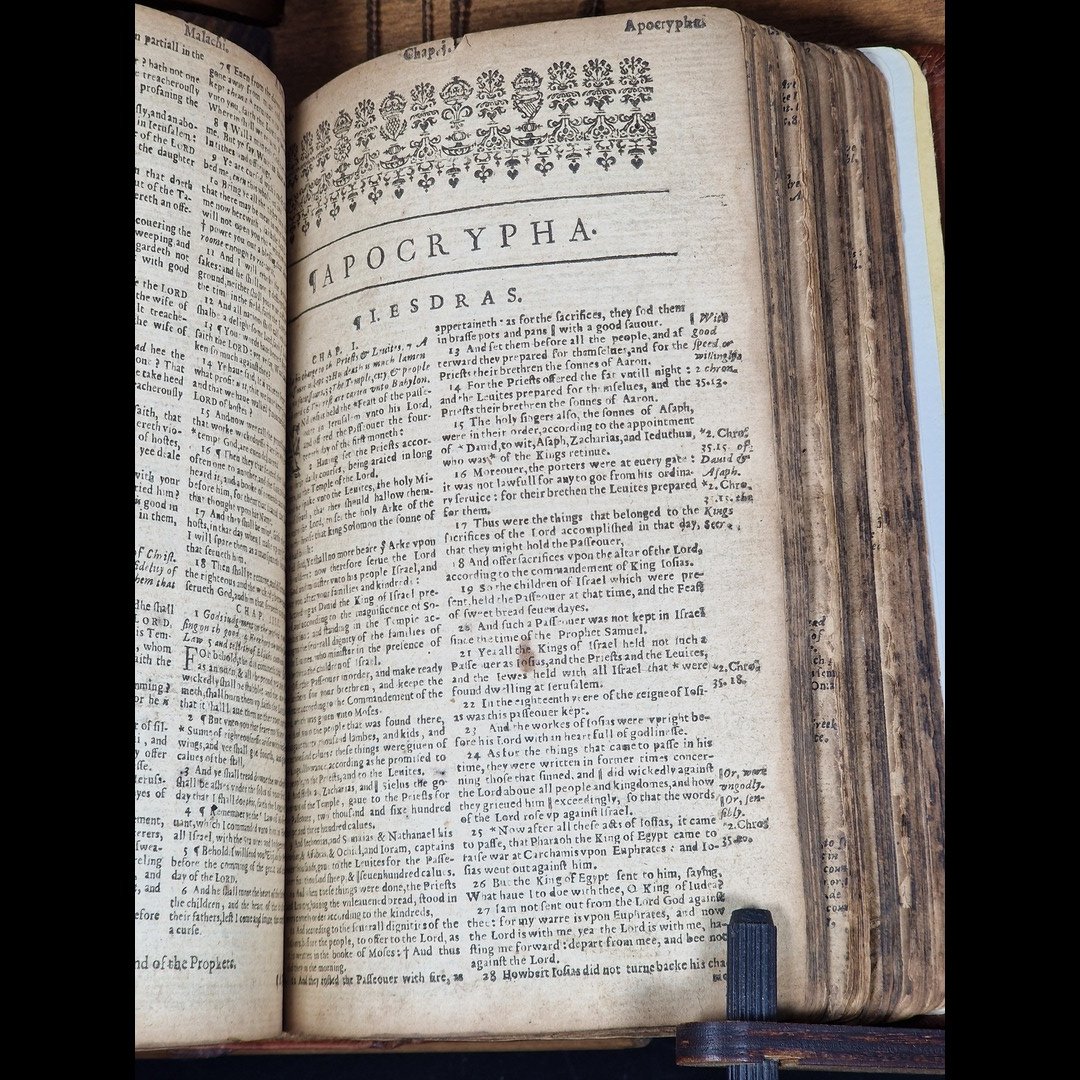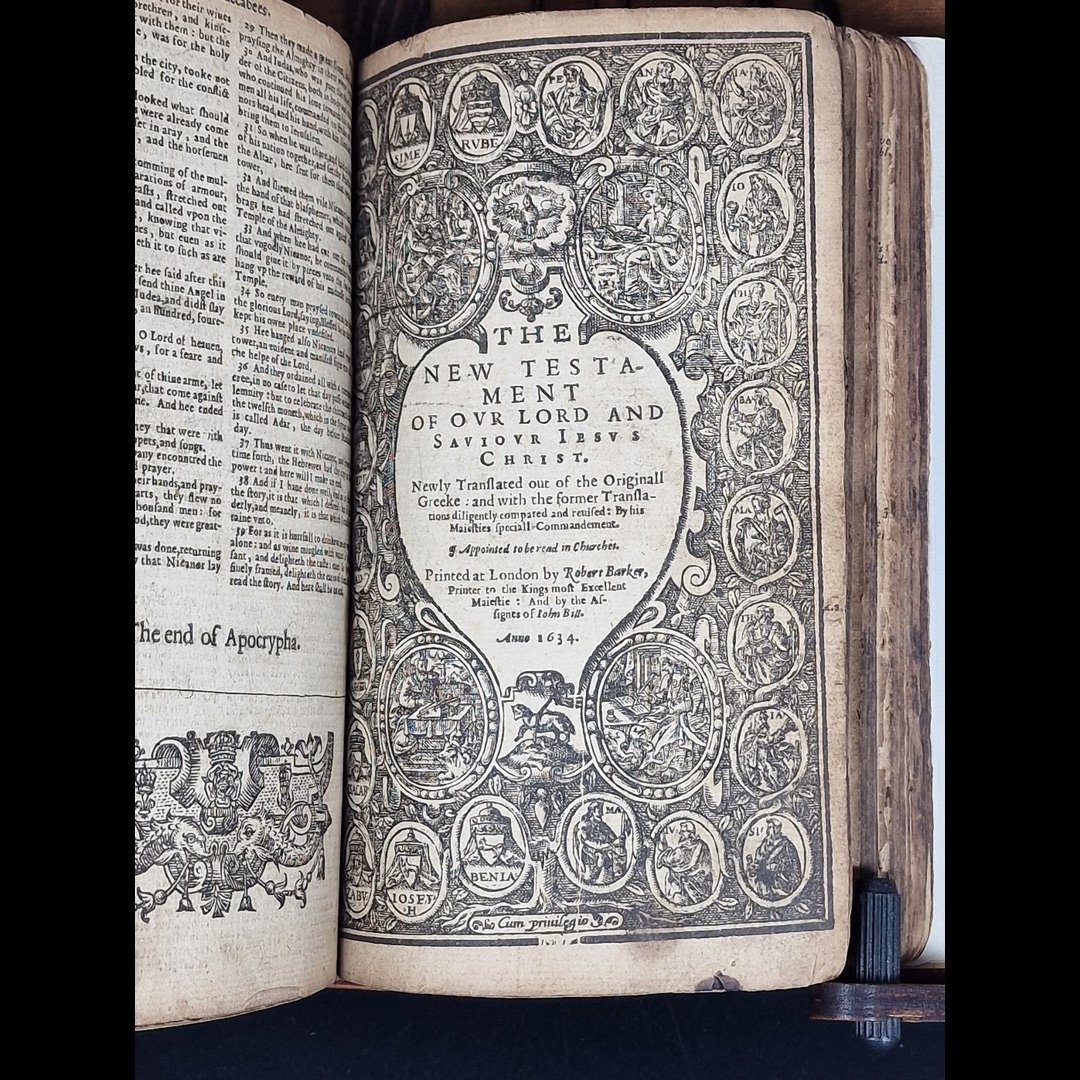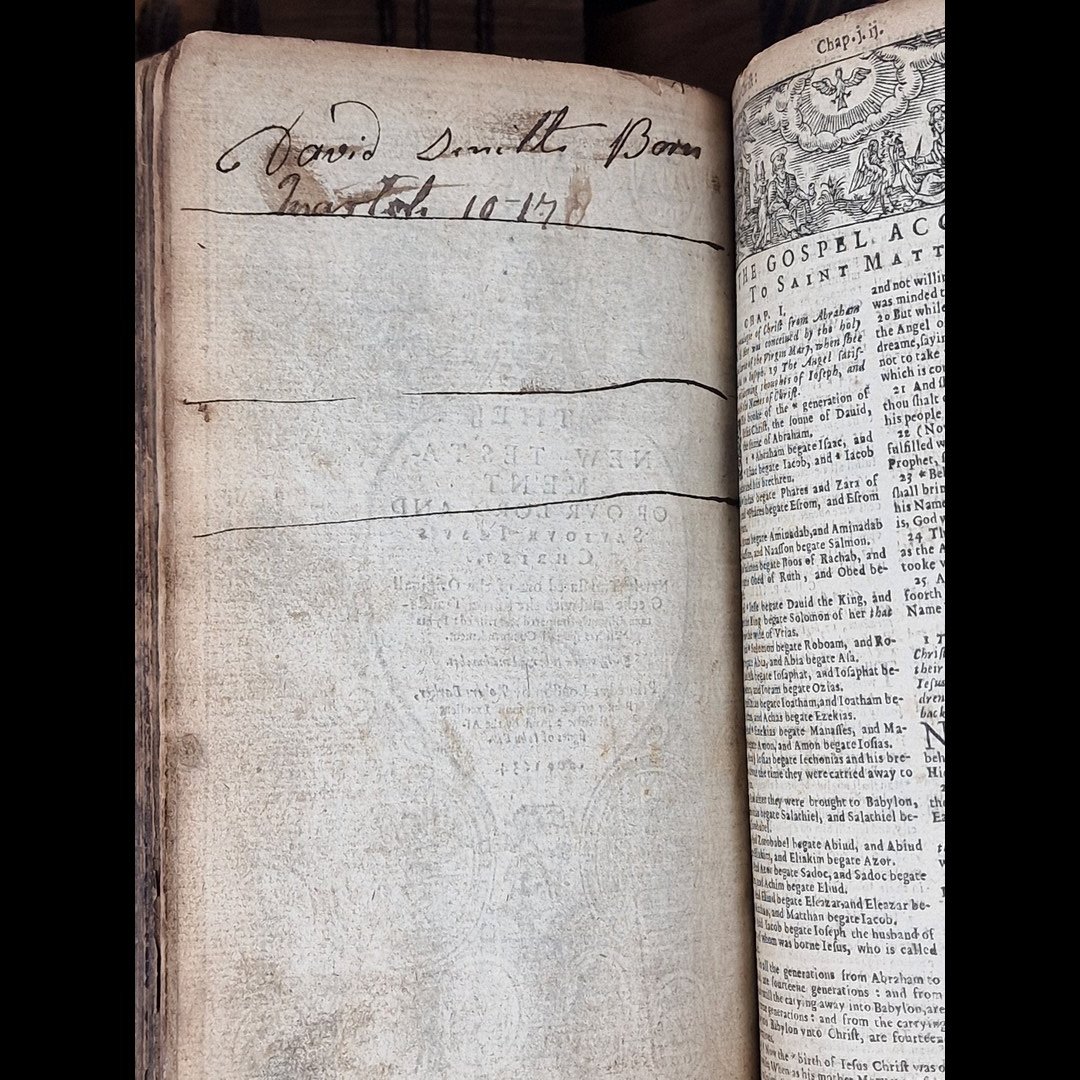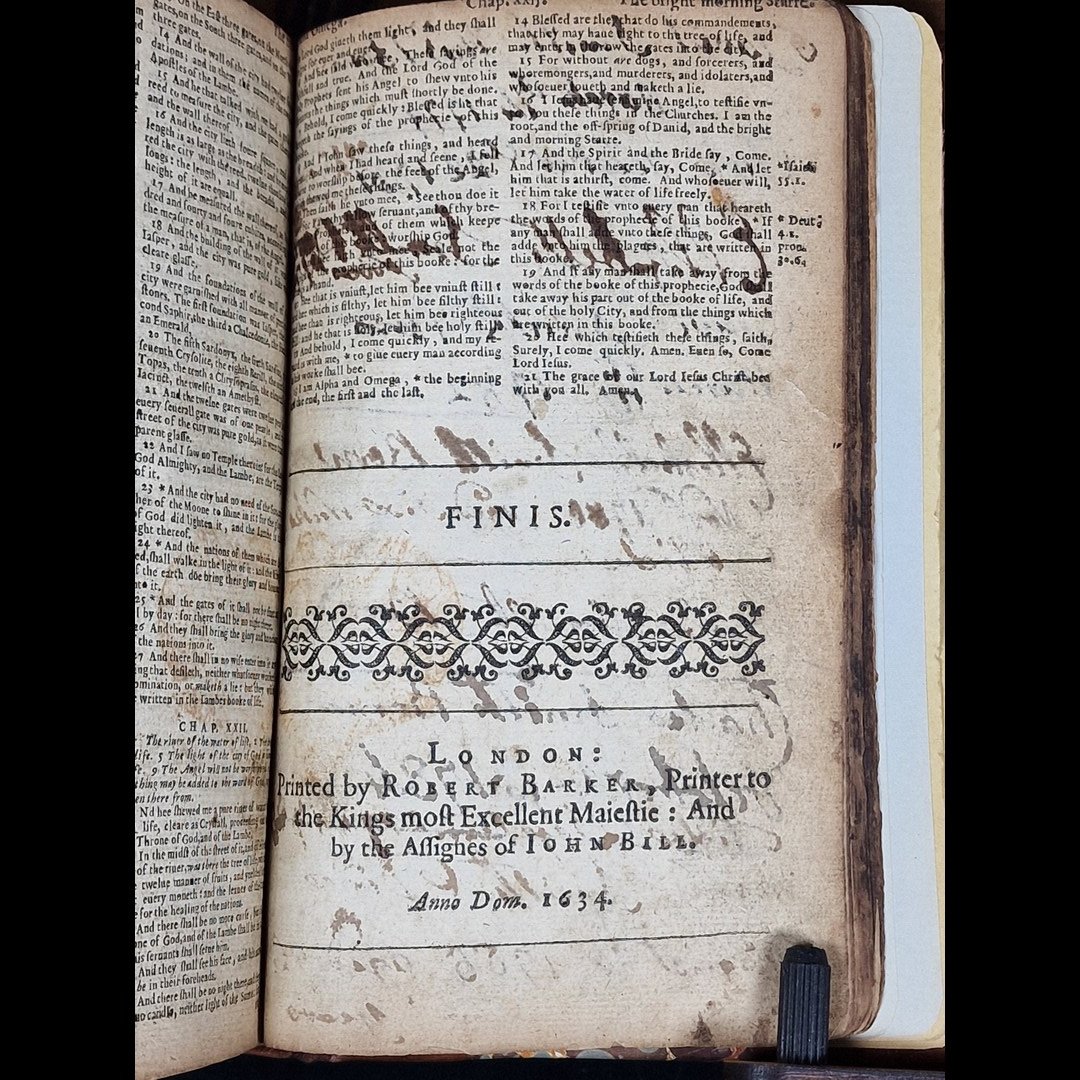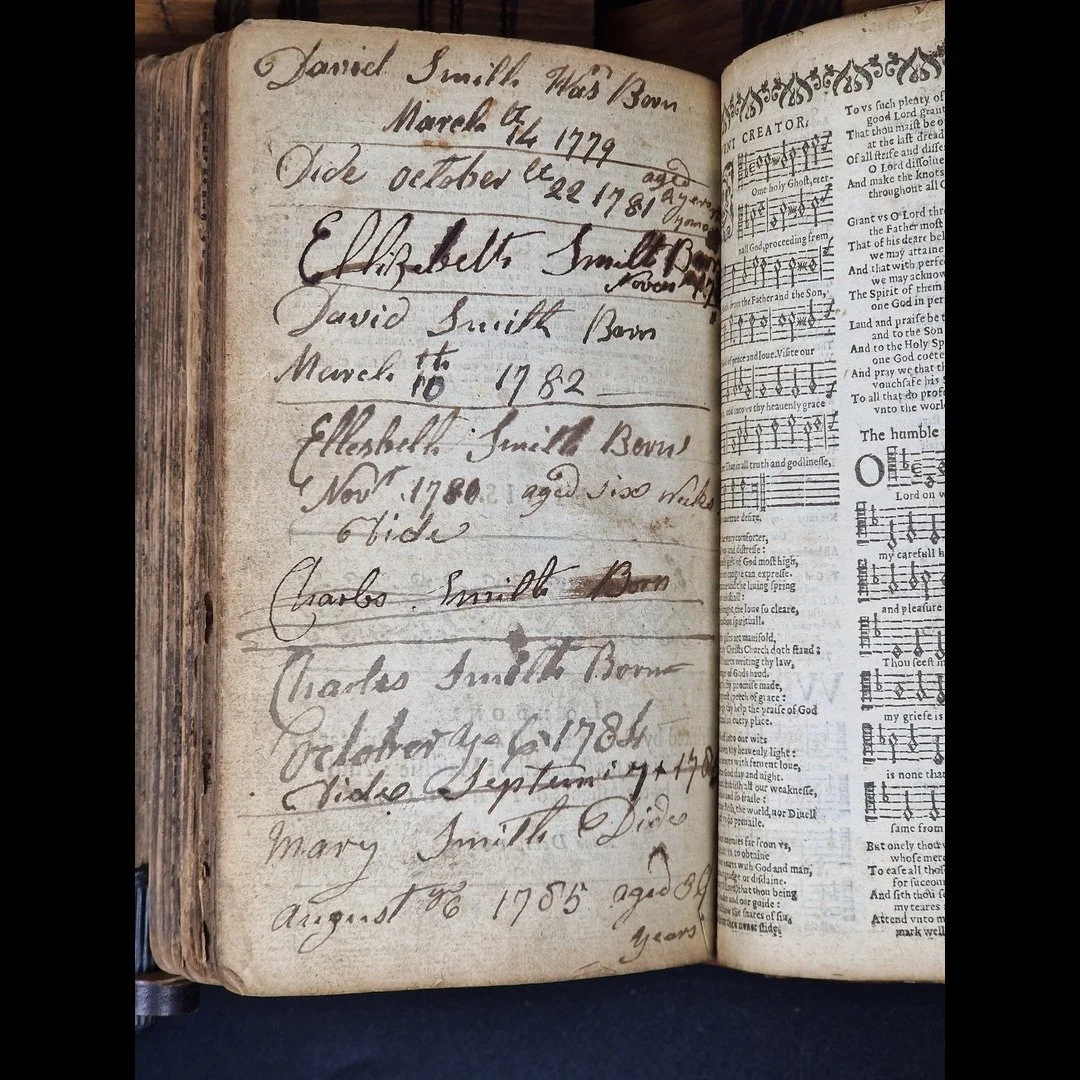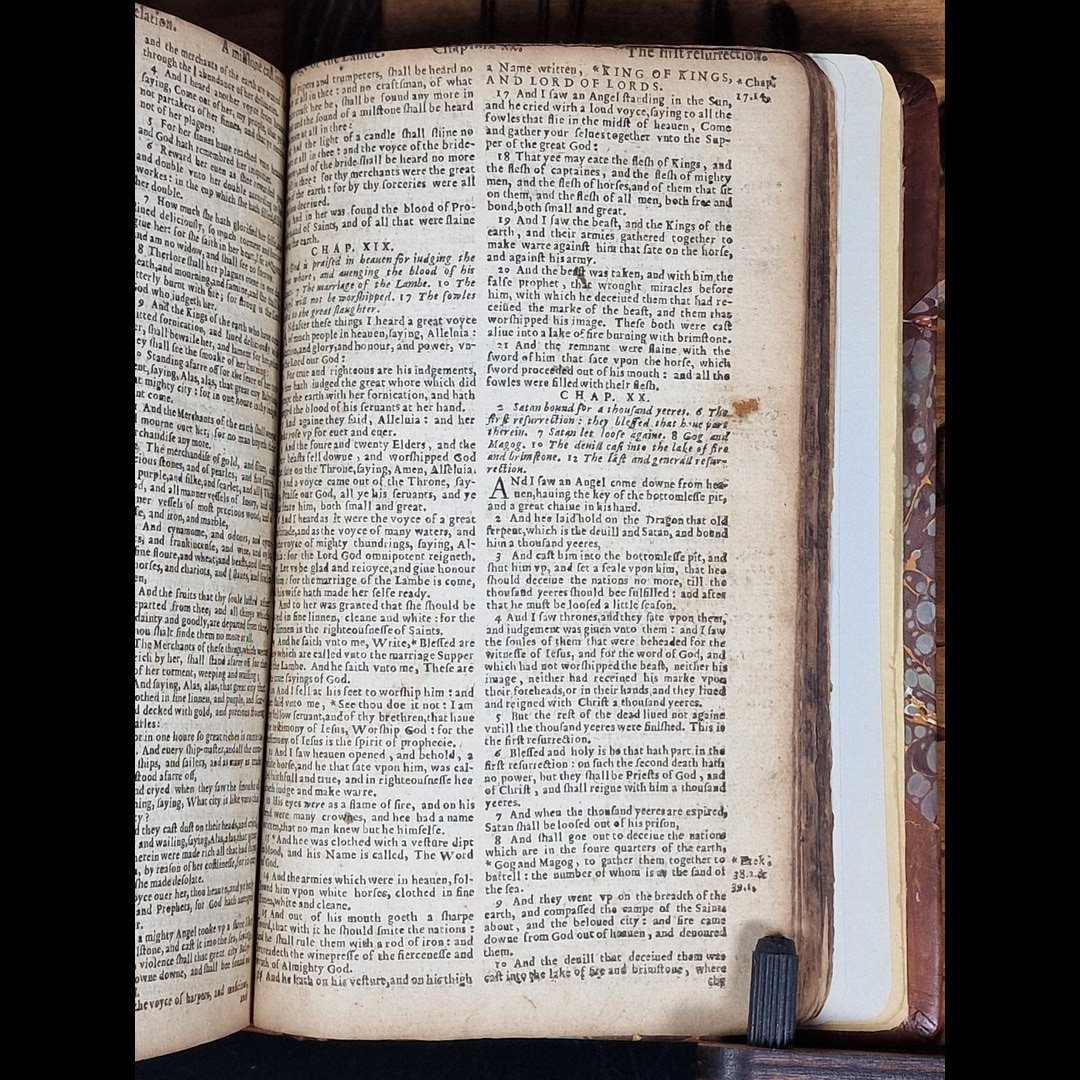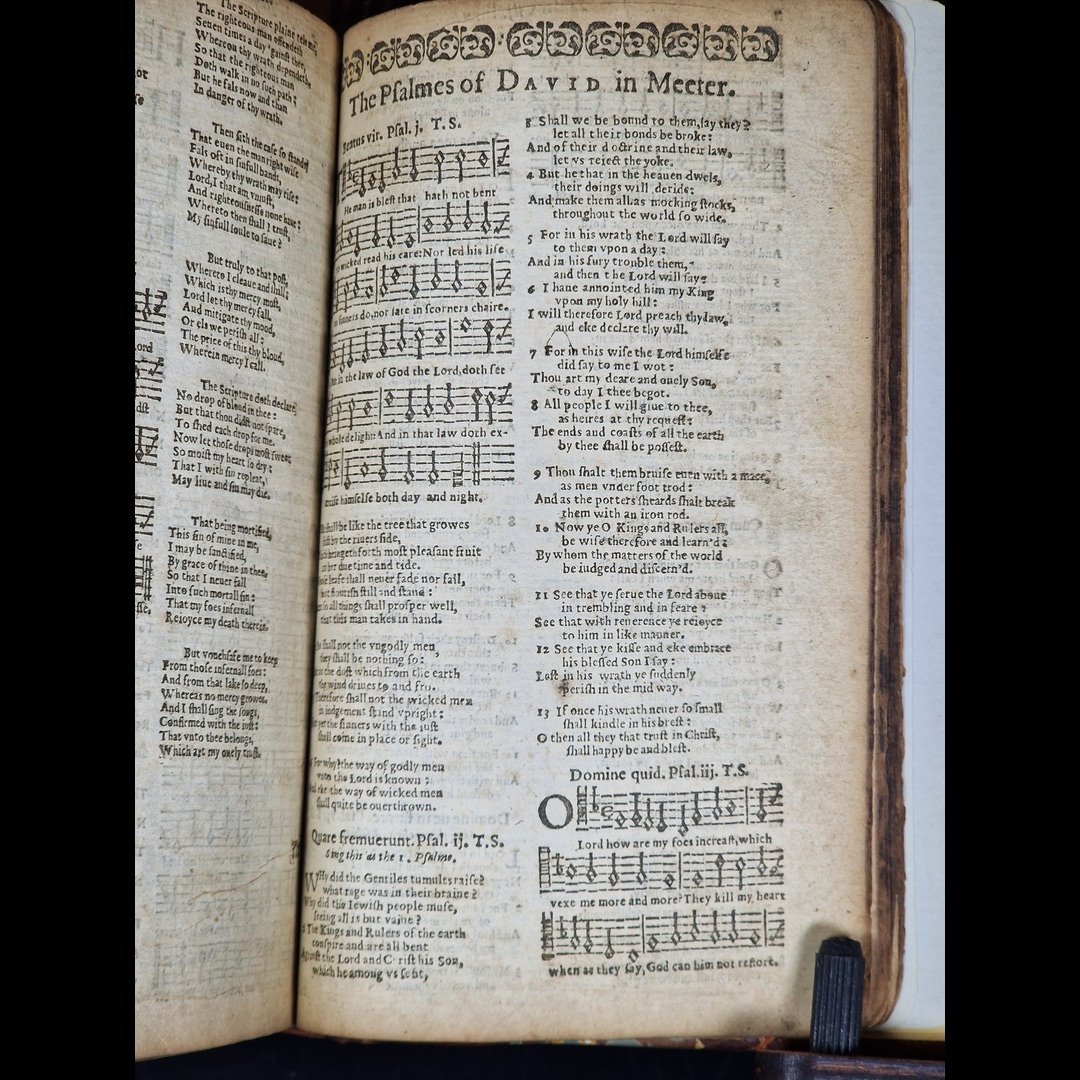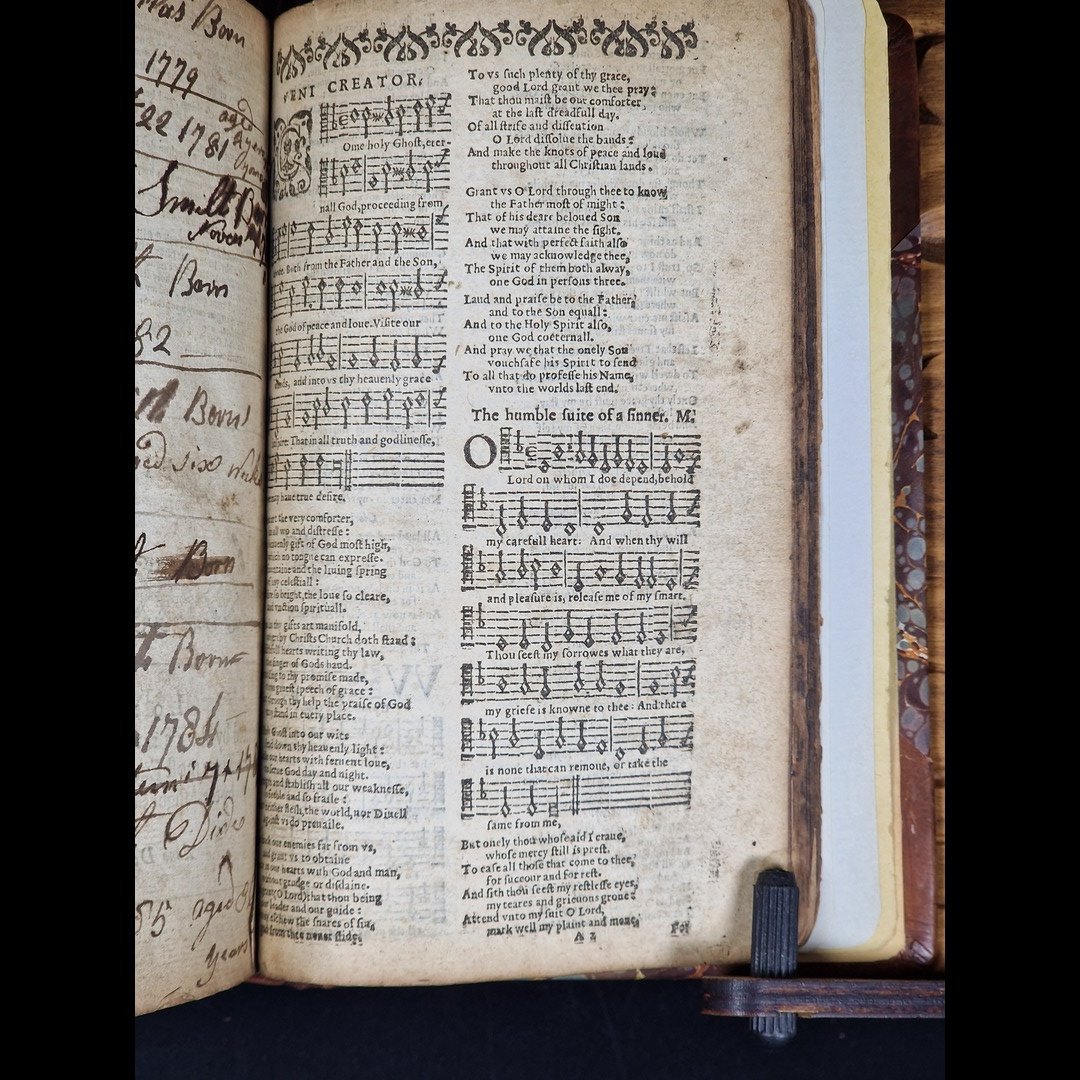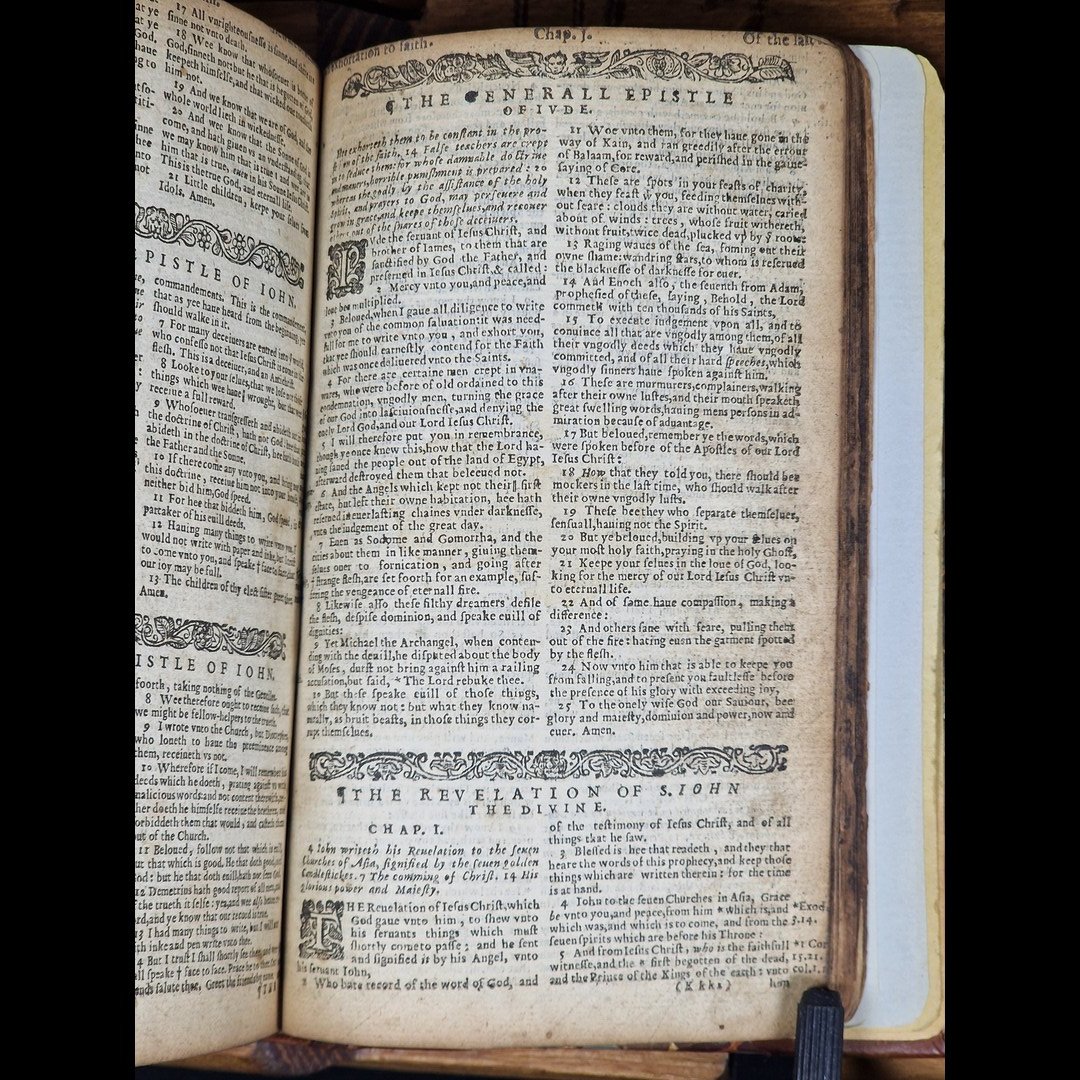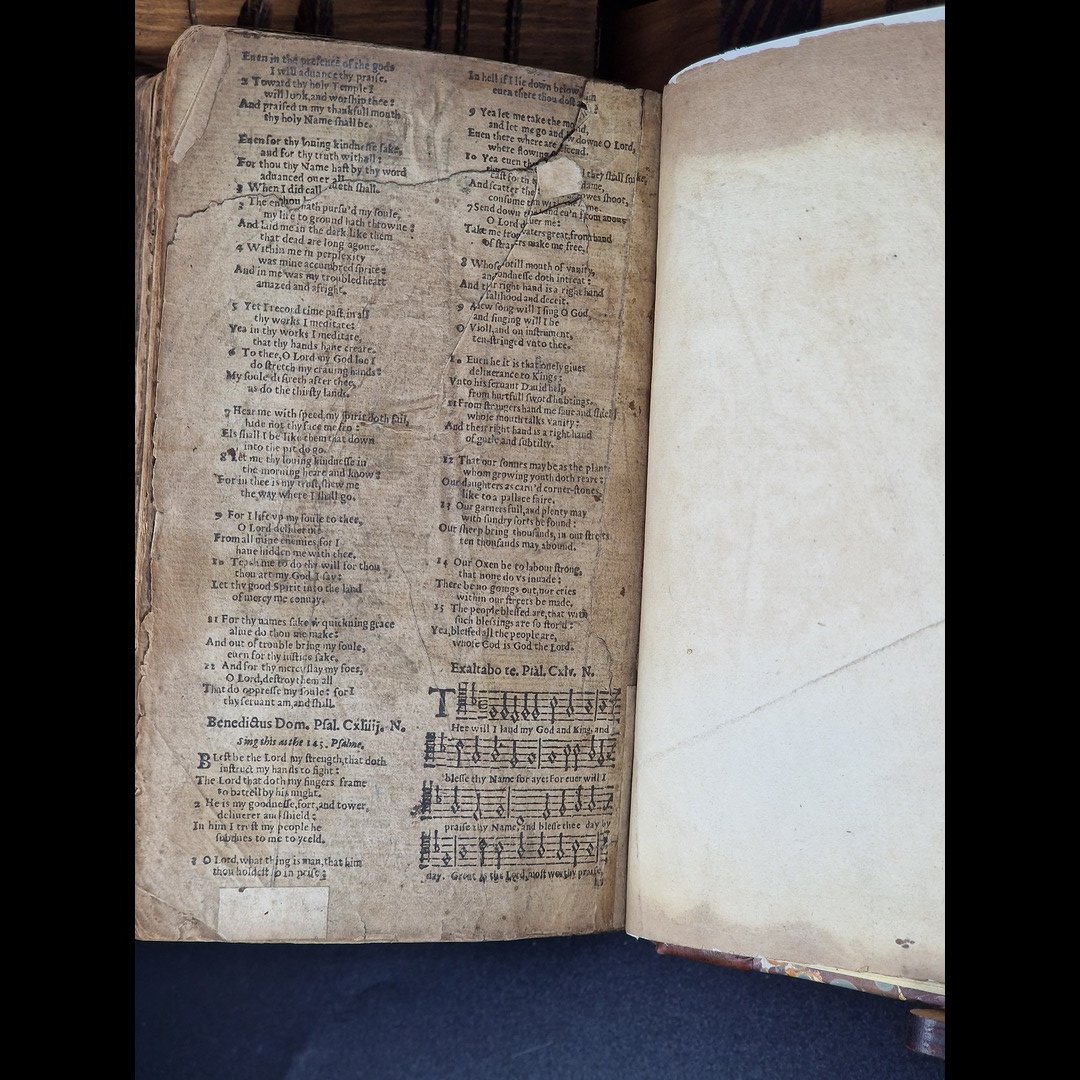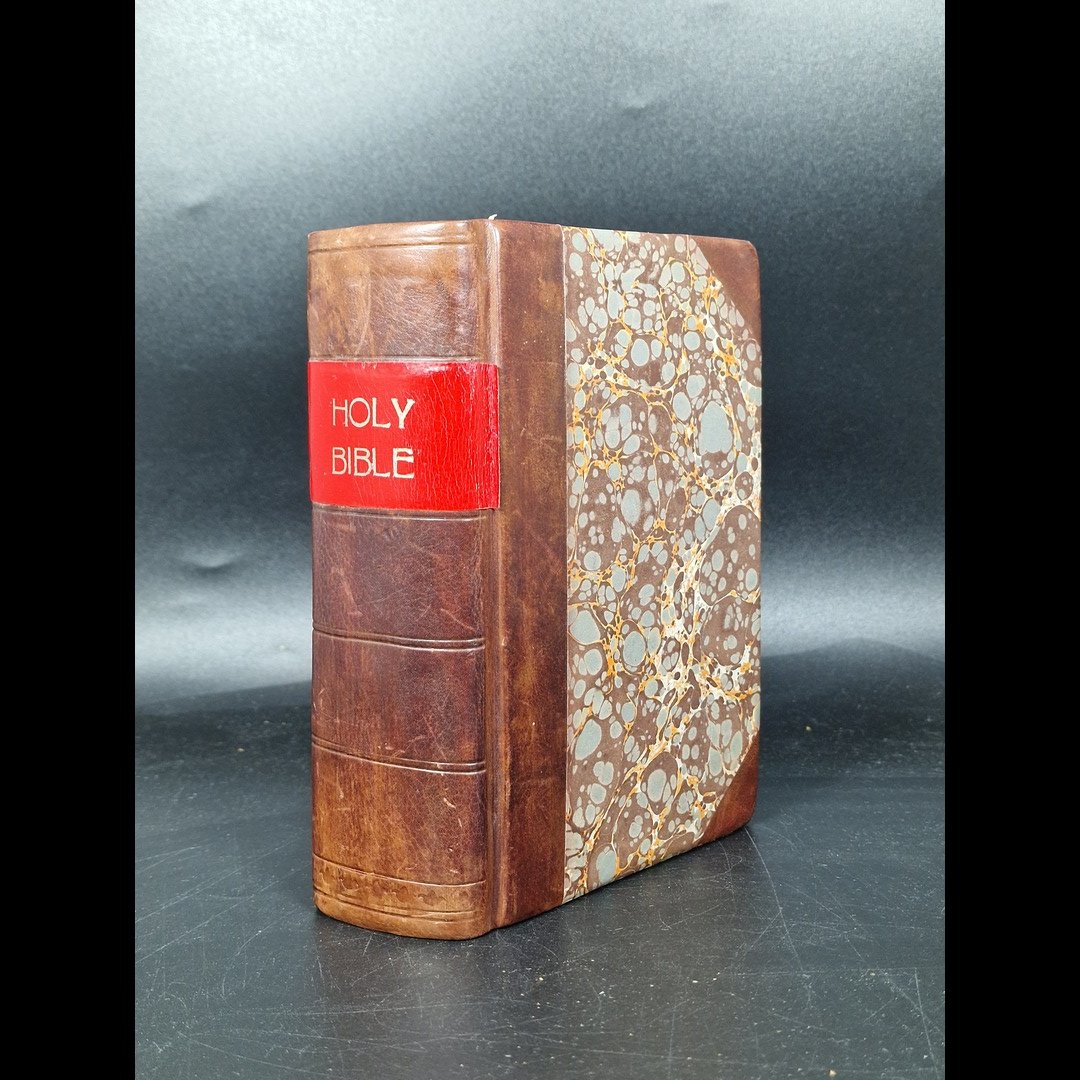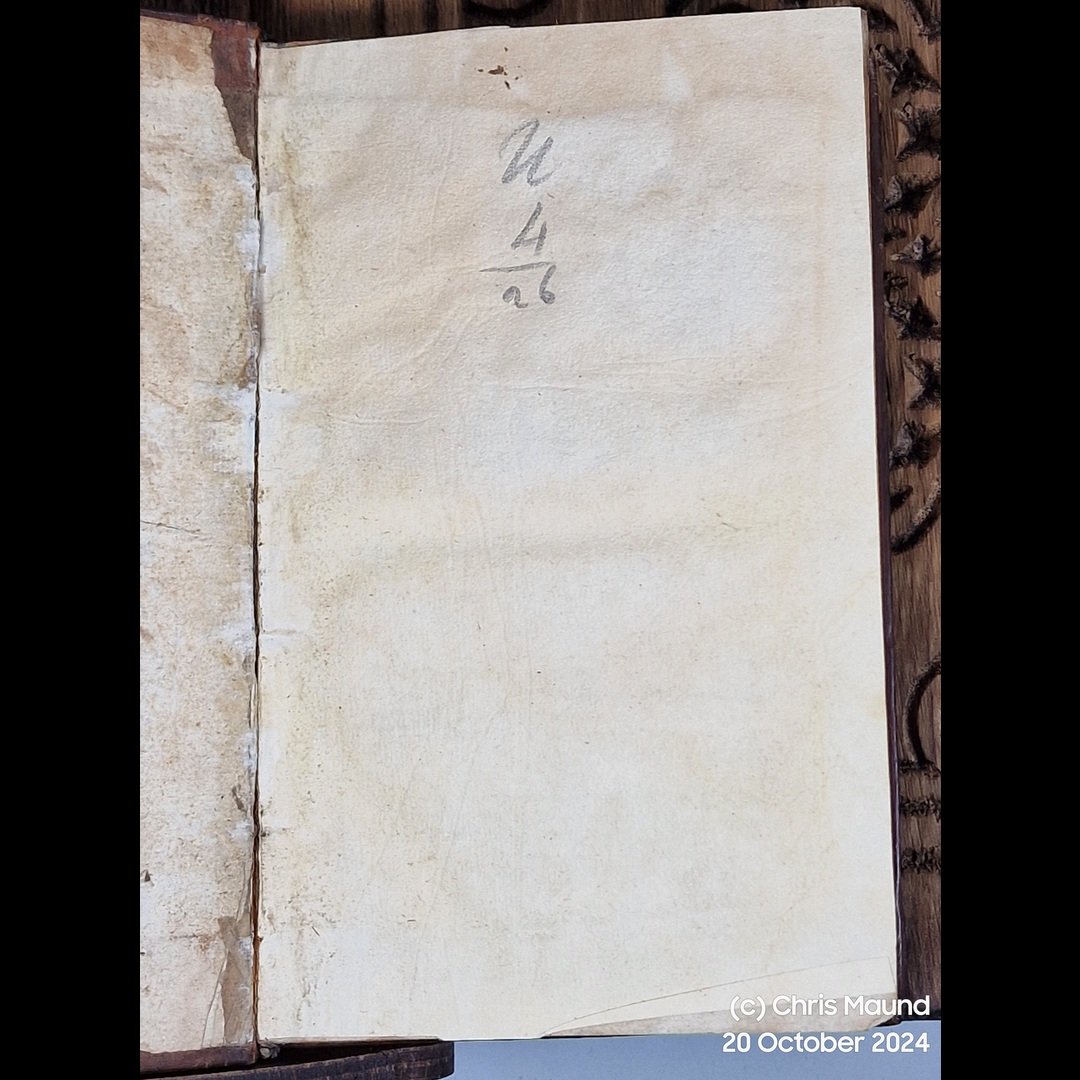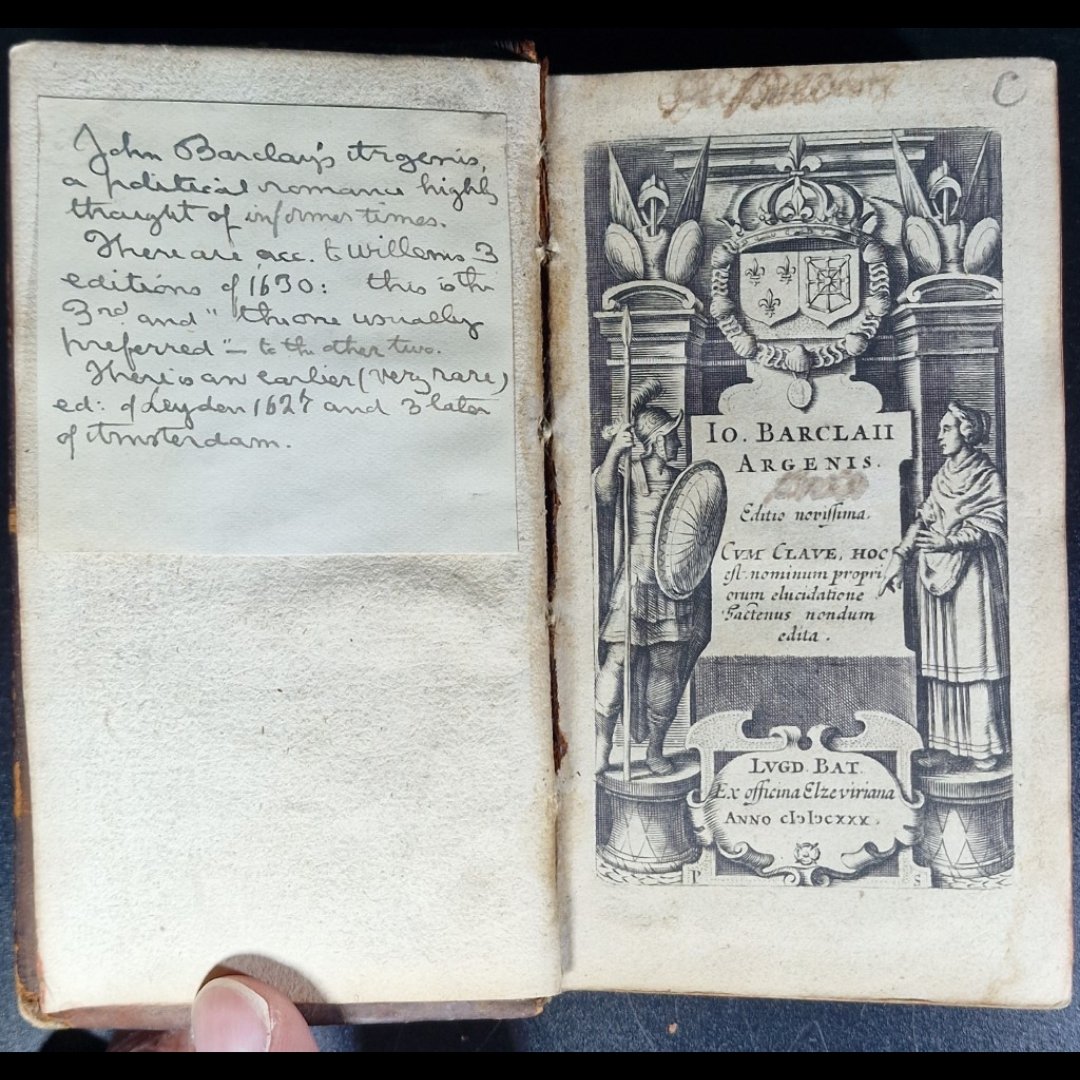 Image 1 of 15
Image 1 of 15

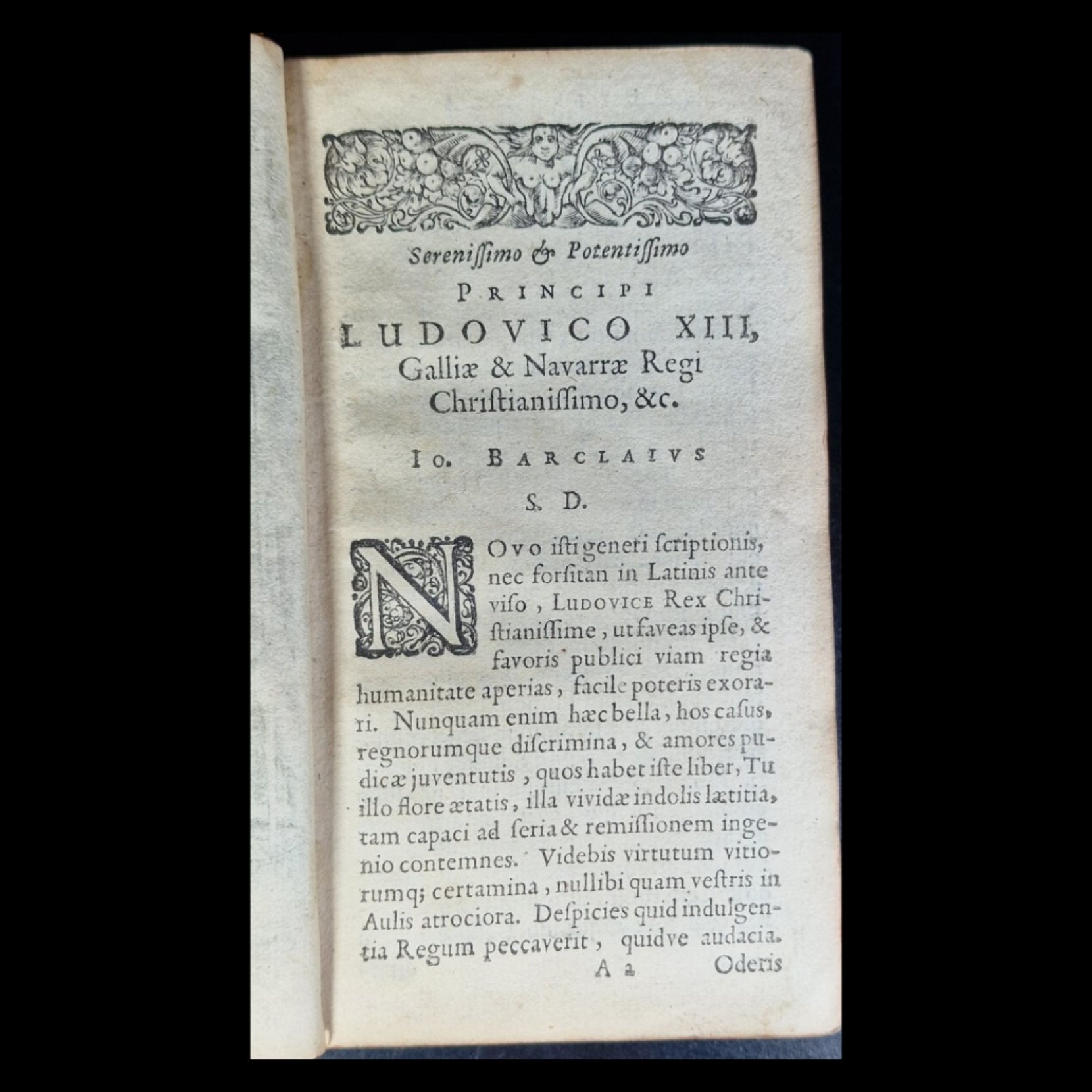 Image 2 of 15
Image 2 of 15

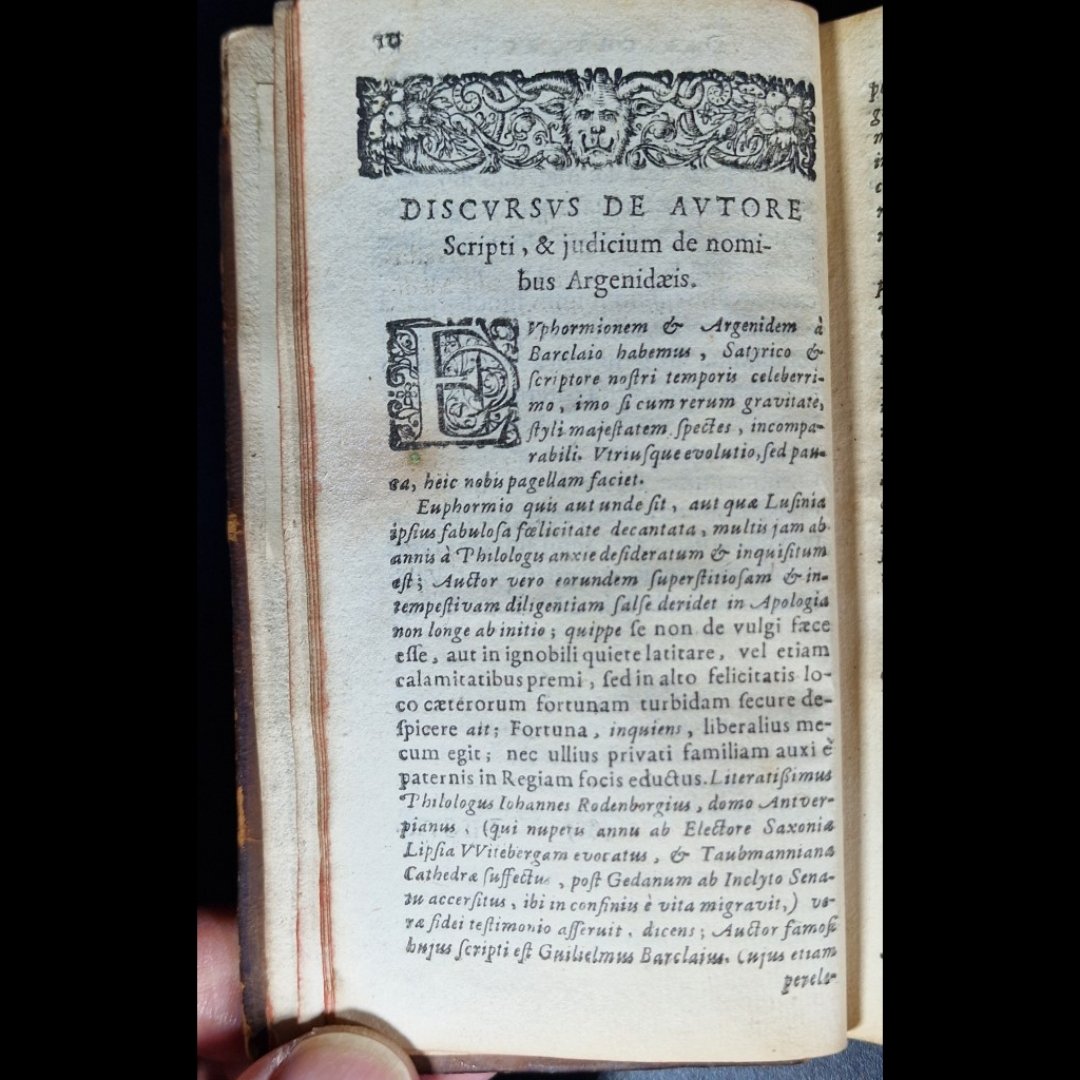 Image 3 of 15
Image 3 of 15

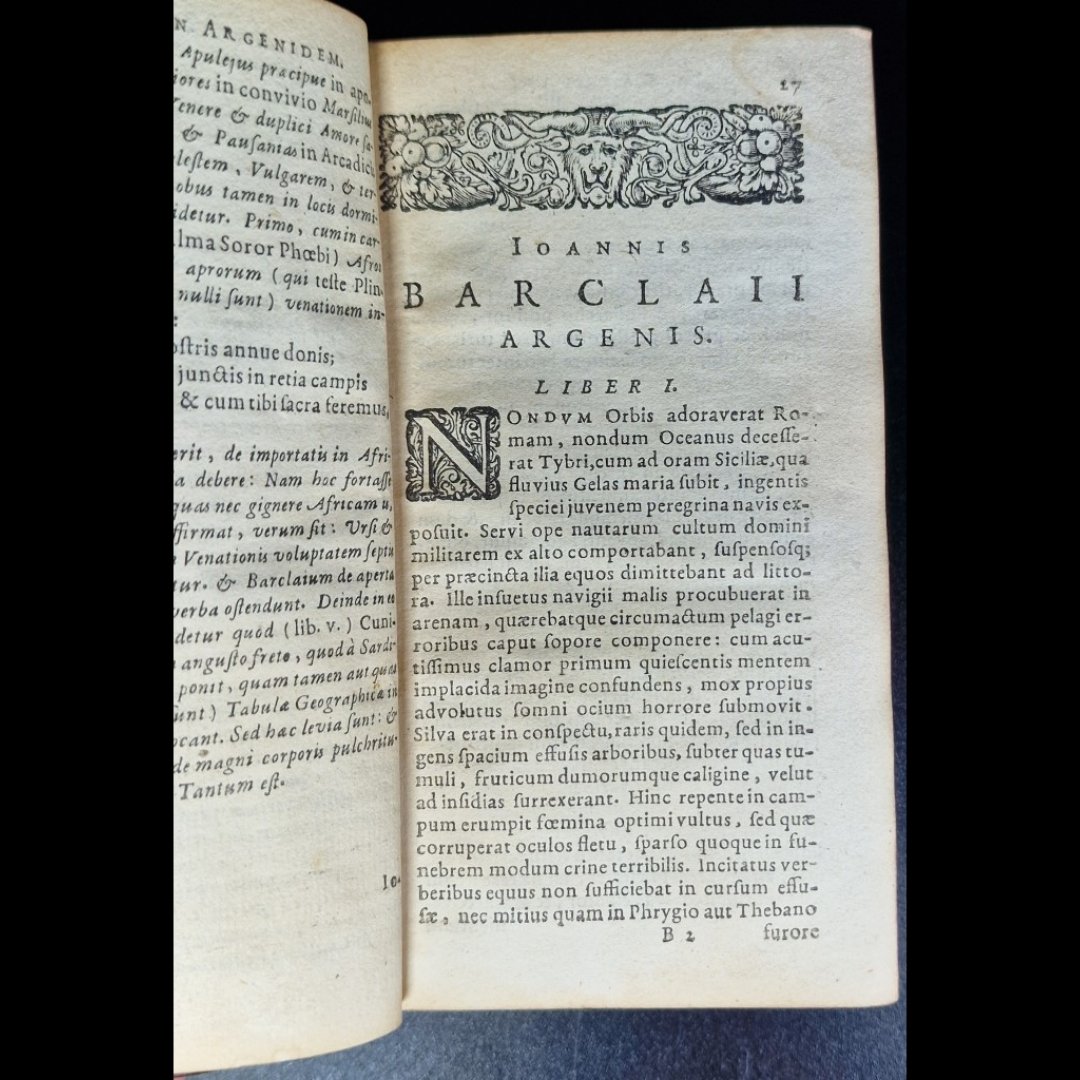 Image 4 of 15
Image 4 of 15

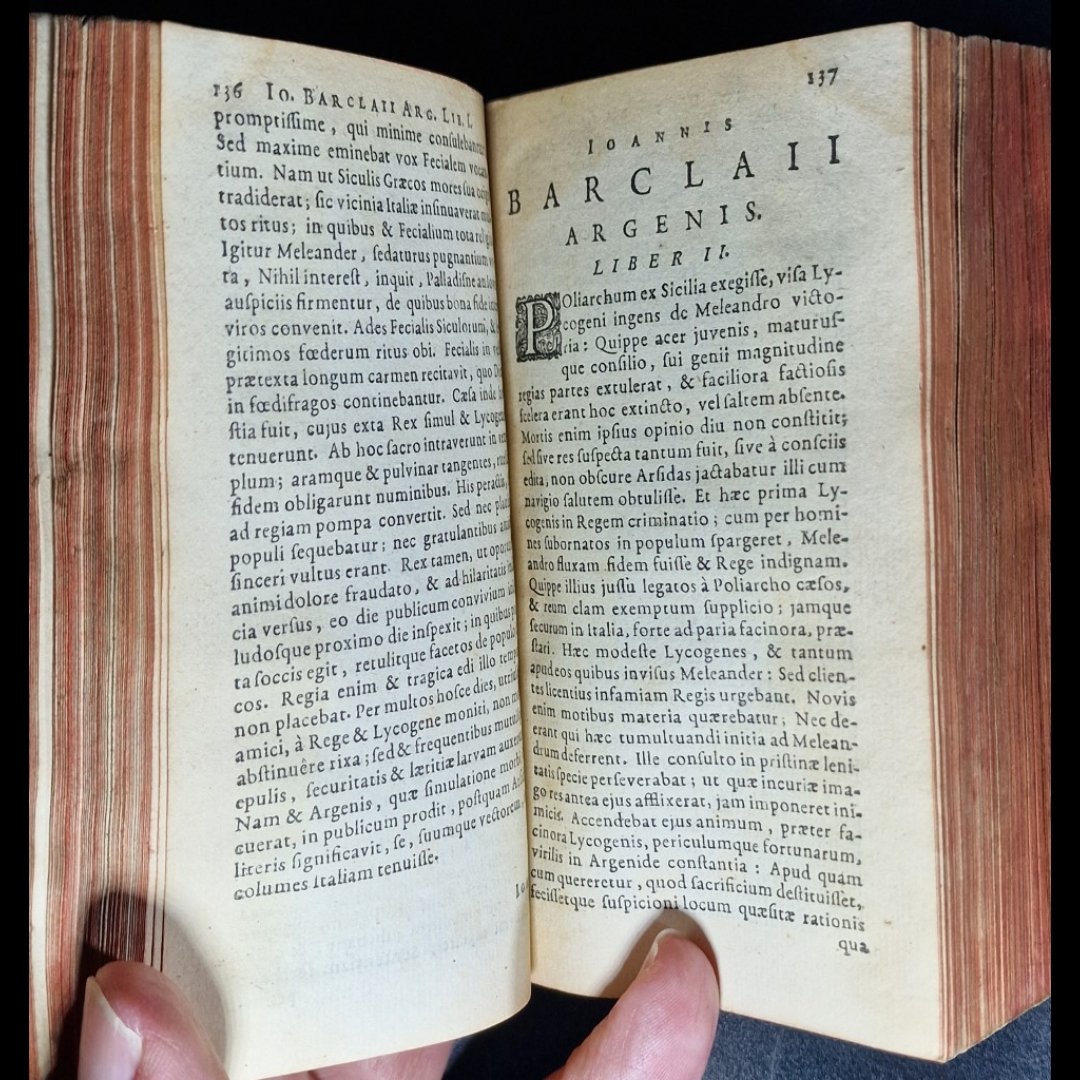 Image 5 of 15
Image 5 of 15

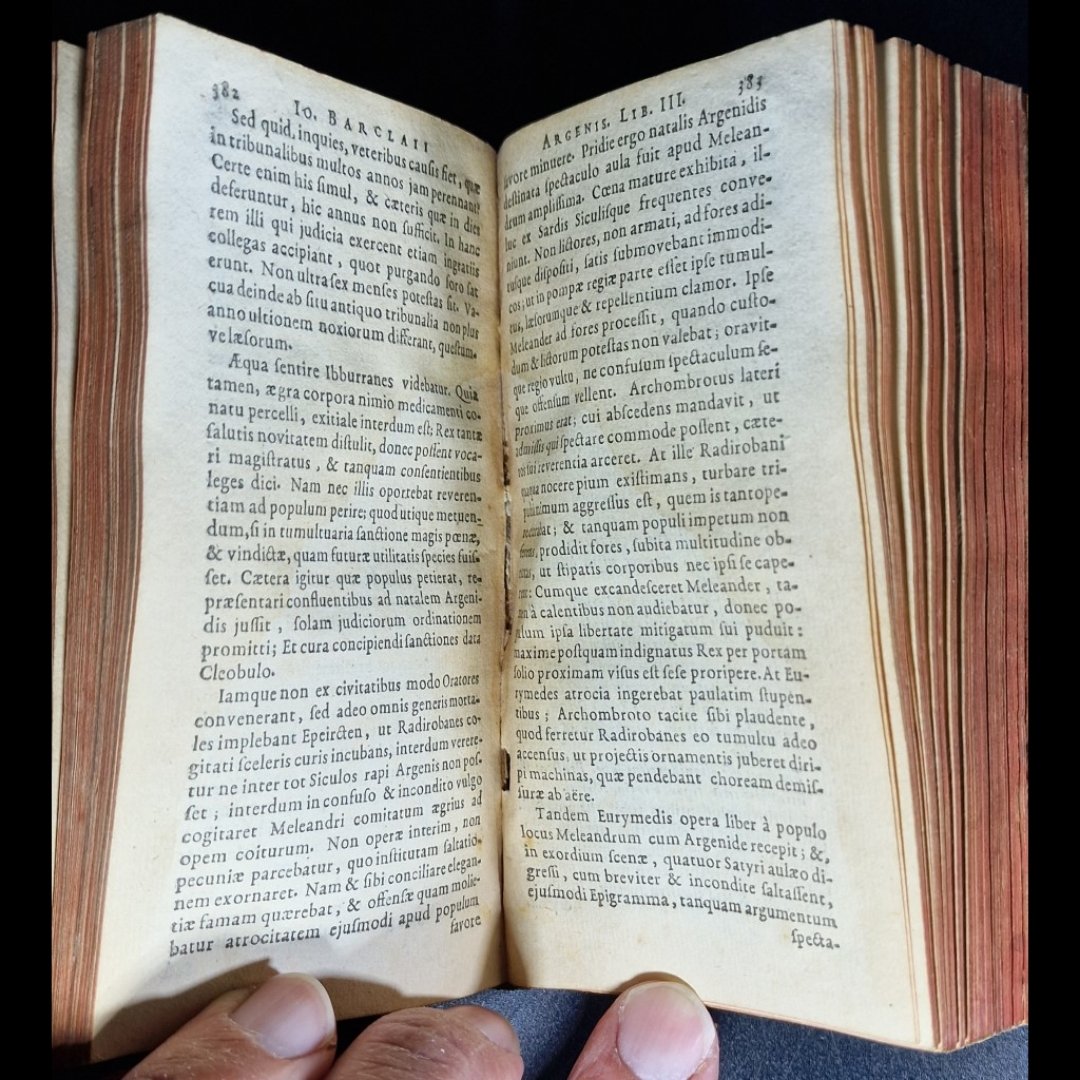 Image 6 of 15
Image 6 of 15

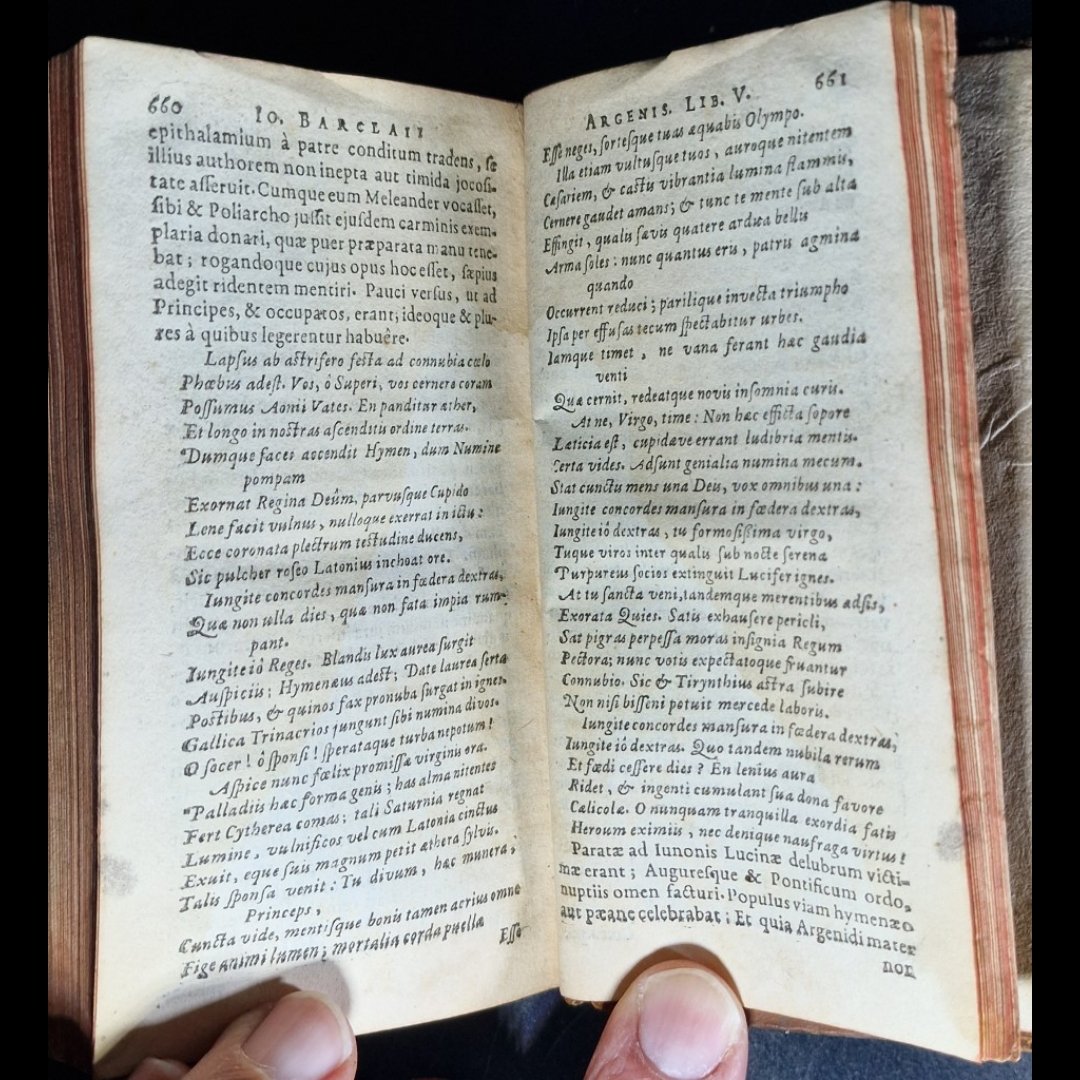 Image 7 of 15
Image 7 of 15

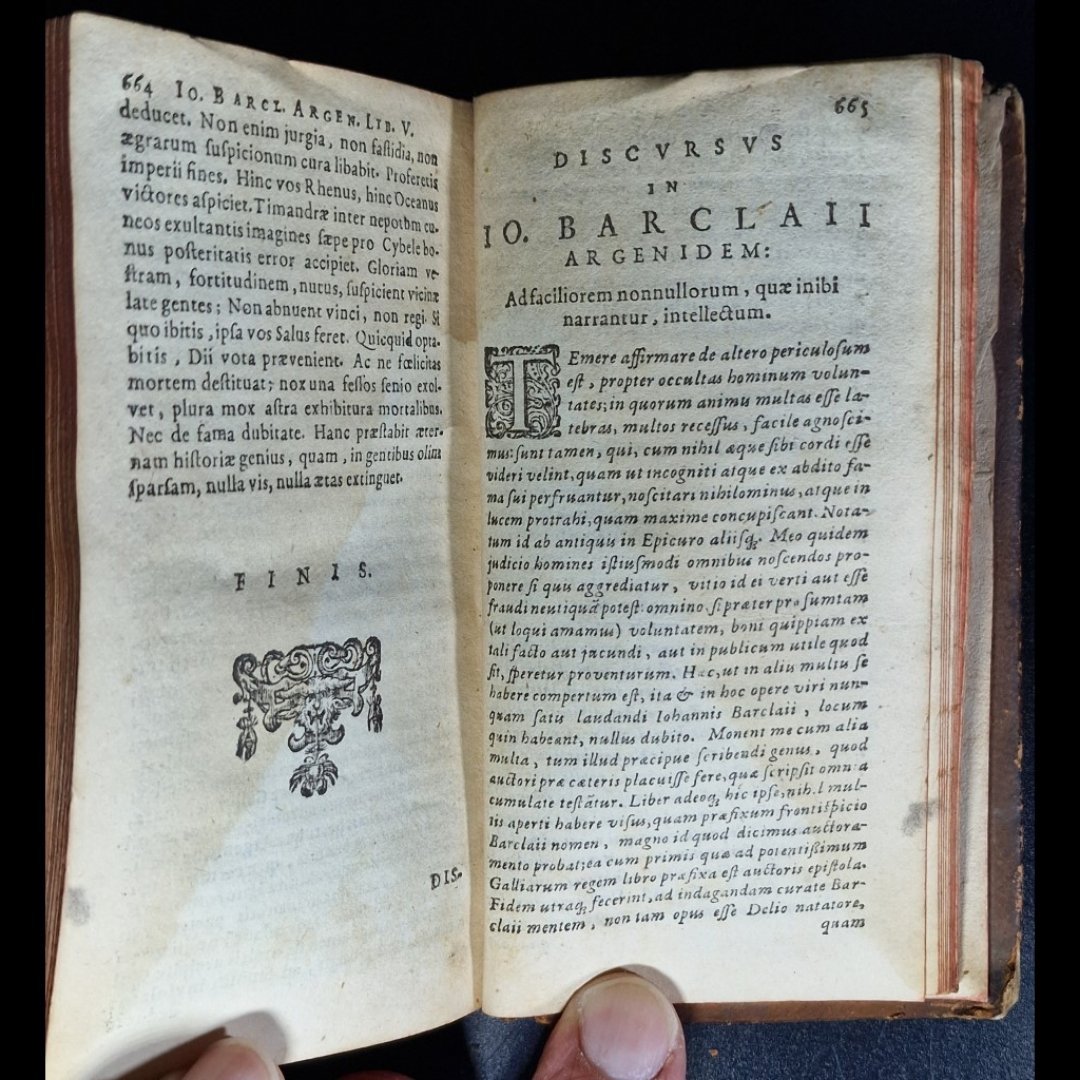 Image 8 of 15
Image 8 of 15

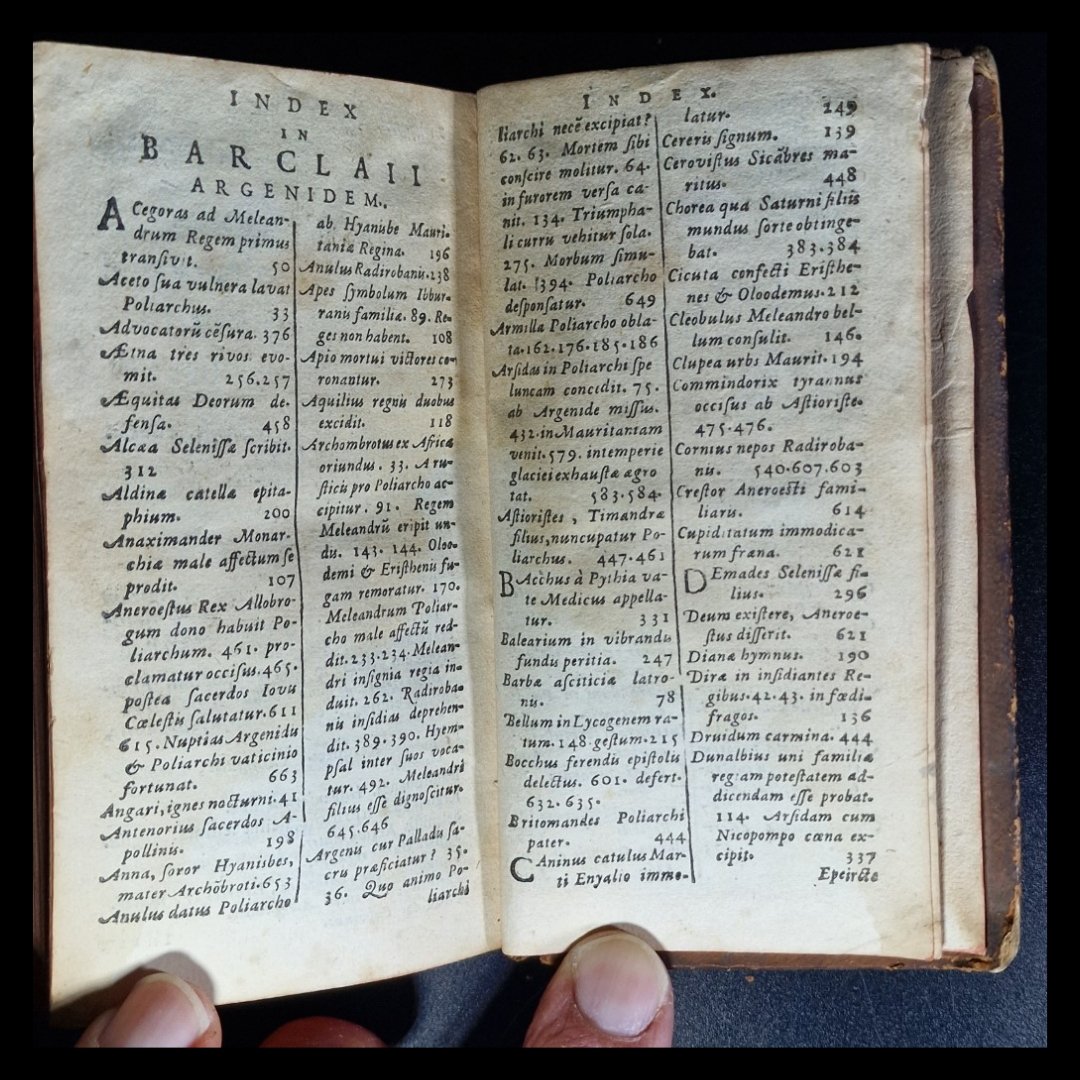 Image 9 of 15
Image 9 of 15

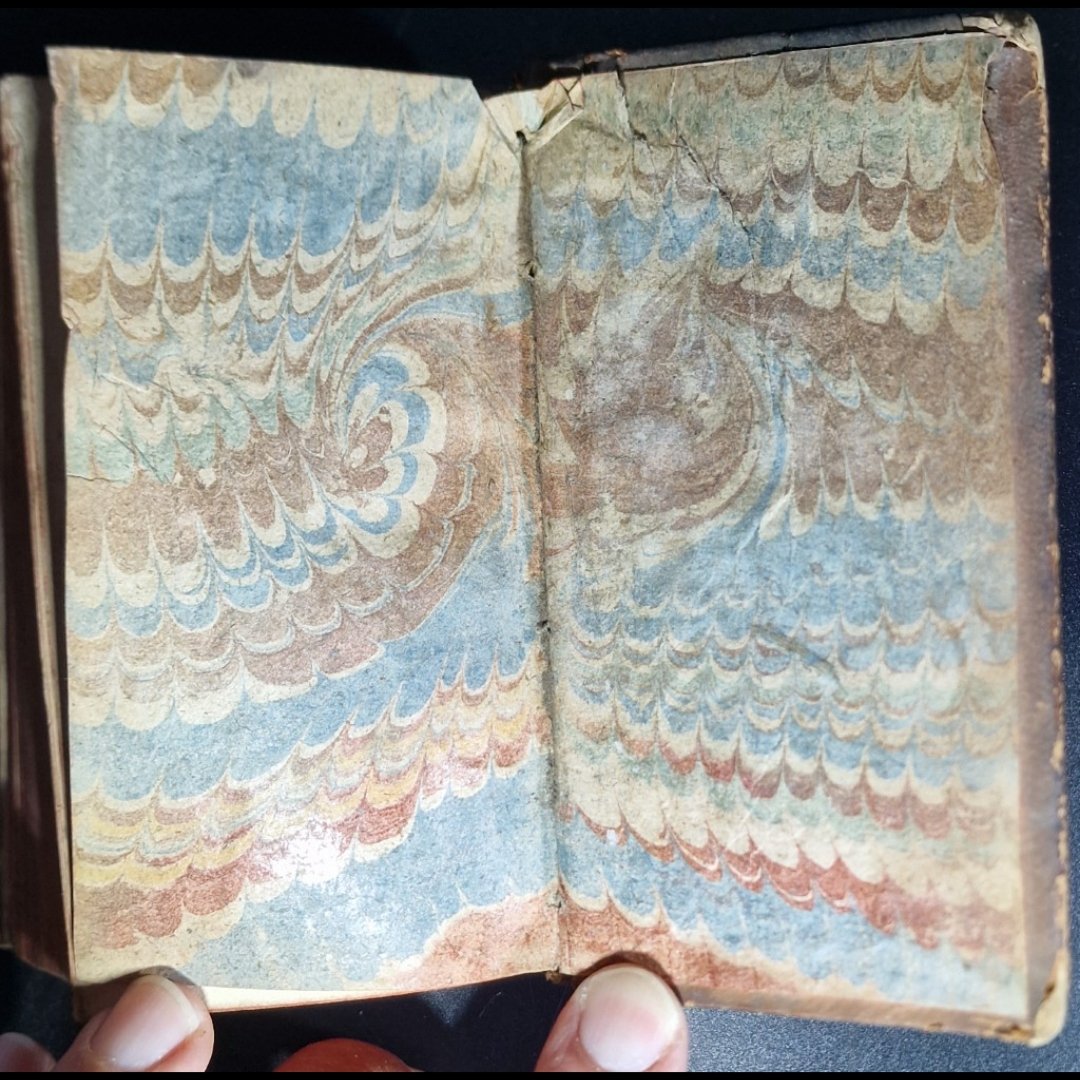 Image 10 of 15
Image 10 of 15

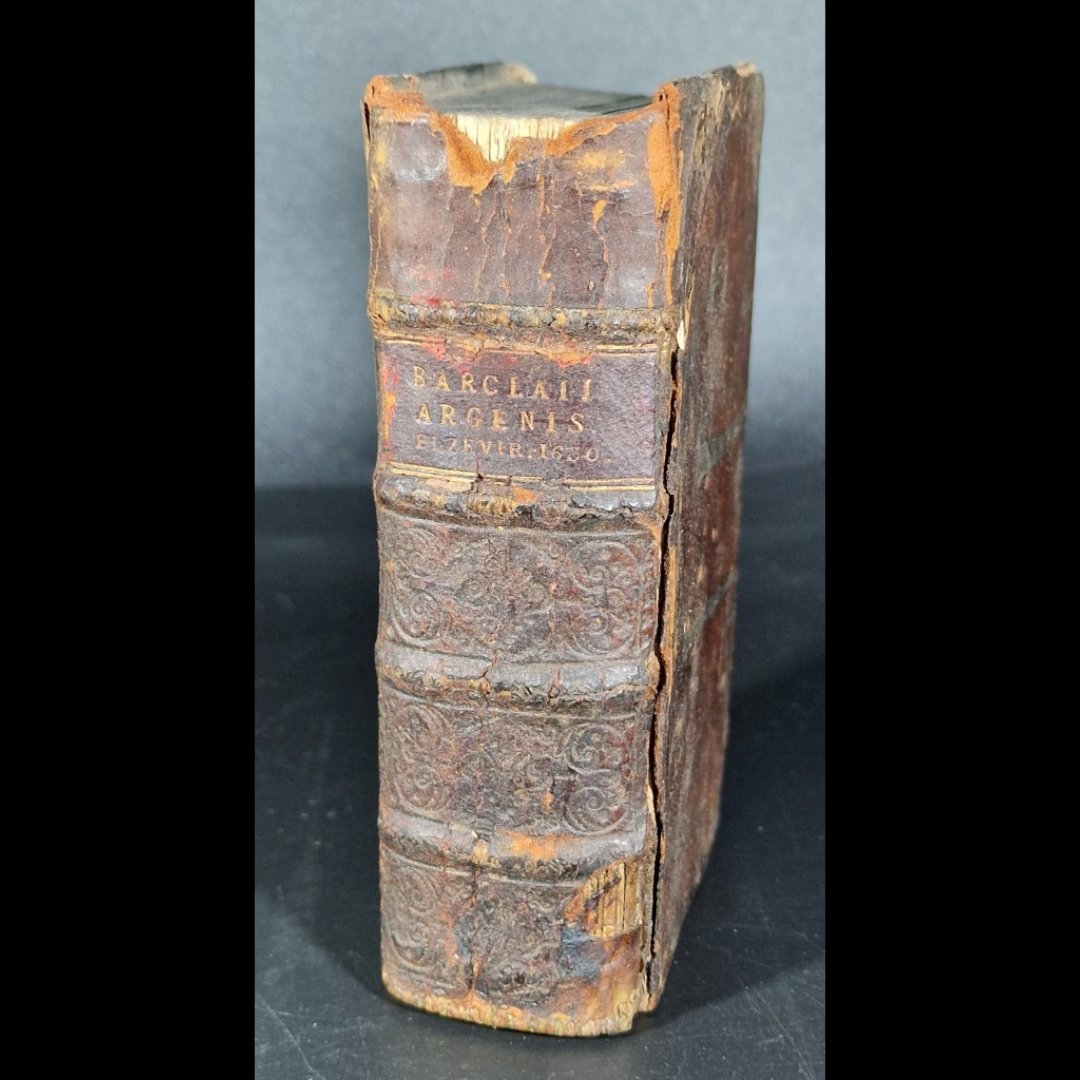 Image 11 of 15
Image 11 of 15

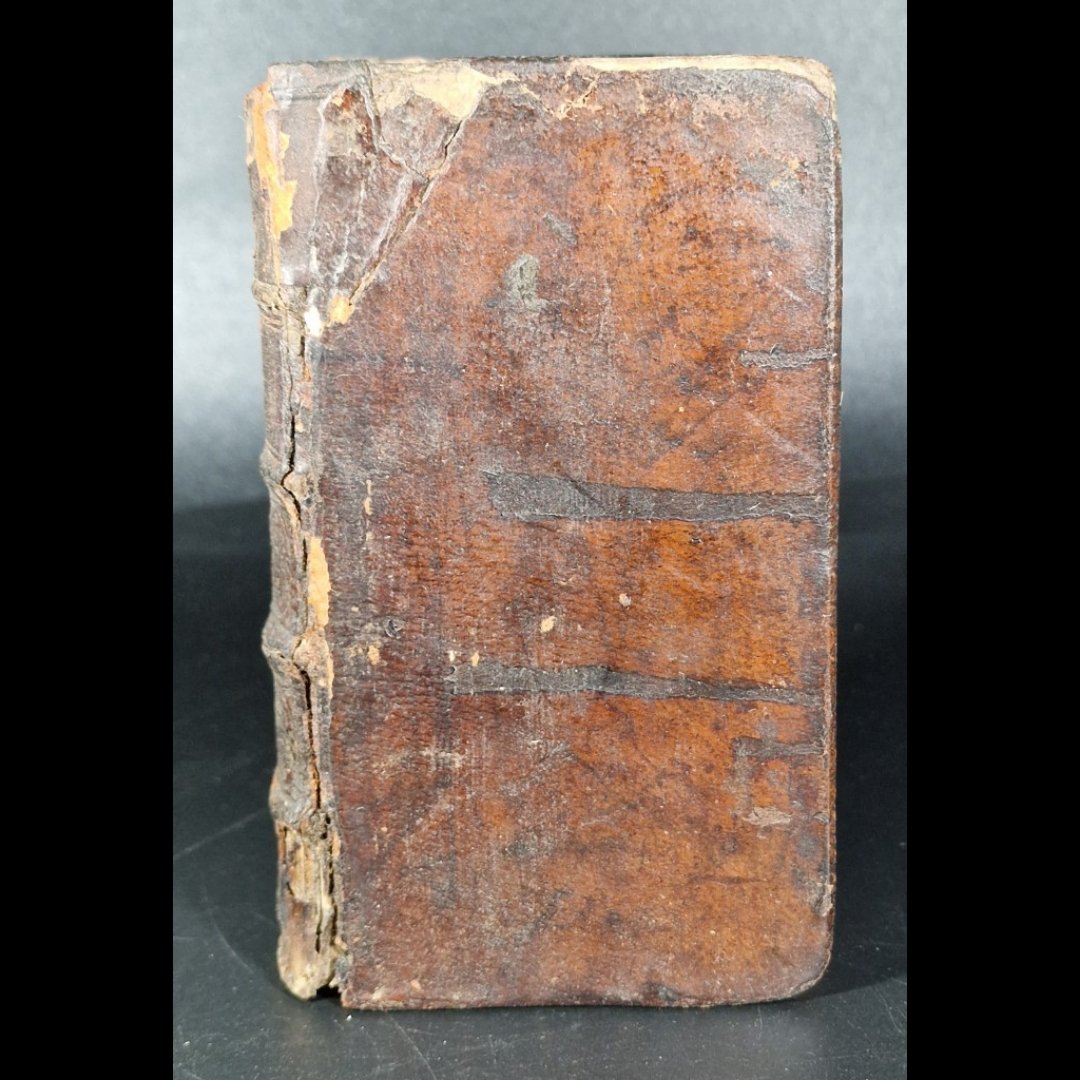 Image 12 of 15
Image 12 of 15

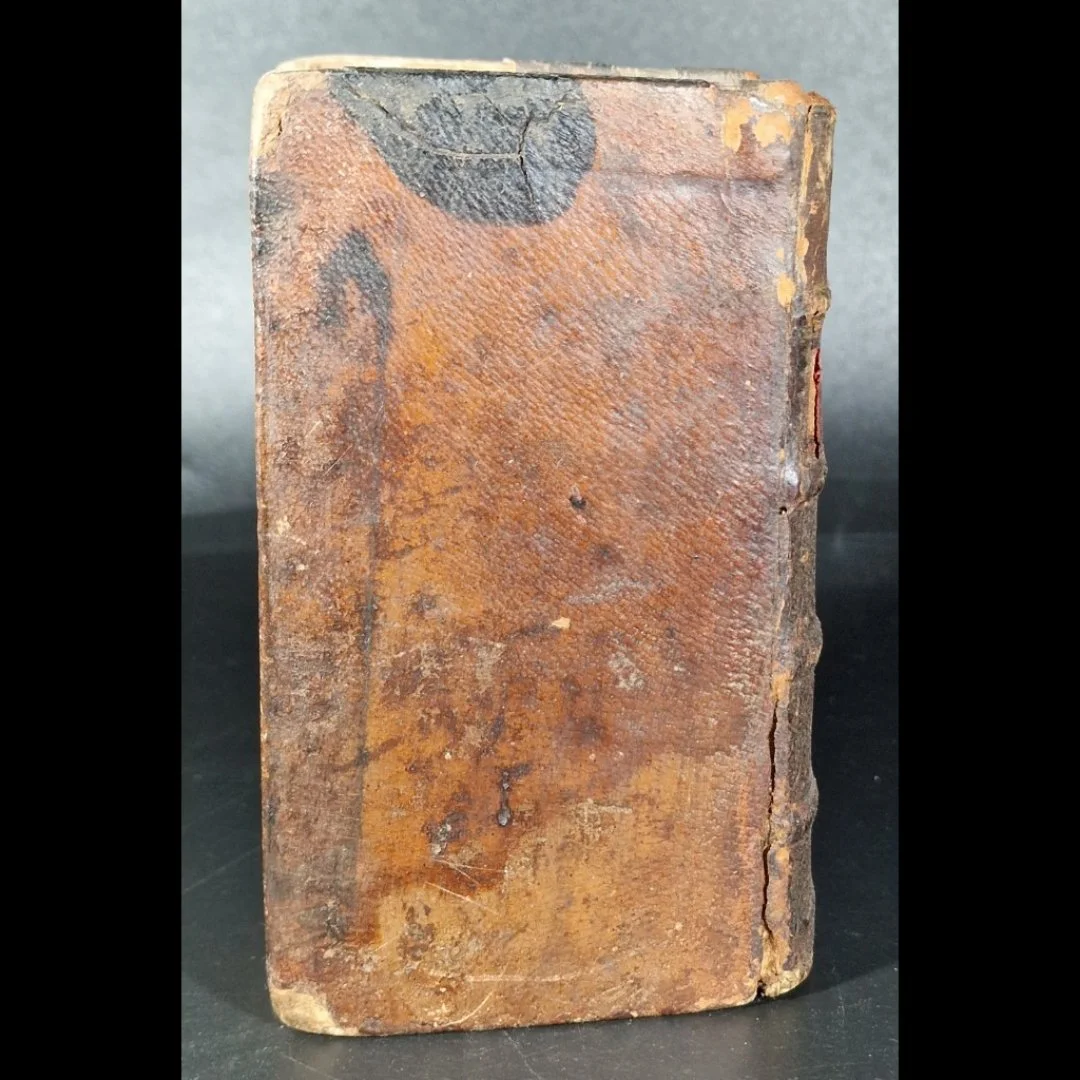 Image 13 of 15
Image 13 of 15

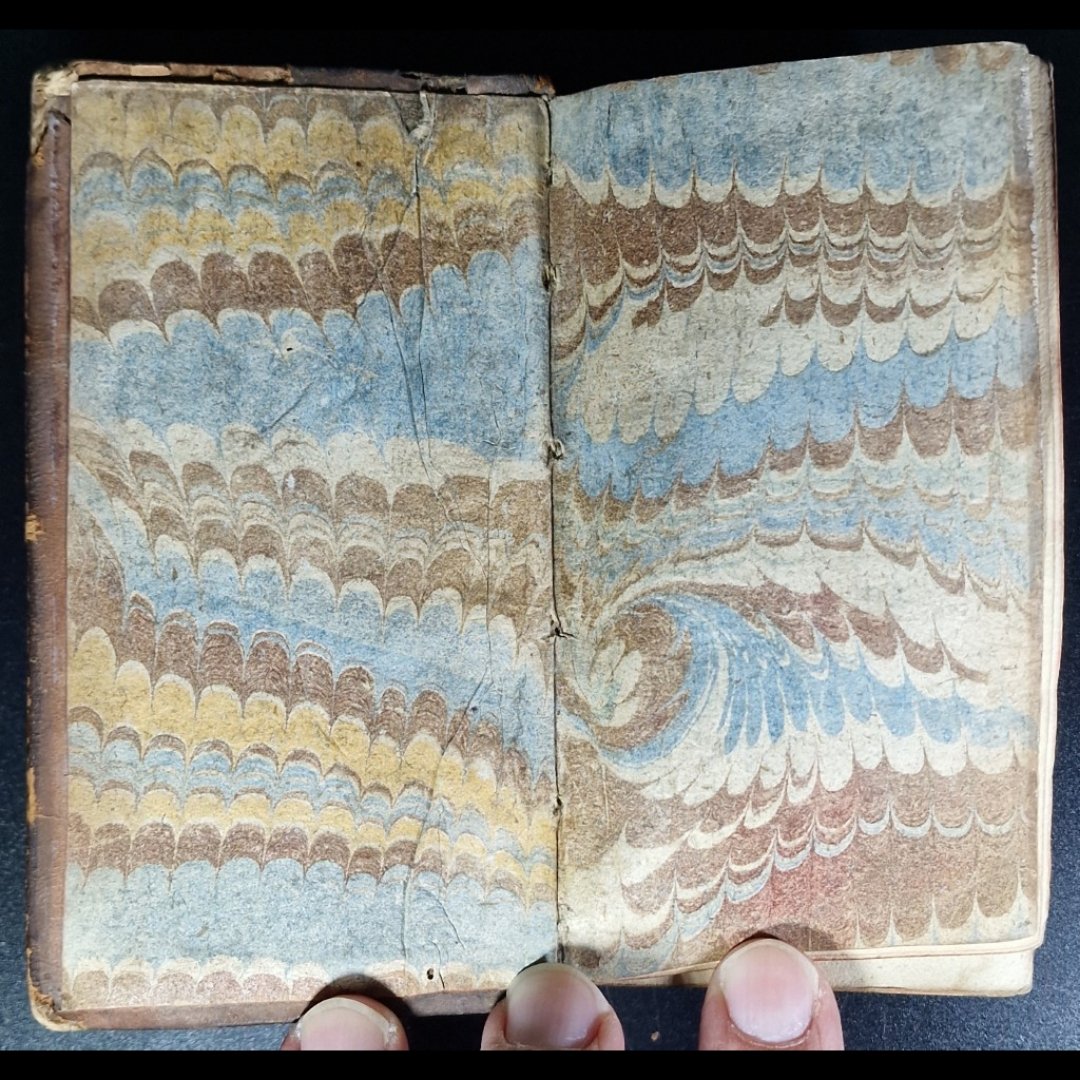 Image 14 of 15
Image 14 of 15

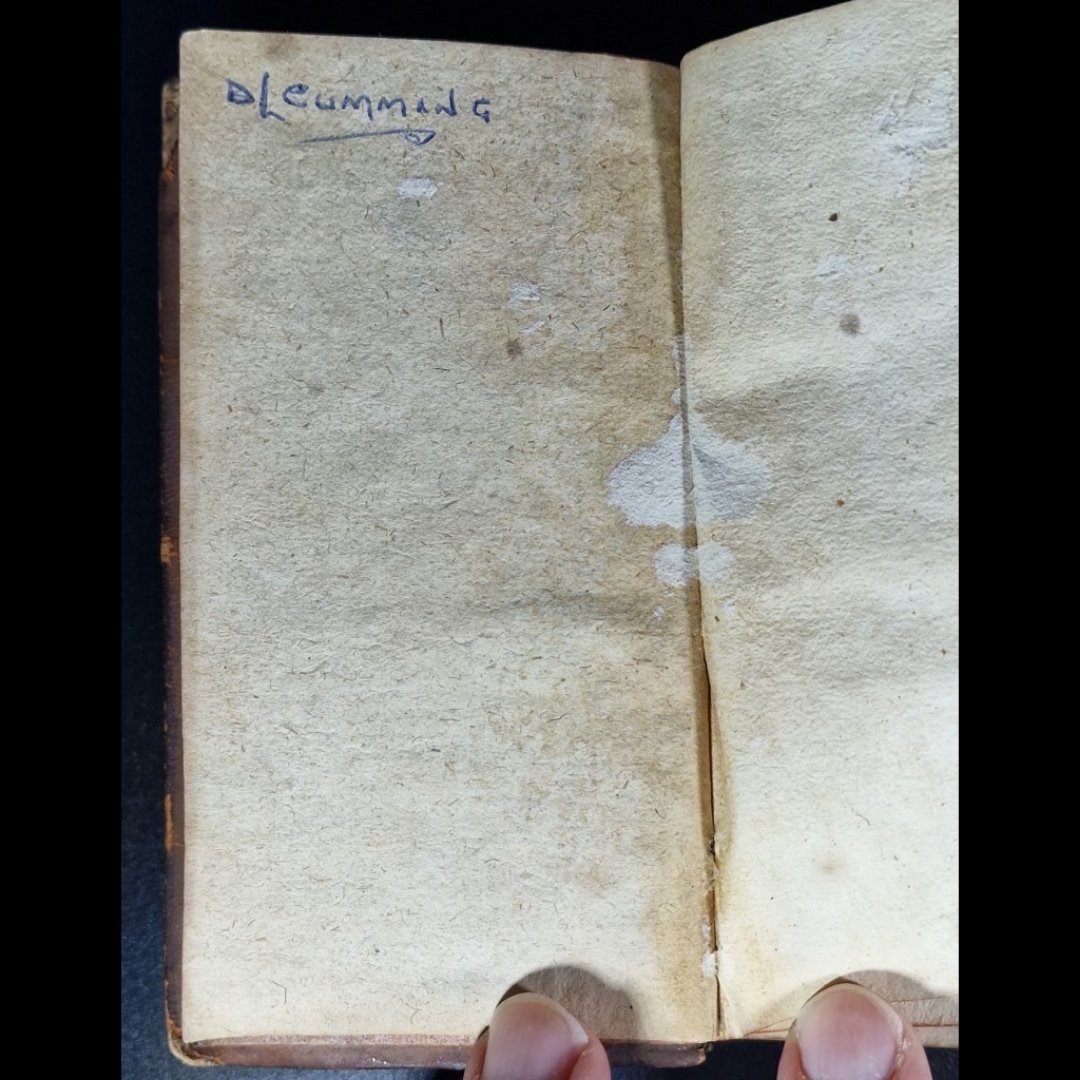 Image 15 of 15
Image 15 of 15
















1630 1st Edtn Leather IO BARCLAY ARGENIS By John Barclay Illus. Good
1630 1st Edition , Leather
IO BARCLAY ARGENIS
By John Barclay
Illustrated By: N/A
Format: Hardcover,
Language: Latin
Dust Jacket: No Jacket, Dust Jacket Condition: No Jacket
Published By: Elzevirios [Elzevir], Amsterdam
duodecimo or twelvemo (12mo 5 × 7+3⁄8 127 × 187),Pages 696
ISBN:
1630 IO. BARCLAII ARGENIS Edito Novissima Cum Clave, Hoc est. nominum propri orum elucidatione gactenus nondum edita John Barclay
With Argenis a new genre, the political romance, was created by John Barclay. It is the greatest of all Neo-Latin novels and a masterpiece of early modern literature. It was a tremendous success throughout Europe, it went through more than 50 editions in the next 100 years and was translated into all the major European languages. It was first published in 1621 in Paris by Nicolas Buon and the Elzeviers printed it for the first time in 1627 (Willems 270), after that twice (or thrice) in 1630 and later another three editions (1655, 1659 and 1671).
The work, drafted into five books, combines elements of a romance, political treatise and historical allegory. The romance is about the love of Argenis, the daughter of the Sicilian King Meleander, and the valiant Poliarchus, their vicissitudes and final triumph; the political treatise discusses various political and religious topics as Barclay had experienced these at the court of King James I, but also as he had observed them in France; the historical allegory is about the religious conflict in France under Henry III and Henry IV, but also on contemporary English events, whereby the protagonists of this historical allegory represent probably specific historical figures. The tendency of the work is that of absolute royal power and against popular sovereignty. Barclay admonishes aristocrats, denounces political faction and conspiracy and shows how these might be repressed. The story unfolds from the viewpoint of the king who reduces the power of the aritocracy "in the interest of the country".
John Barclay [1582 - 1621] was a catholic Scottish, author, satirist and neo-Latin poet, who was born in France, where he went to a Jesuit college. Barclay became well known because of his Satyricon, a satire on the Jesuits and the Puritans, the first part of which was published in 1605 and the second part in 1607, both in Paris. In 1616 Barclay went to live in Rome, where he received a pension from Pope Paul V (on Barclay, see DNB, I, pp 1082-4).
SKU: BTETM0001998
Approximate Package Dimensions H: 12.5, L: 30, W: 25 (Units: cm), W: 2Kg
1630 1st Edition , Leather
IO BARCLAY ARGENIS
By John Barclay
Illustrated By: N/A
Format: Hardcover,
Language: Latin
Dust Jacket: No Jacket, Dust Jacket Condition: No Jacket
Published By: Elzevirios [Elzevir], Amsterdam
duodecimo or twelvemo (12mo 5 × 7+3⁄8 127 × 187),Pages 696
ISBN:
1630 IO. BARCLAII ARGENIS Edito Novissima Cum Clave, Hoc est. nominum propri orum elucidatione gactenus nondum edita John Barclay
With Argenis a new genre, the political romance, was created by John Barclay. It is the greatest of all Neo-Latin novels and a masterpiece of early modern literature. It was a tremendous success throughout Europe, it went through more than 50 editions in the next 100 years and was translated into all the major European languages. It was first published in 1621 in Paris by Nicolas Buon and the Elzeviers printed it for the first time in 1627 (Willems 270), after that twice (or thrice) in 1630 and later another three editions (1655, 1659 and 1671).
The work, drafted into five books, combines elements of a romance, political treatise and historical allegory. The romance is about the love of Argenis, the daughter of the Sicilian King Meleander, and the valiant Poliarchus, their vicissitudes and final triumph; the political treatise discusses various political and religious topics as Barclay had experienced these at the court of King James I, but also as he had observed them in France; the historical allegory is about the religious conflict in France under Henry III and Henry IV, but also on contemporary English events, whereby the protagonists of this historical allegory represent probably specific historical figures. The tendency of the work is that of absolute royal power and against popular sovereignty. Barclay admonishes aristocrats, denounces political faction and conspiracy and shows how these might be repressed. The story unfolds from the viewpoint of the king who reduces the power of the aritocracy "in the interest of the country".
John Barclay [1582 - 1621] was a catholic Scottish, author, satirist and neo-Latin poet, who was born in France, where he went to a Jesuit college. Barclay became well known because of his Satyricon, a satire on the Jesuits and the Puritans, the first part of which was published in 1605 and the second part in 1607, both in Paris. In 1616 Barclay went to live in Rome, where he received a pension from Pope Paul V (on Barclay, see DNB, I, pp 1082-4).
SKU: BTETM0001998
Approximate Package Dimensions H: 12.5, L: 30, W: 25 (Units: cm), W: 2Kg
1630 1st Edition , Leather
IO BARCLAY ARGENIS
By John Barclay
Illustrated By: N/A
Format: Hardcover,
Language: Latin
Dust Jacket: No Jacket, Dust Jacket Condition: No Jacket
Published By: Elzevirios [Elzevir], Amsterdam
duodecimo or twelvemo (12mo 5 × 7+3⁄8 127 × 187),Pages 696
ISBN:
1630 IO. BARCLAII ARGENIS Edito Novissima Cum Clave, Hoc est. nominum propri orum elucidatione gactenus nondum edita John Barclay
With Argenis a new genre, the political romance, was created by John Barclay. It is the greatest of all Neo-Latin novels and a masterpiece of early modern literature. It was a tremendous success throughout Europe, it went through more than 50 editions in the next 100 years and was translated into all the major European languages. It was first published in 1621 in Paris by Nicolas Buon and the Elzeviers printed it for the first time in 1627 (Willems 270), after that twice (or thrice) in 1630 and later another three editions (1655, 1659 and 1671).
The work, drafted into five books, combines elements of a romance, political treatise and historical allegory. The romance is about the love of Argenis, the daughter of the Sicilian King Meleander, and the valiant Poliarchus, their vicissitudes and final triumph; the political treatise discusses various political and religious topics as Barclay had experienced these at the court of King James I, but also as he had observed them in France; the historical allegory is about the religious conflict in France under Henry III and Henry IV, but also on contemporary English events, whereby the protagonists of this historical allegory represent probably specific historical figures. The tendency of the work is that of absolute royal power and against popular sovereignty. Barclay admonishes aristocrats, denounces political faction and conspiracy and shows how these might be repressed. The story unfolds from the viewpoint of the king who reduces the power of the aritocracy "in the interest of the country".
John Barclay [1582 - 1621] was a catholic Scottish, author, satirist and neo-Latin poet, who was born in France, where he went to a Jesuit college. Barclay became well known because of his Satyricon, a satire on the Jesuits and the Puritans, the first part of which was published in 1605 and the second part in 1607, both in Paris. In 1616 Barclay went to live in Rome, where he received a pension from Pope Paul V (on Barclay, see DNB, I, pp 1082-4).
SKU: BTETM0001998
Approximate Package Dimensions H: 12.5, L: 30, W: 25 (Units: cm), W: 2Kg
Good+ - boards worn, previous owner name on title page. Text block firm and clean. Marbled end papers worn with minor soiling. Also see photos.
You Might Also Like
